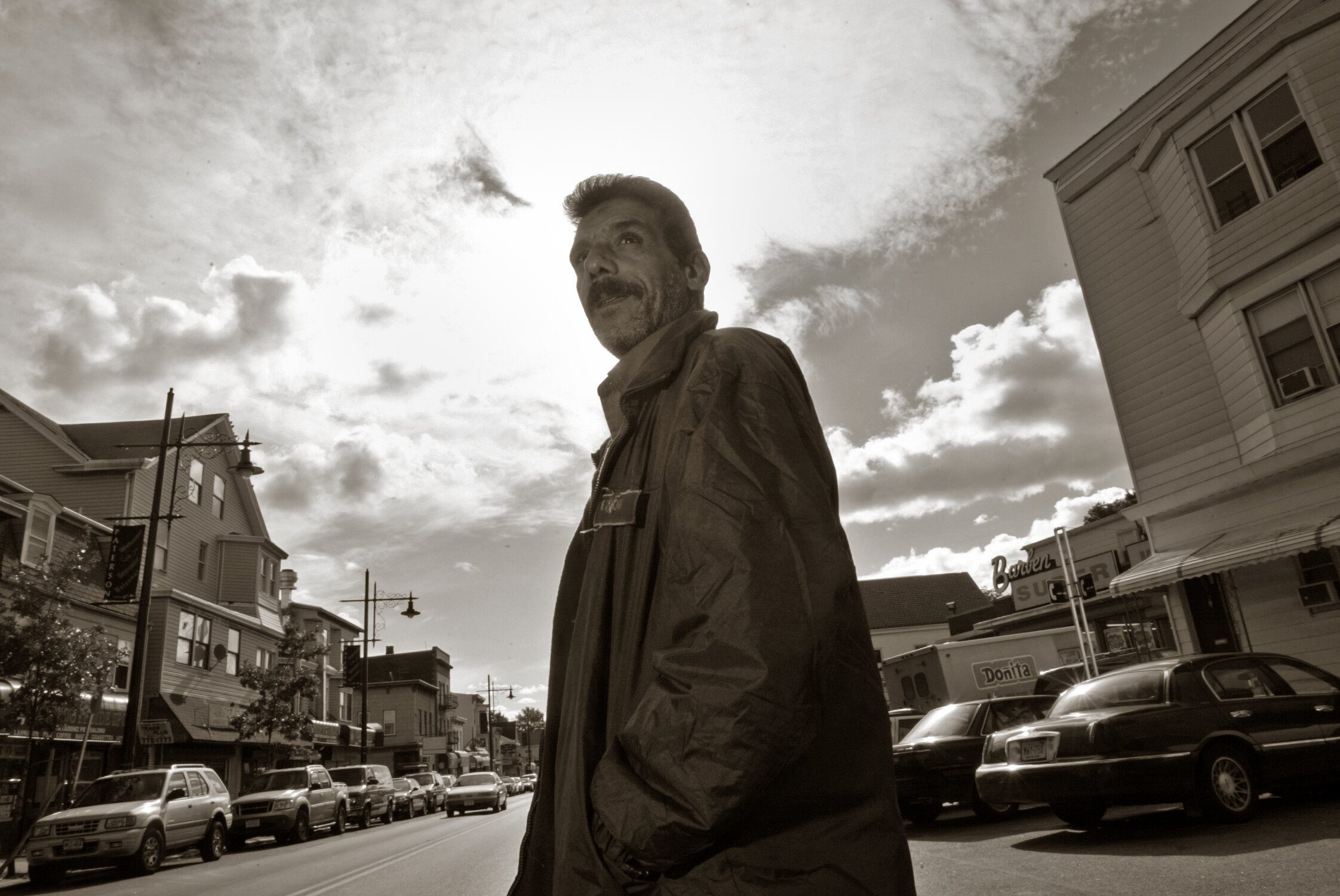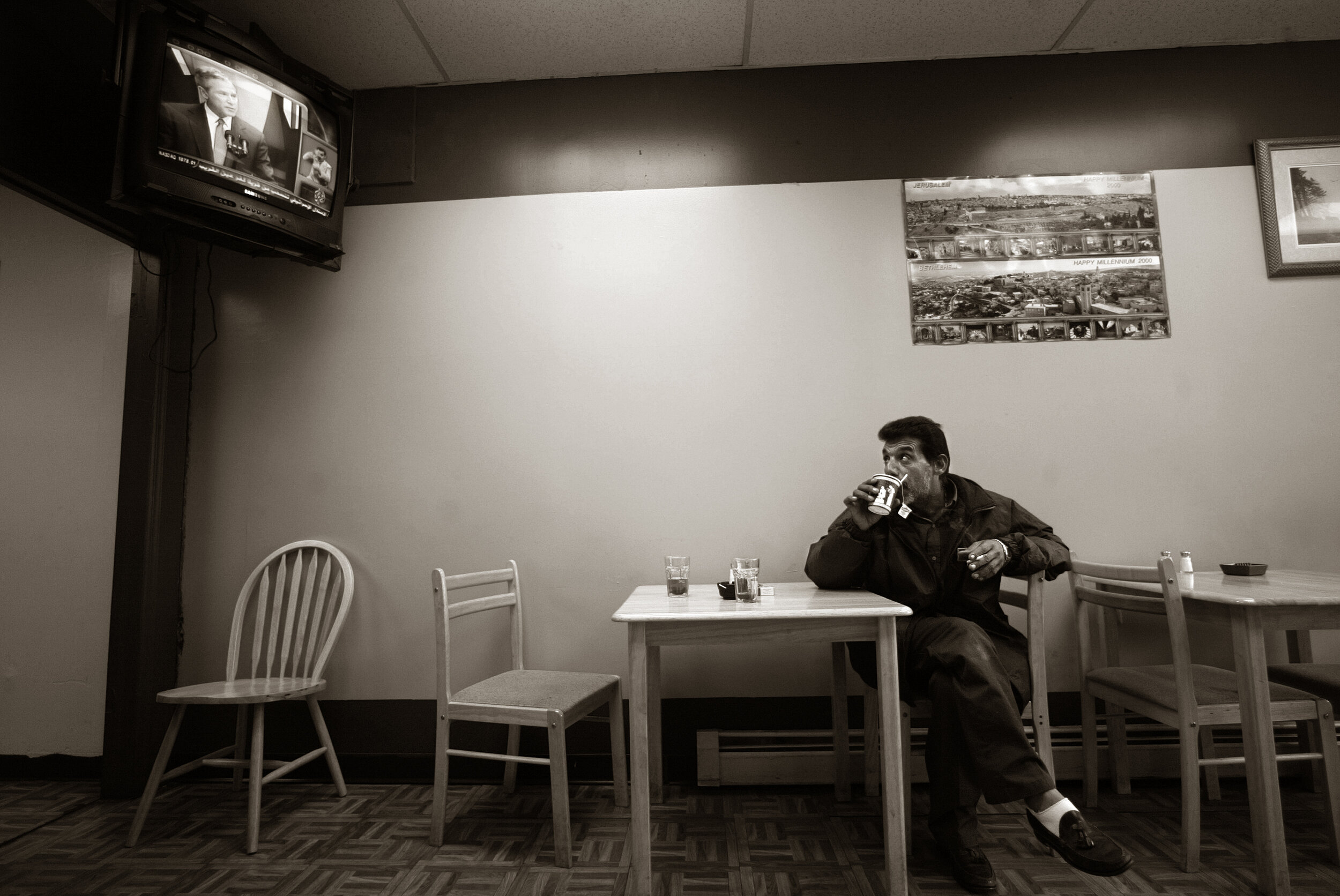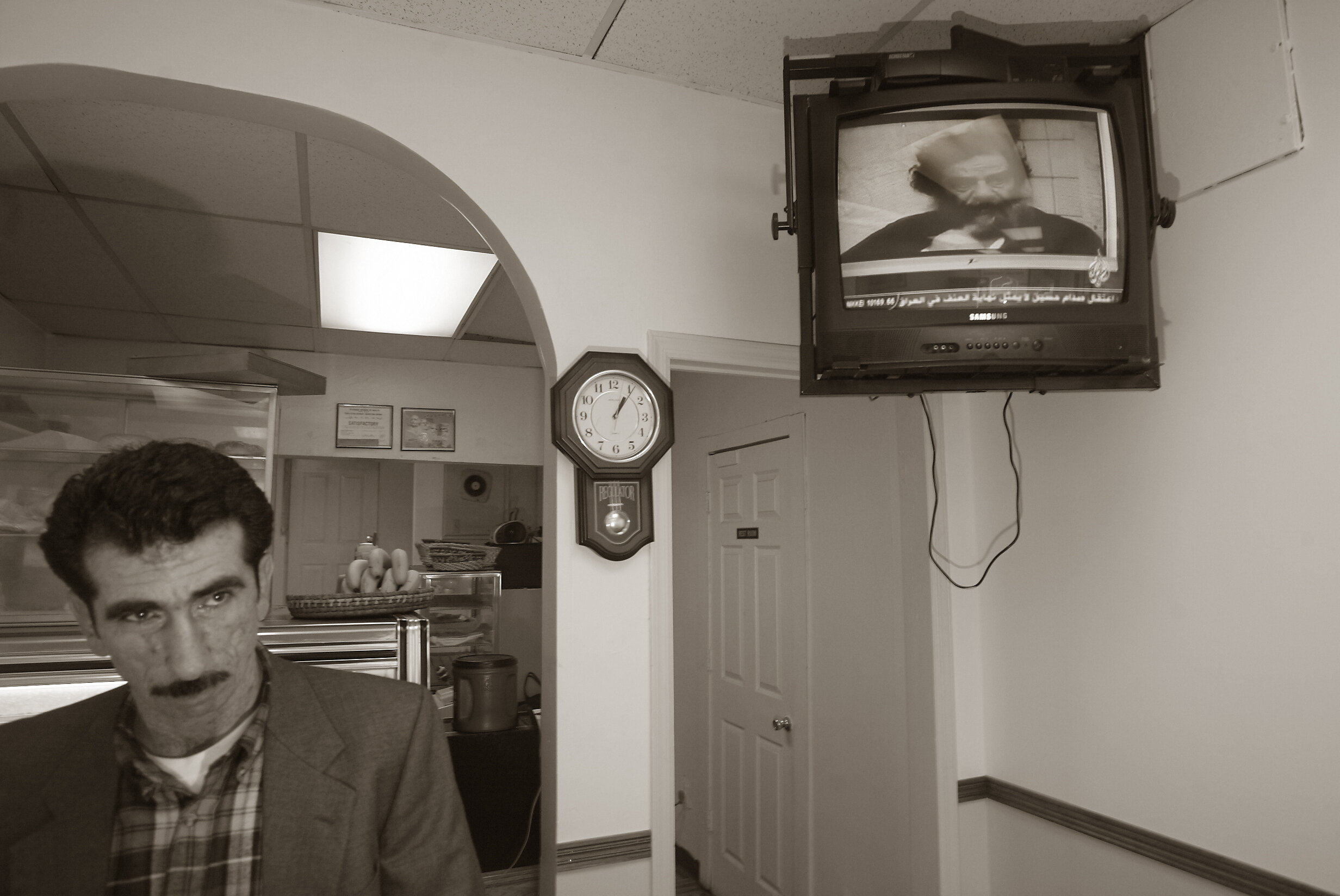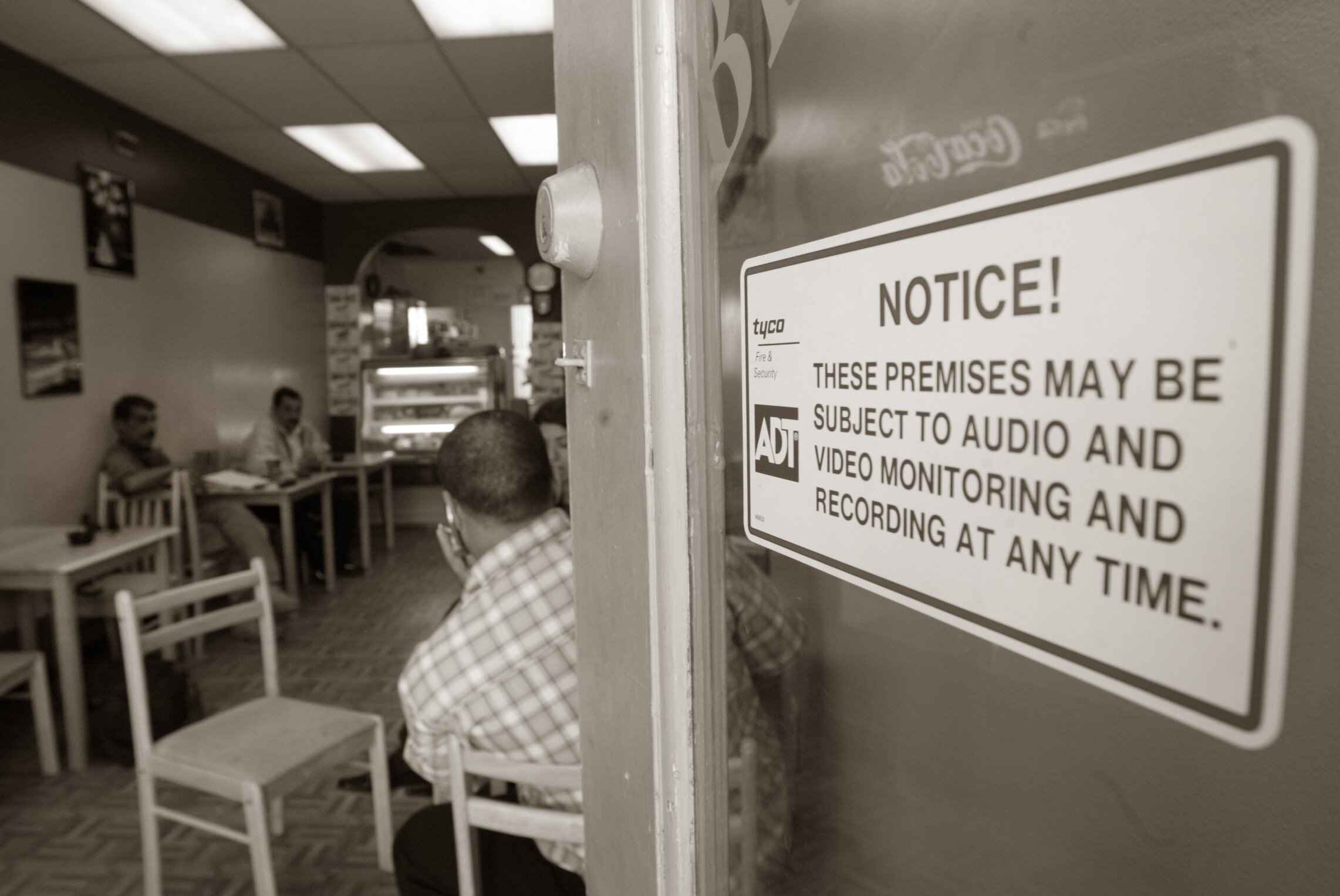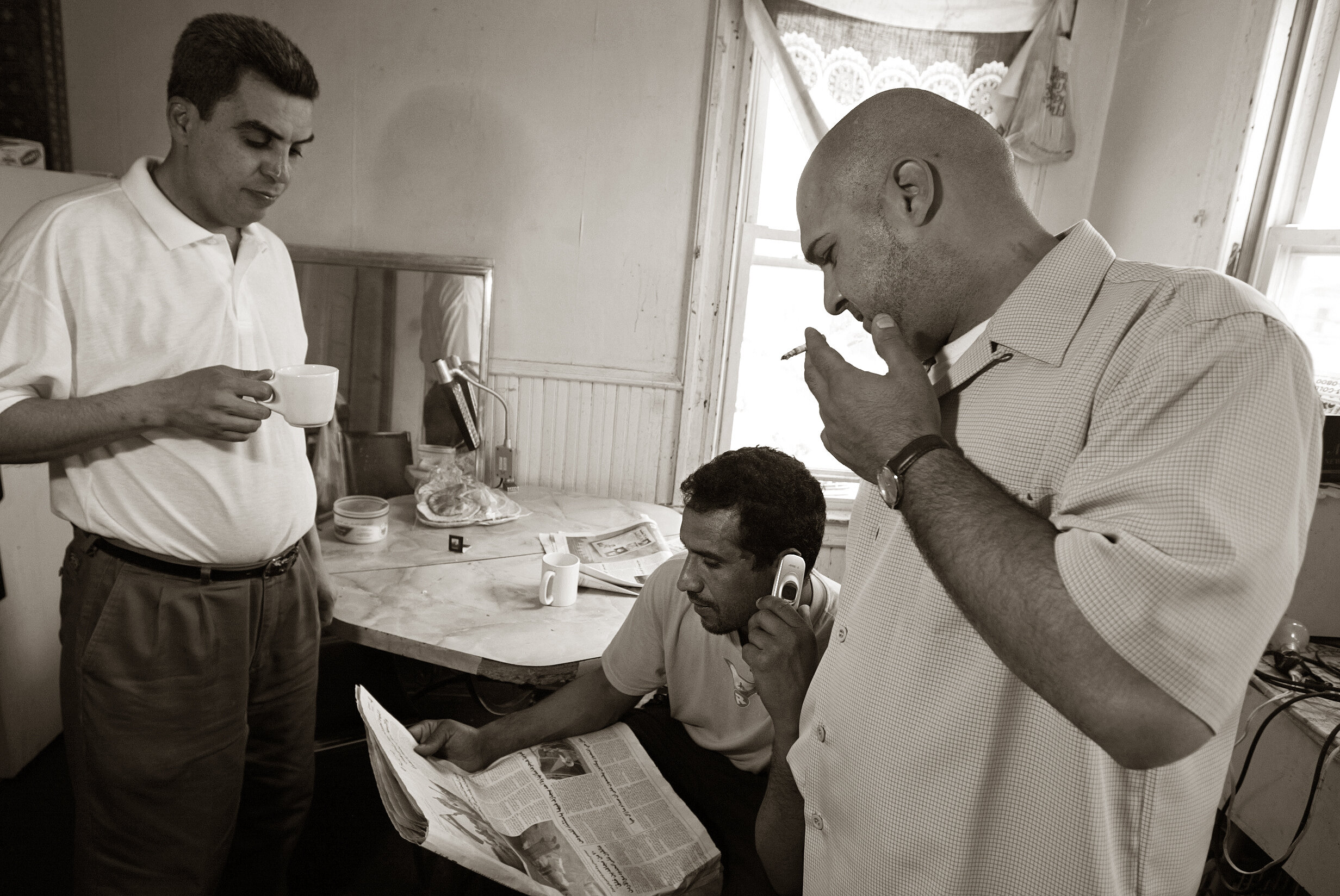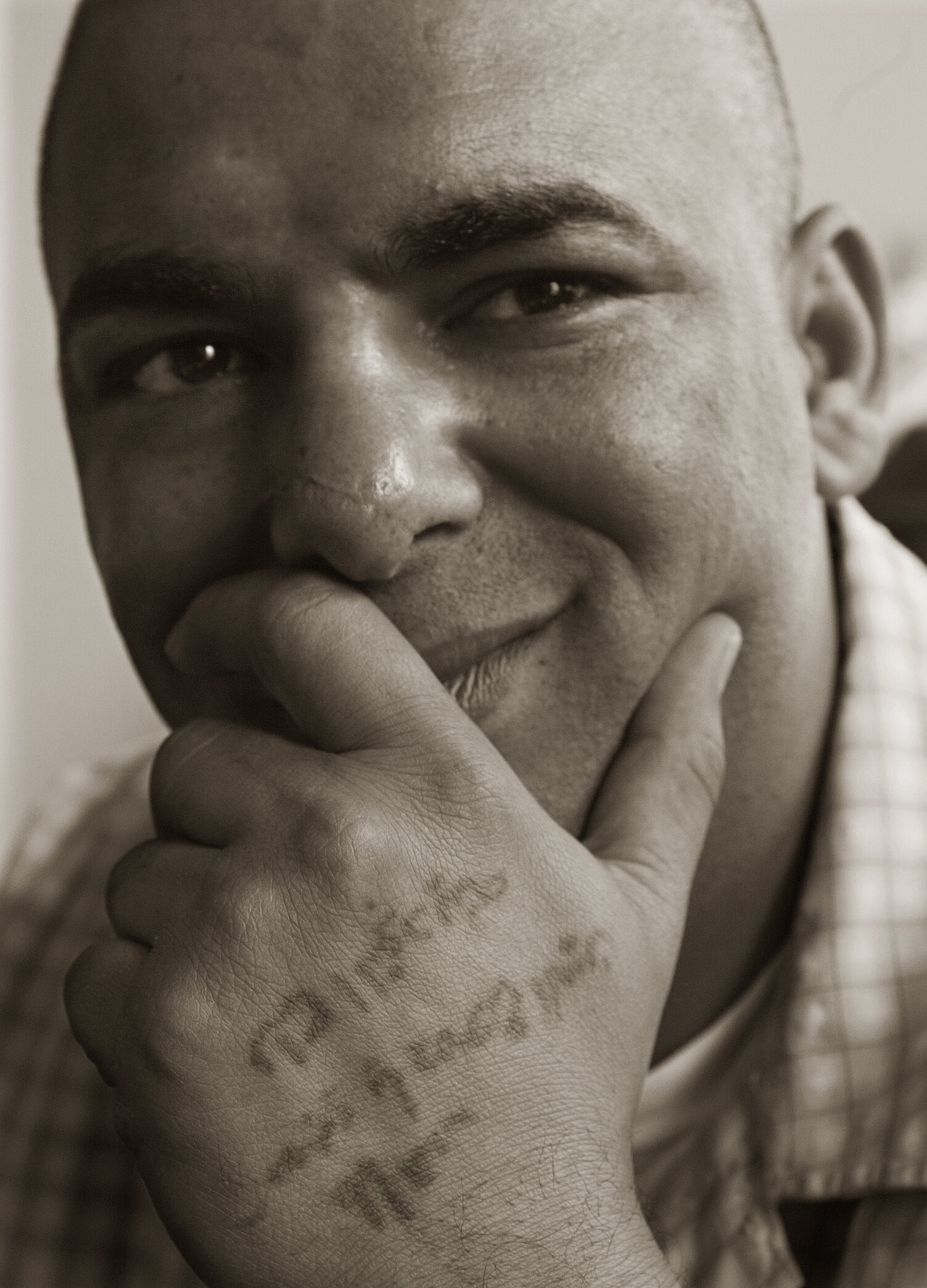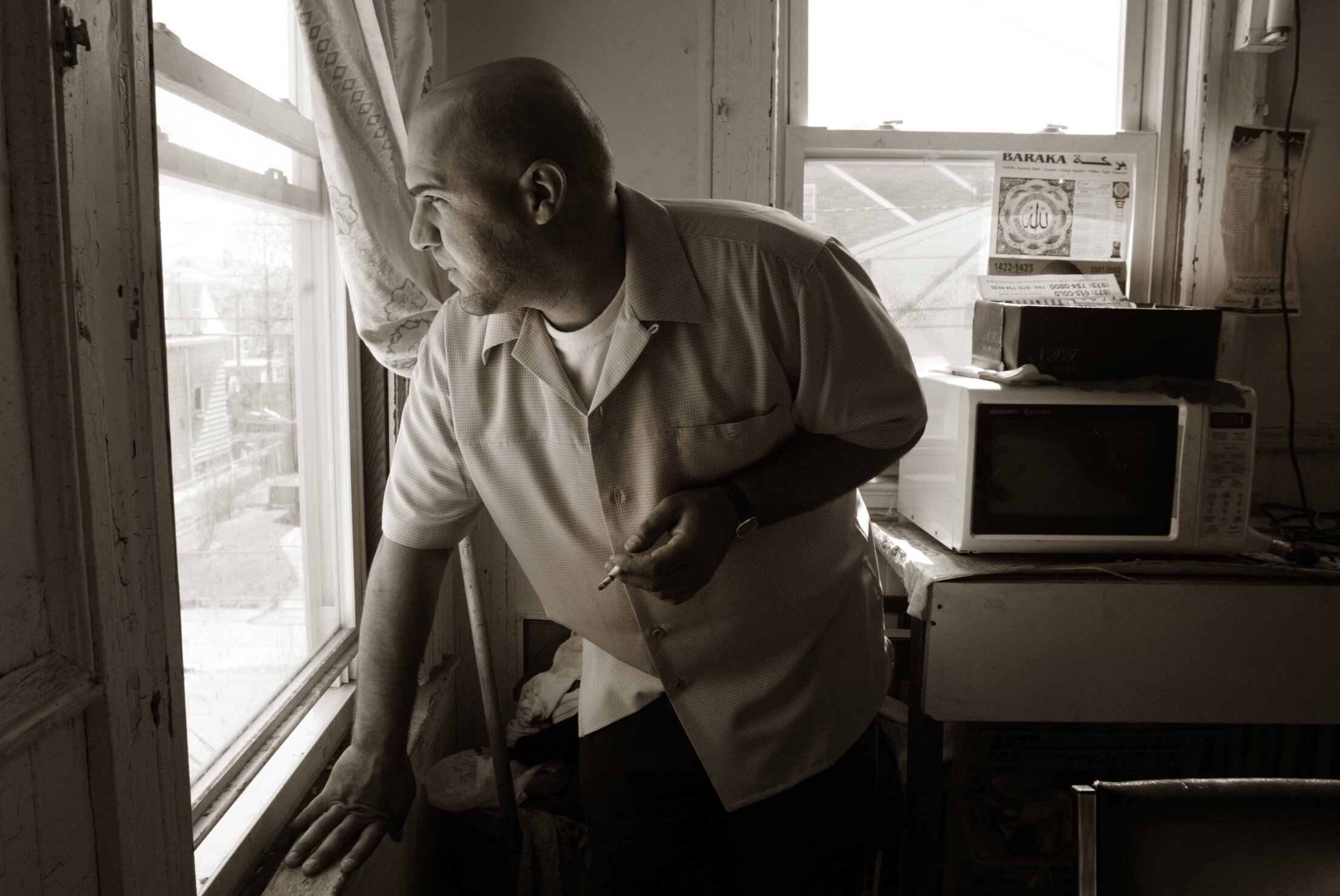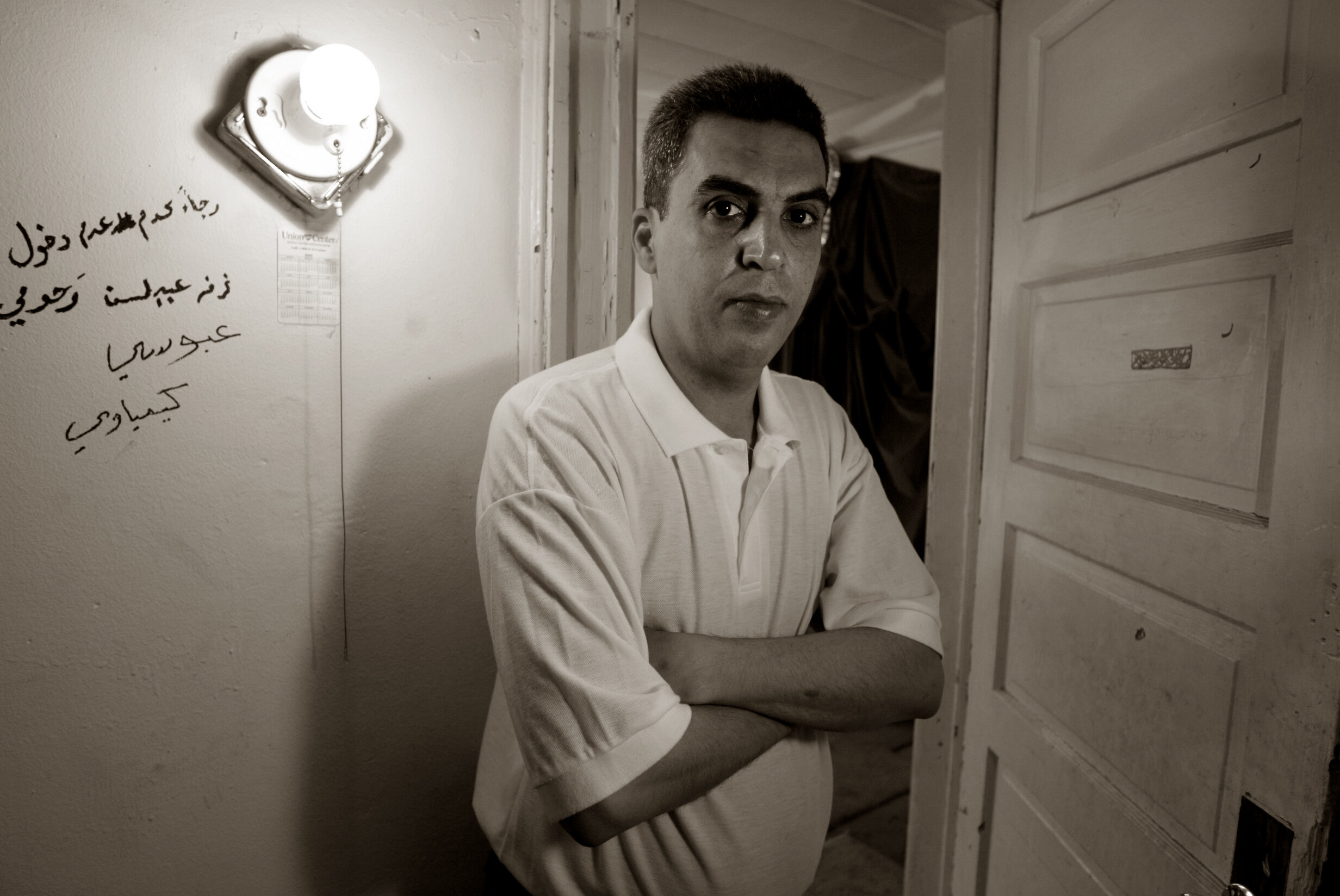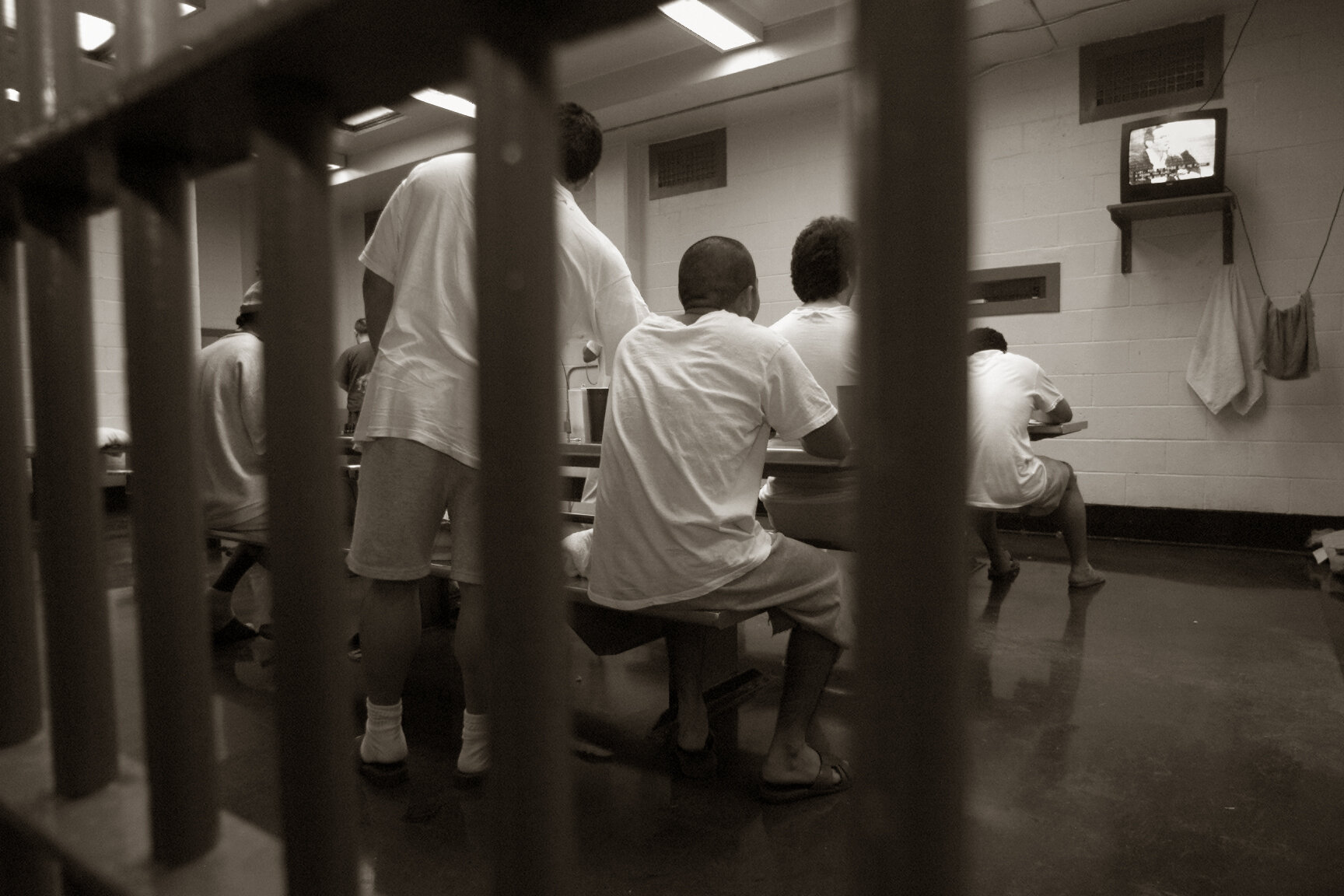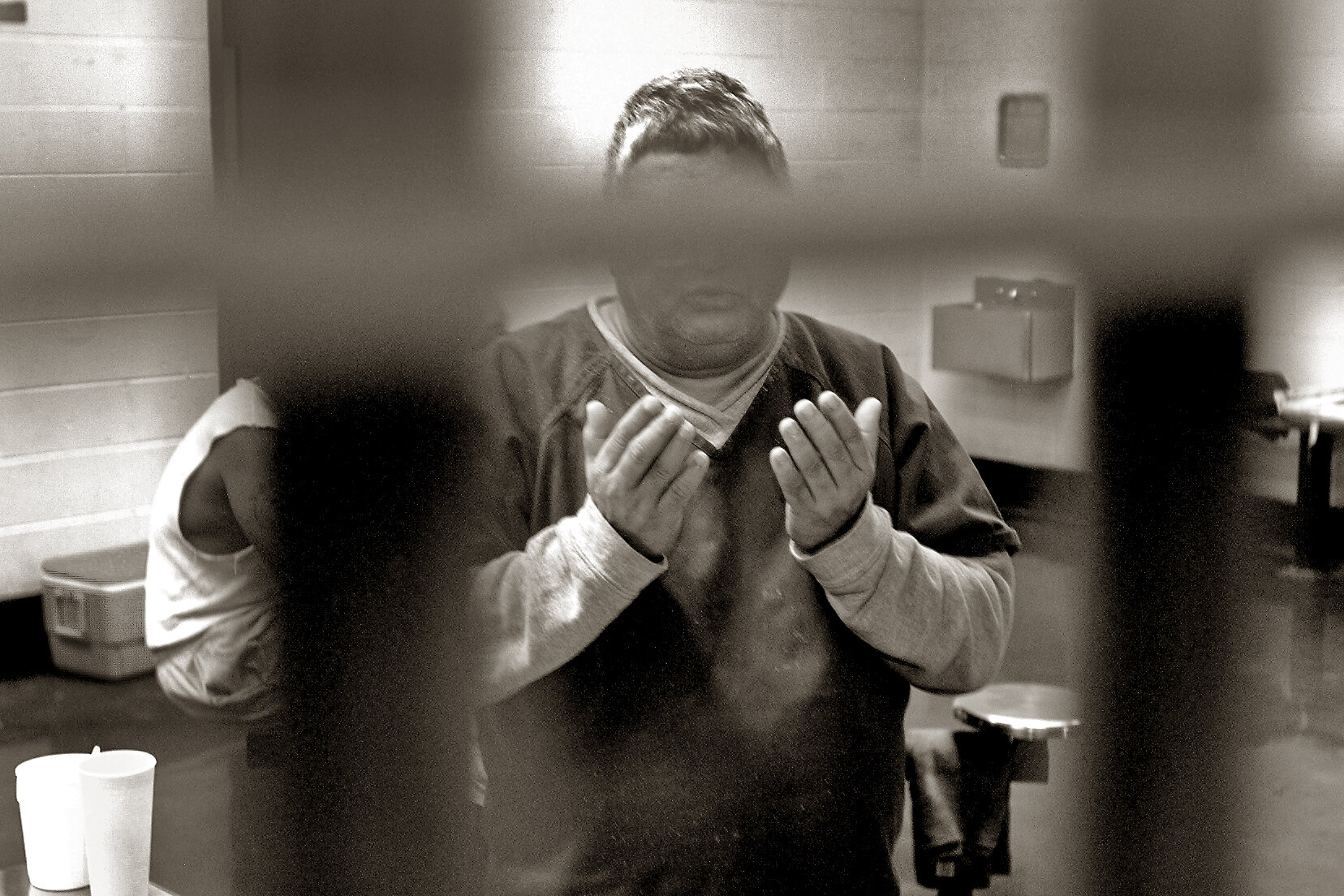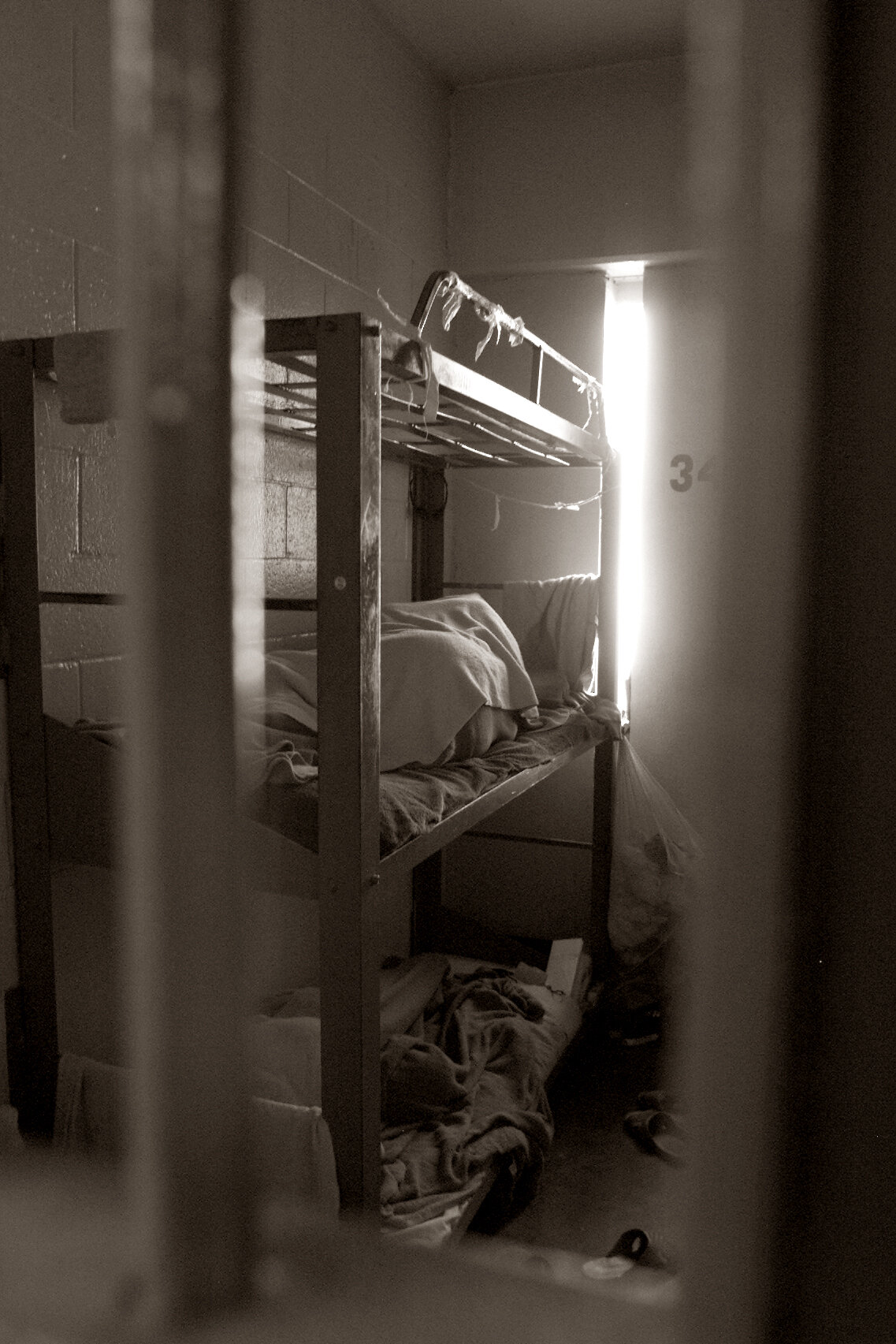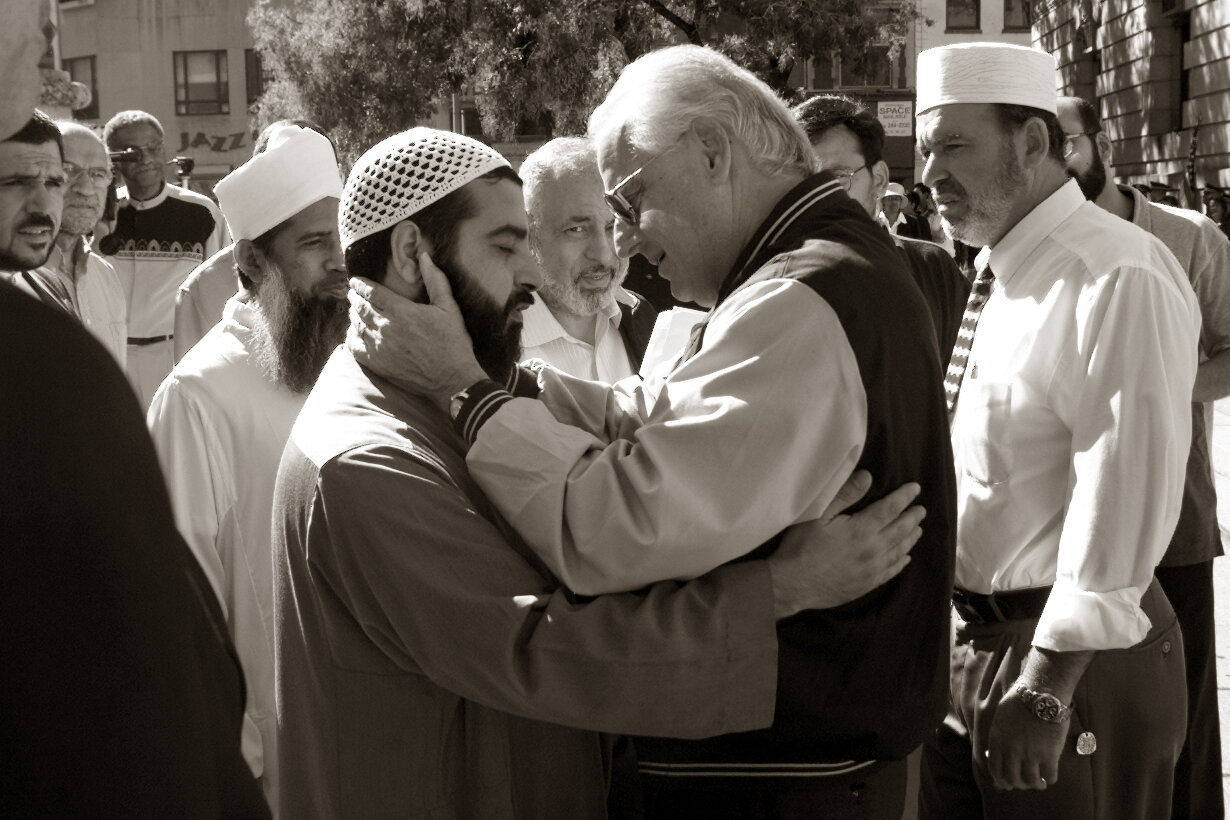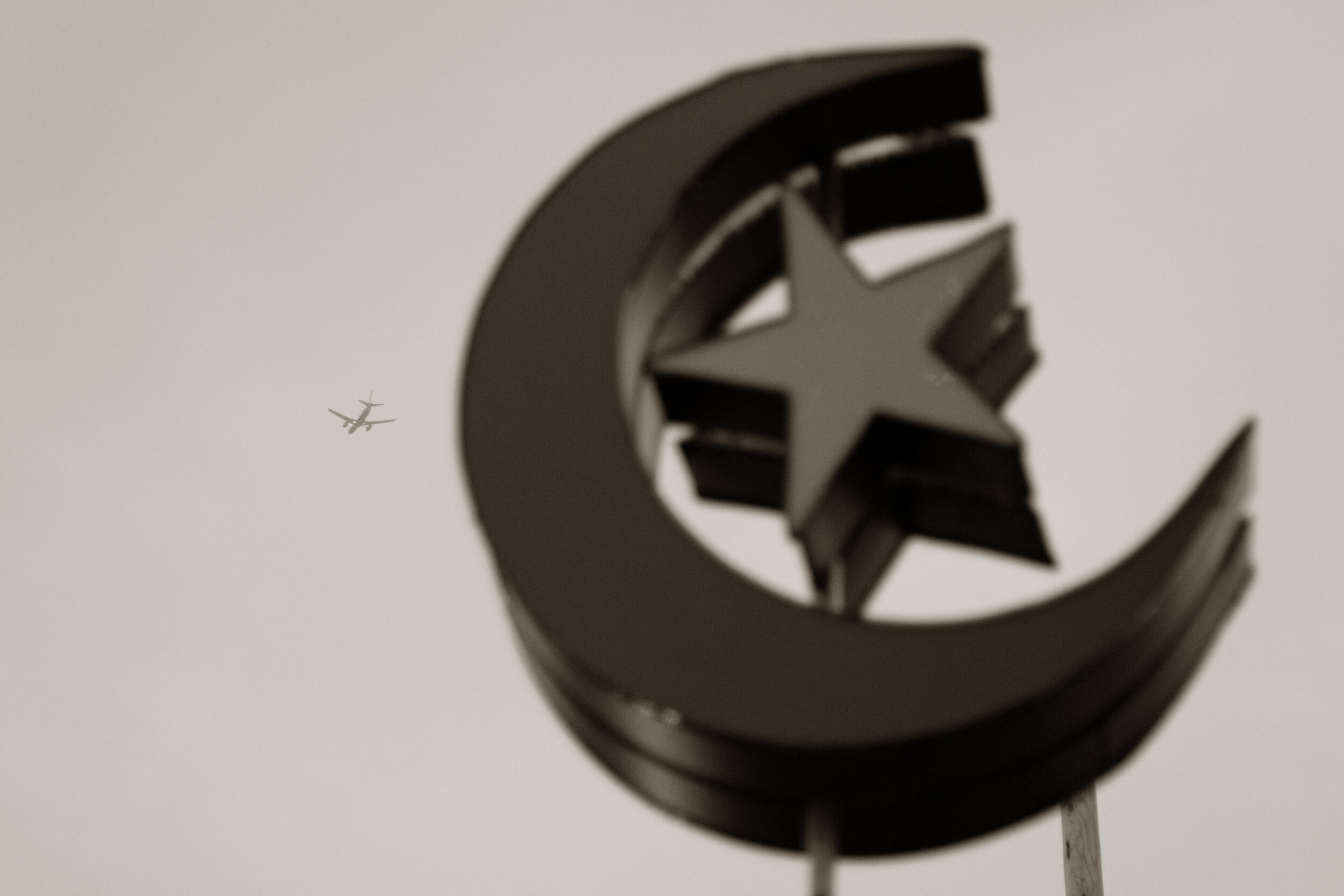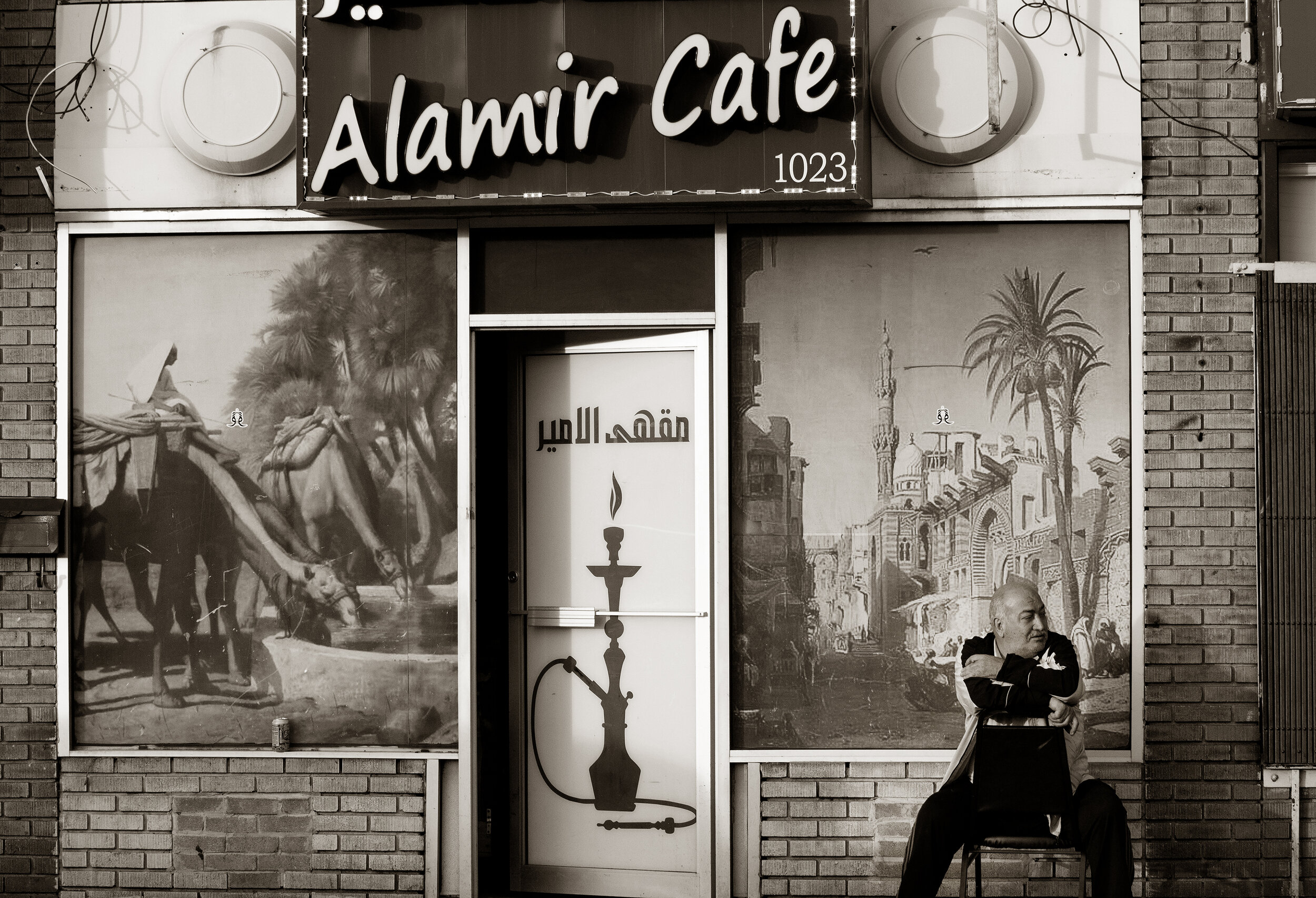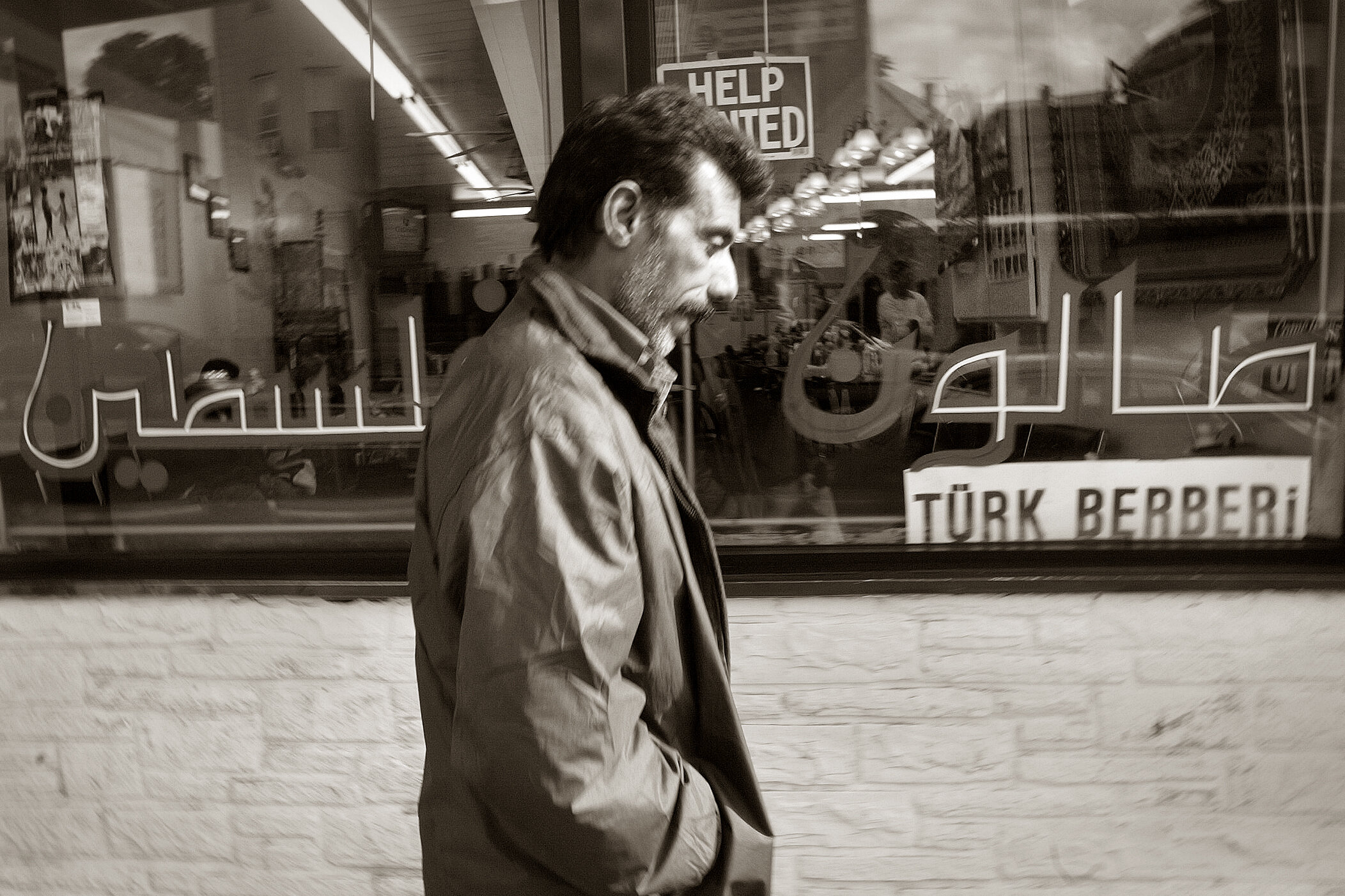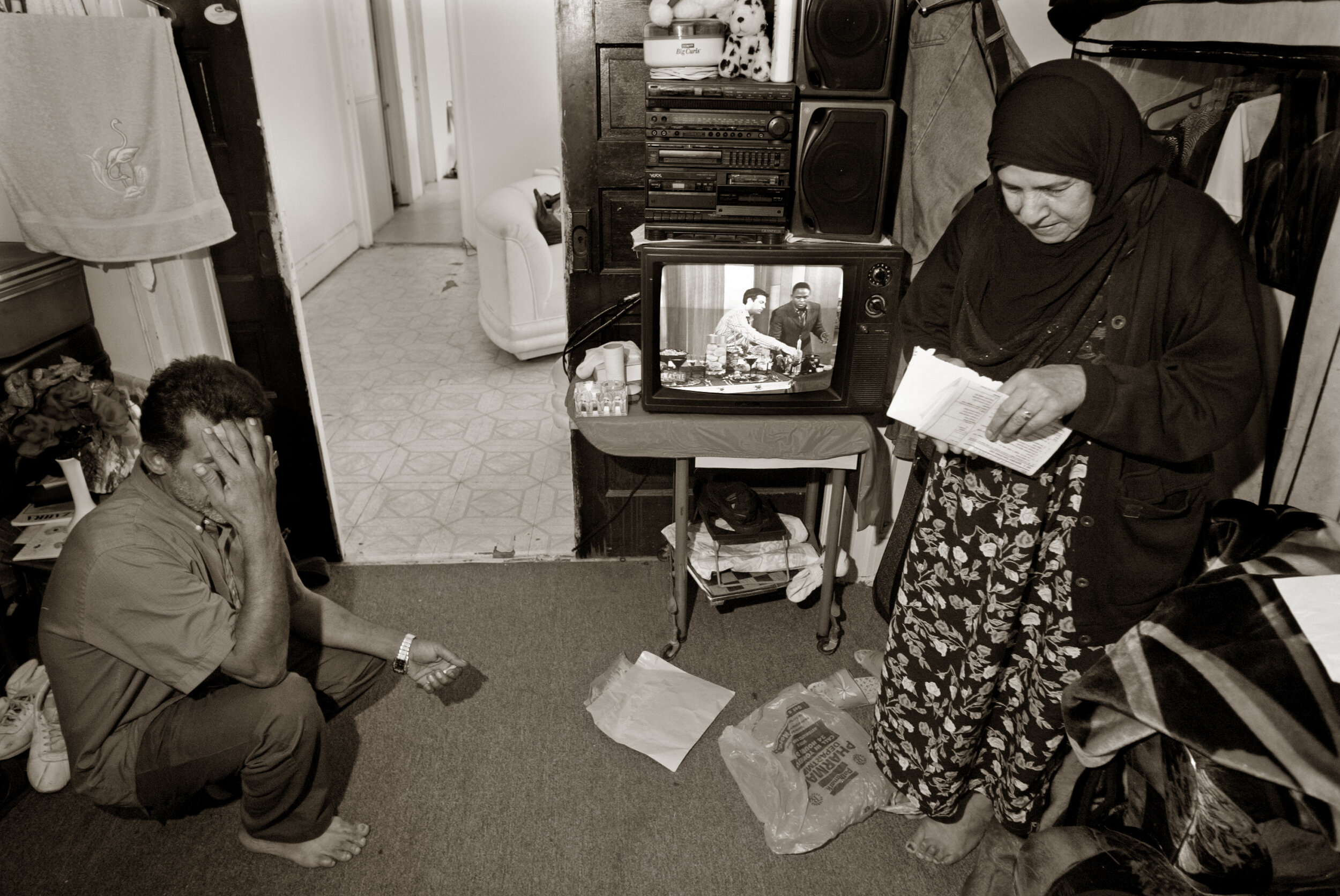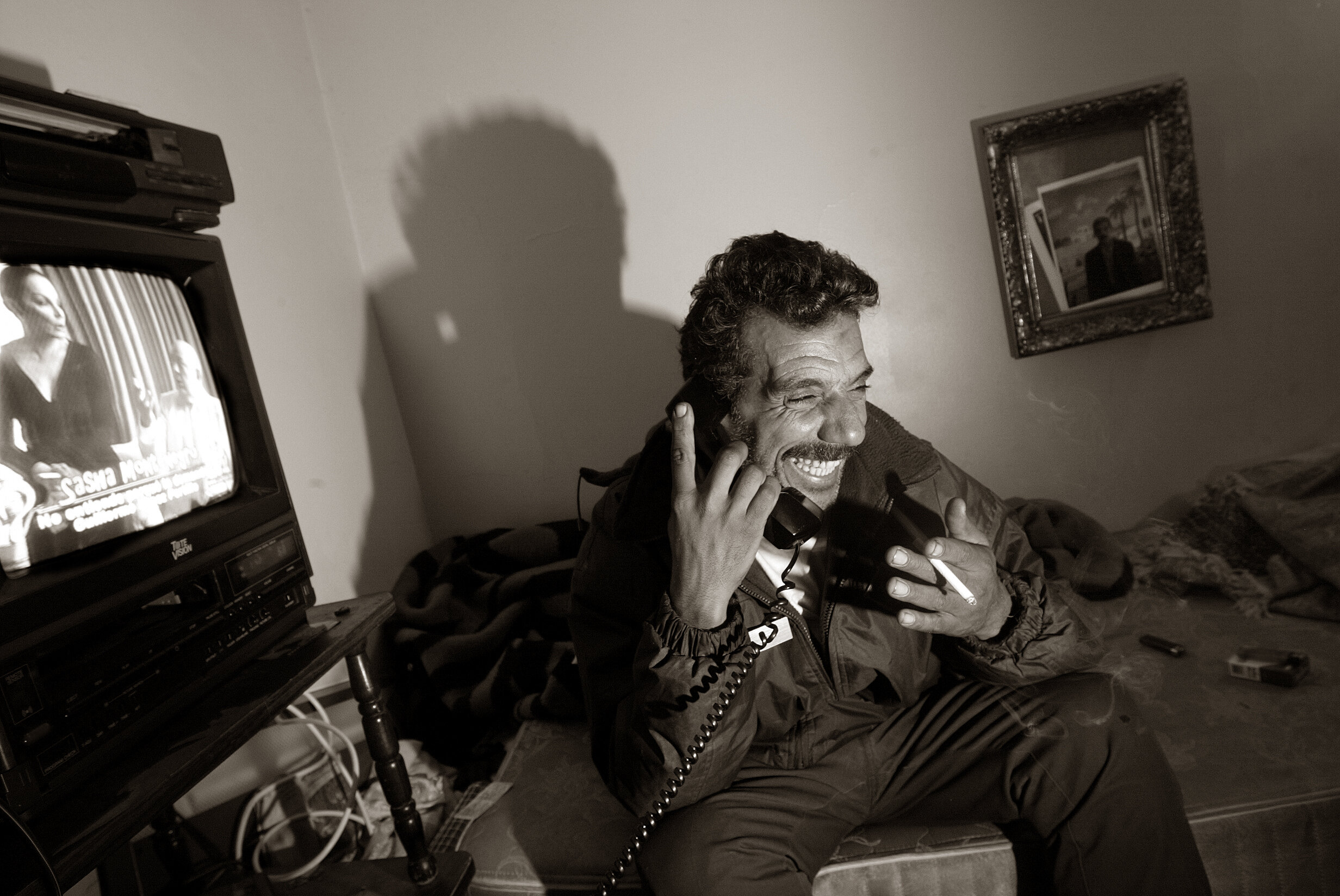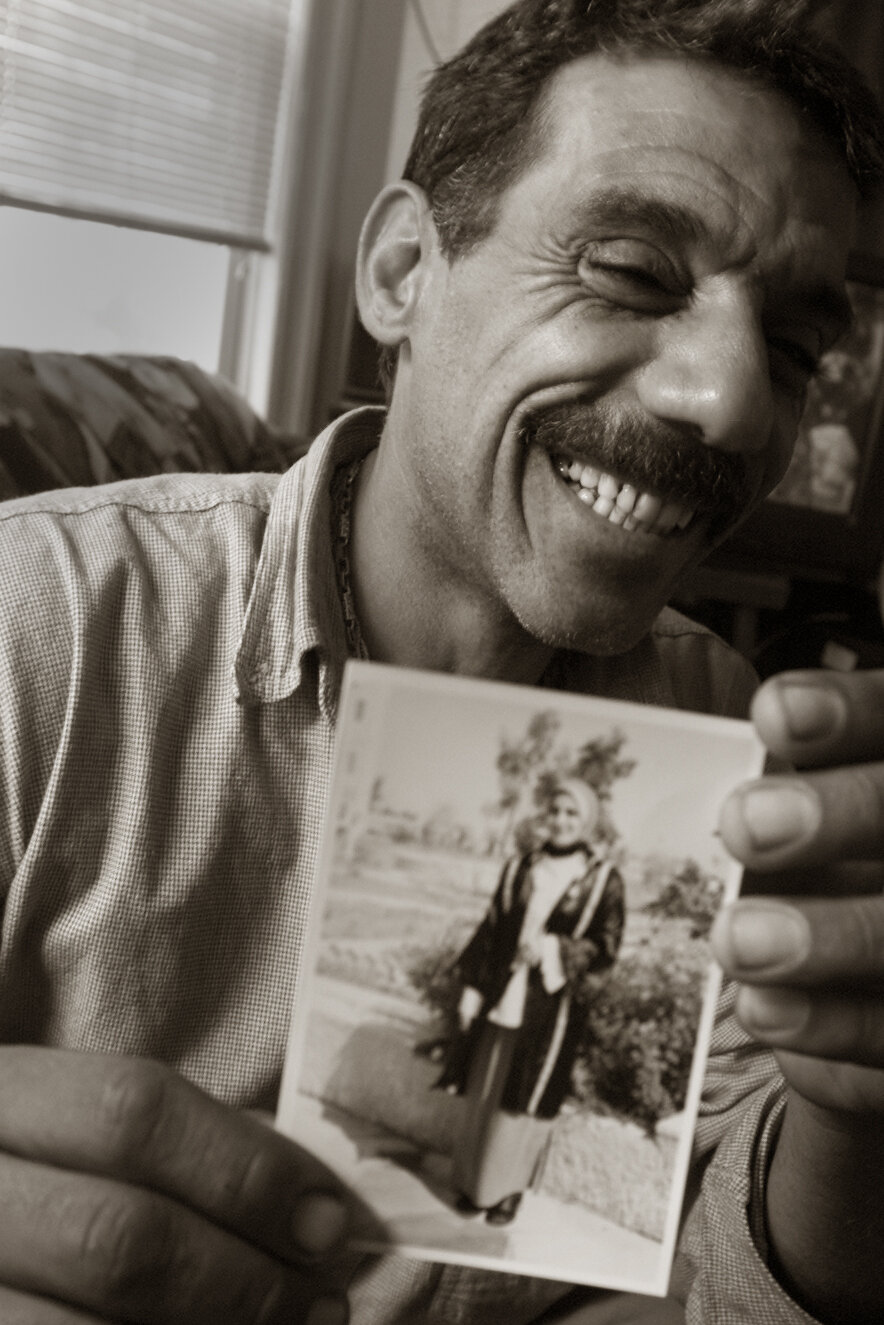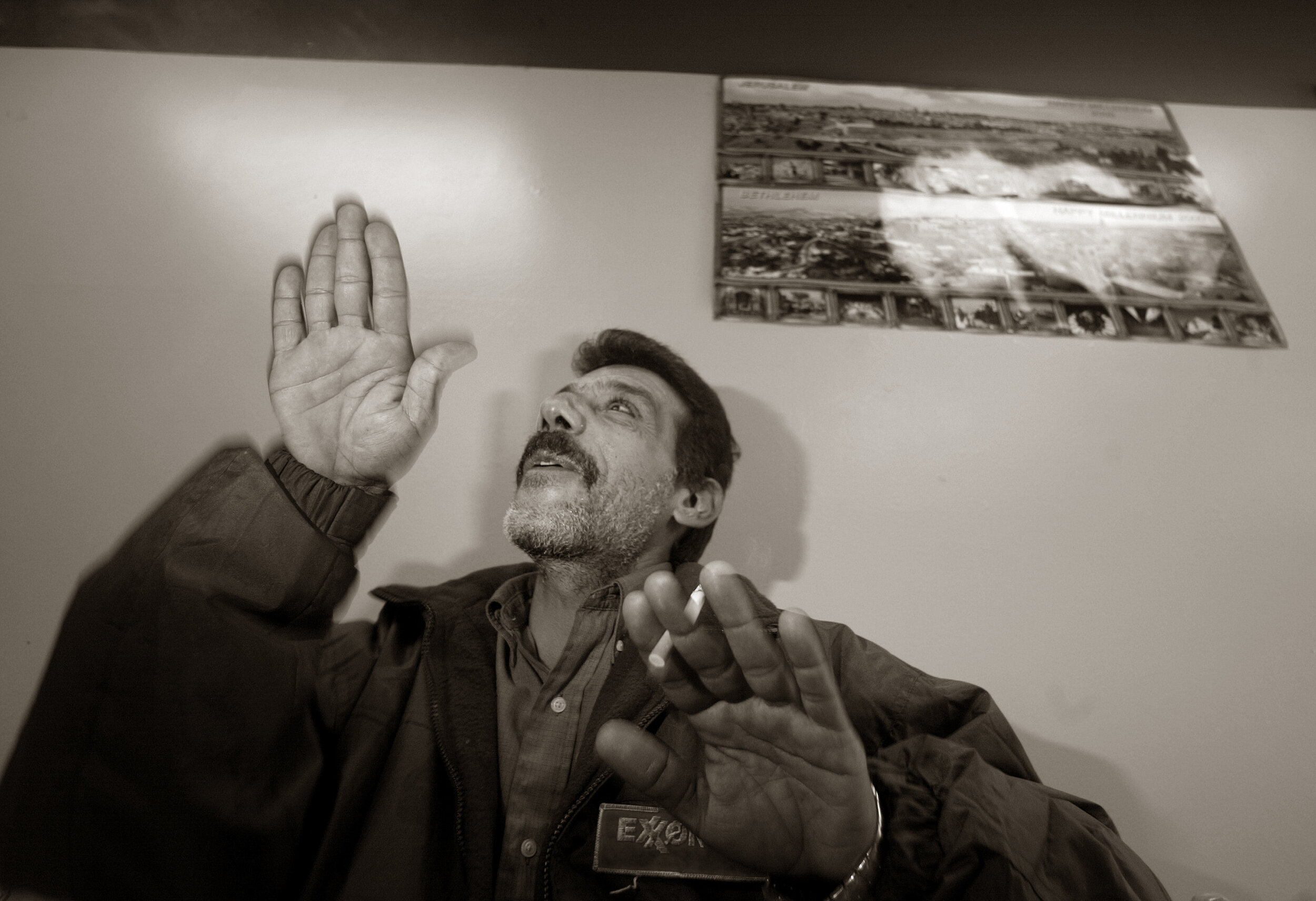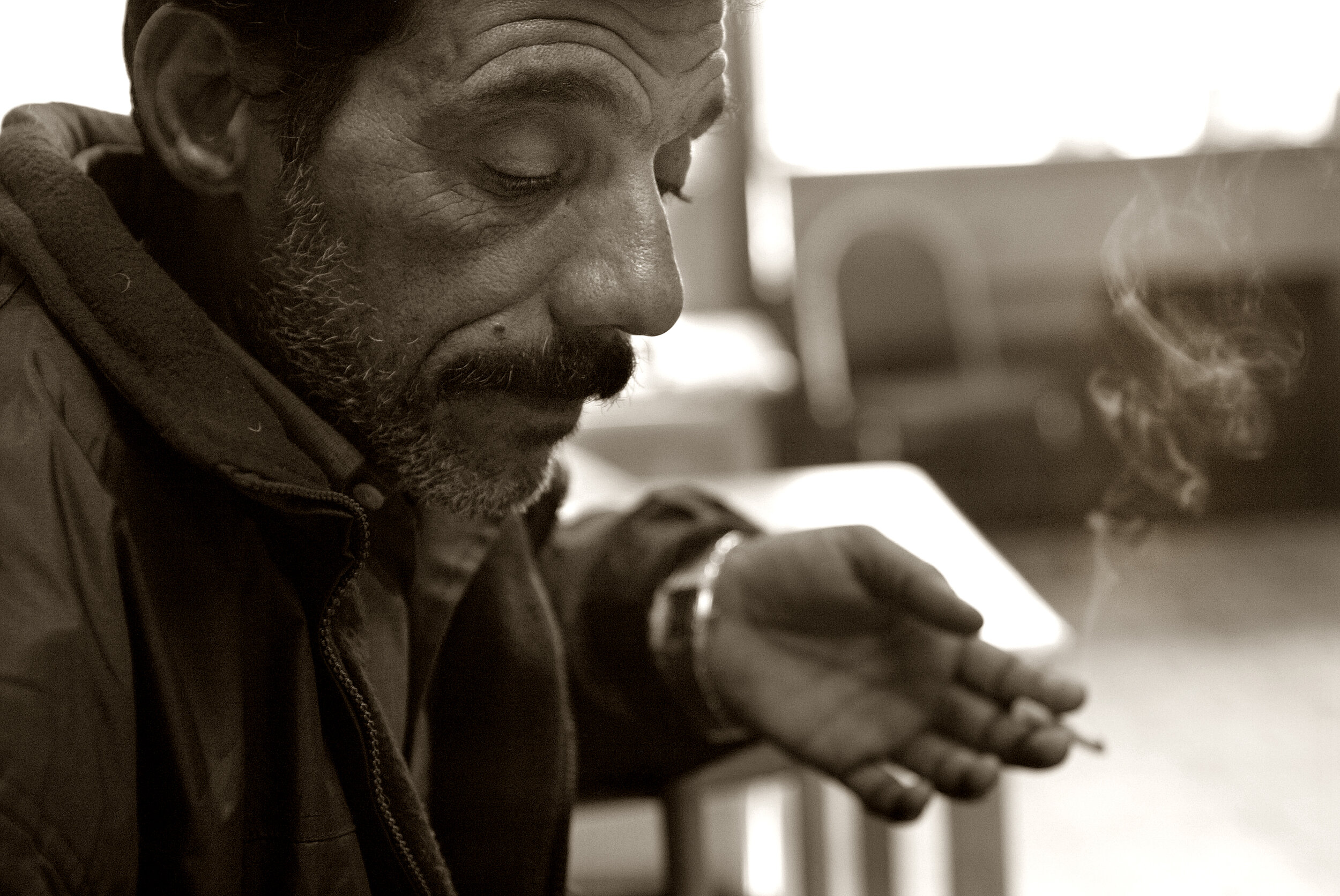Baseball in the D.R.
a look at why the Dominican Republic remains a hotbed for baseball
This photo essay focuses on the passionate baseball culture in the Dominican Republic, produced months after the Danny Almonte Little League baseball scandal. Almonte, from the small town of Moca in the northern region of the D.R., set the Little League World Series on fire before it was discovered that he had a forged birth certificate. From young children playing in local parks to burgeoning Major League prospects honing their skills in crumbling stadiums and training facilities owned by Major League Baseball clubs like the Cincinnati Reds and Chicago White Sox, the photos illustrate how deeply baseball runs through the veins of this island nation. For many young men, baseball represents the only way to escape the grueling, low-paying jobs in the sugarcane fields, fishing, or farming that dominate the local economy. The essay vividly portrays the dreams, struggles, and relentless dedication of those who see the sport as their ticket to a better life.
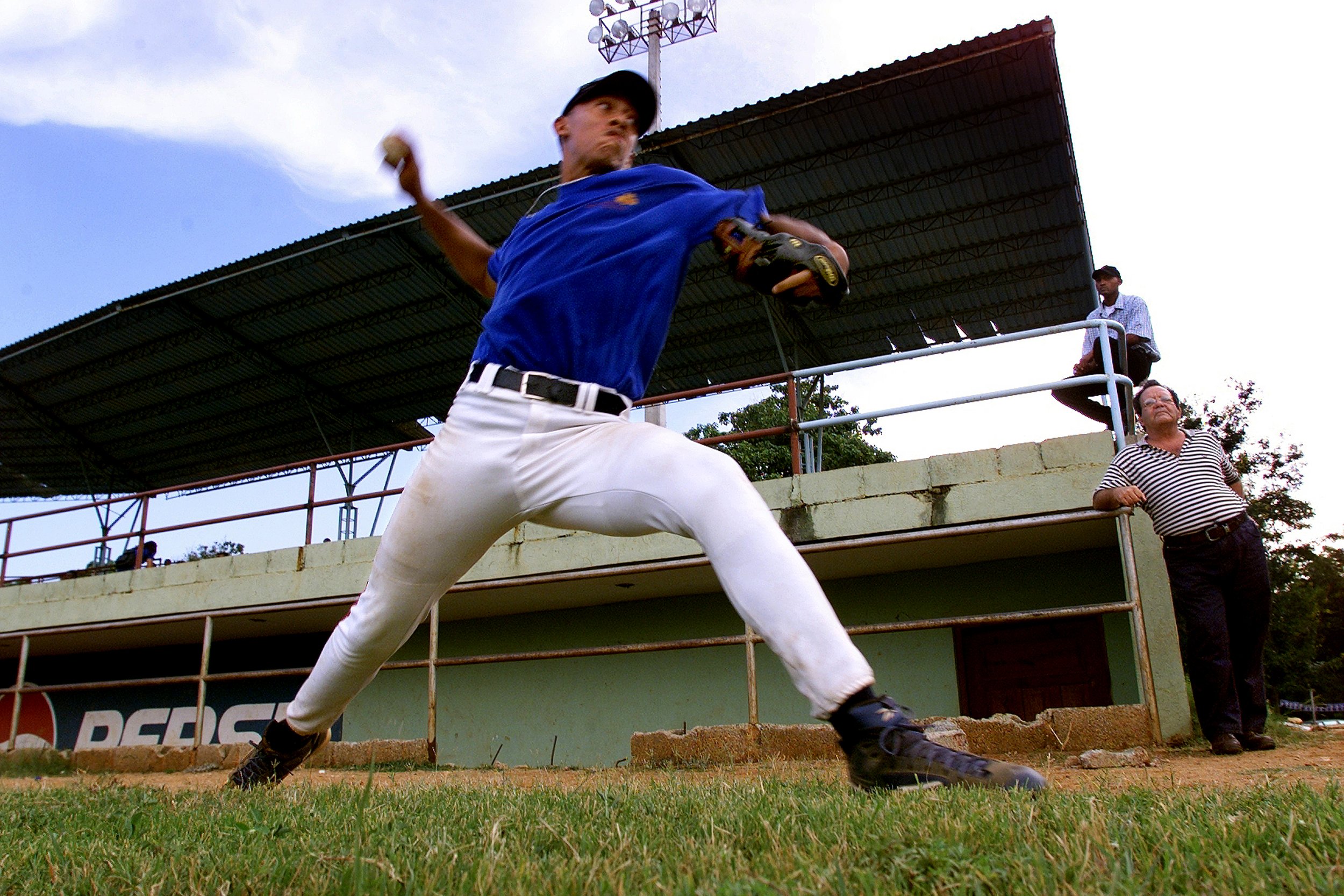
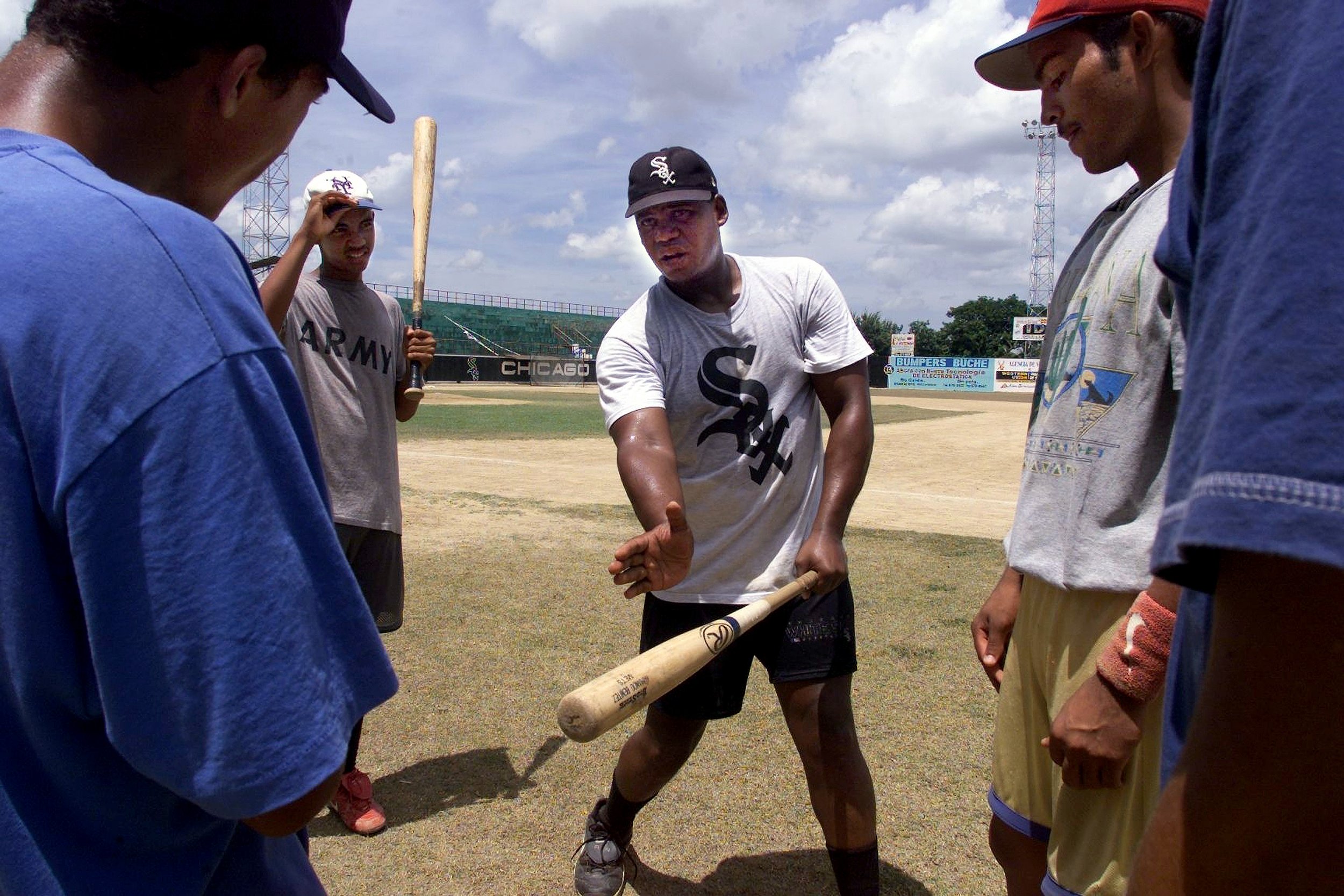
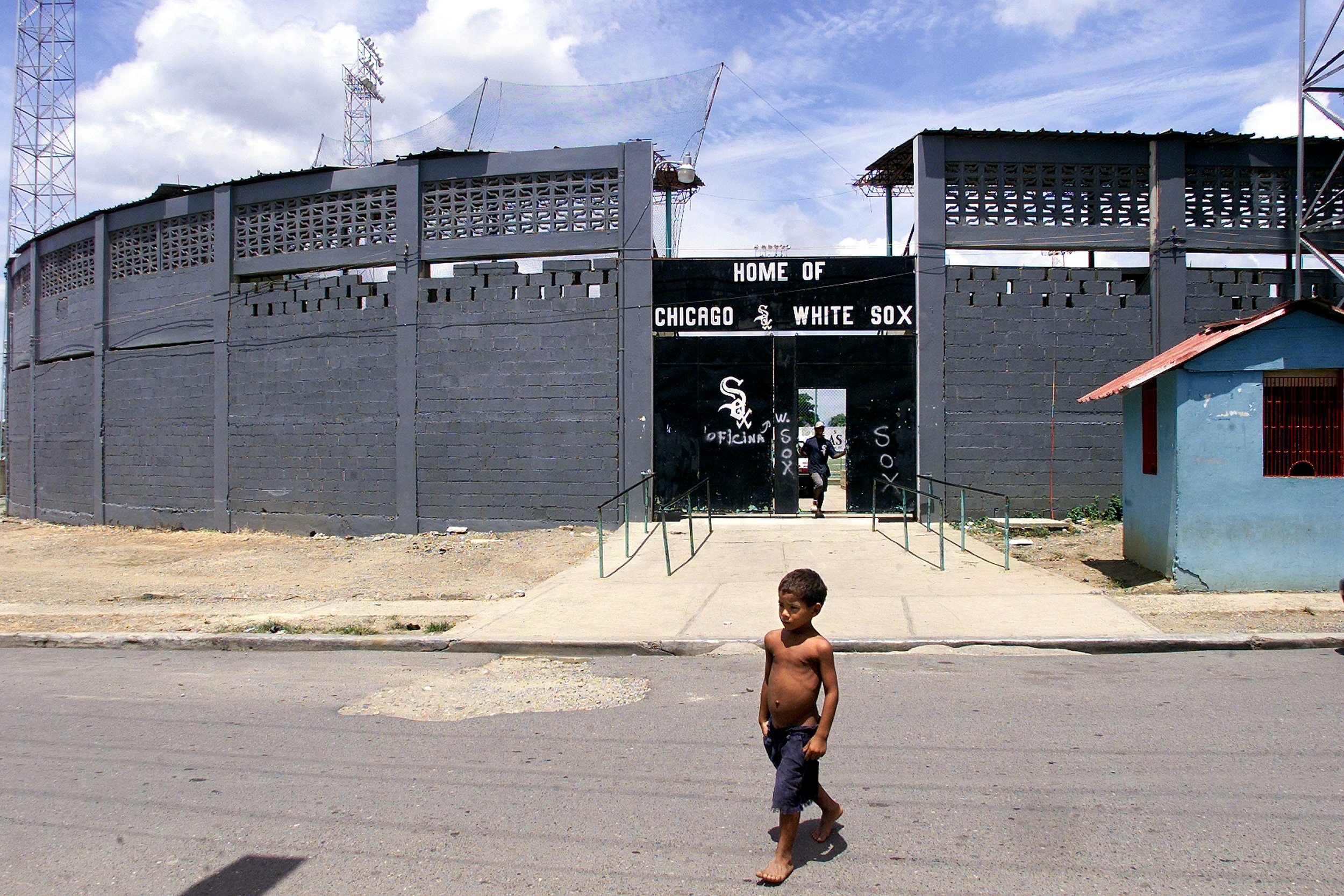
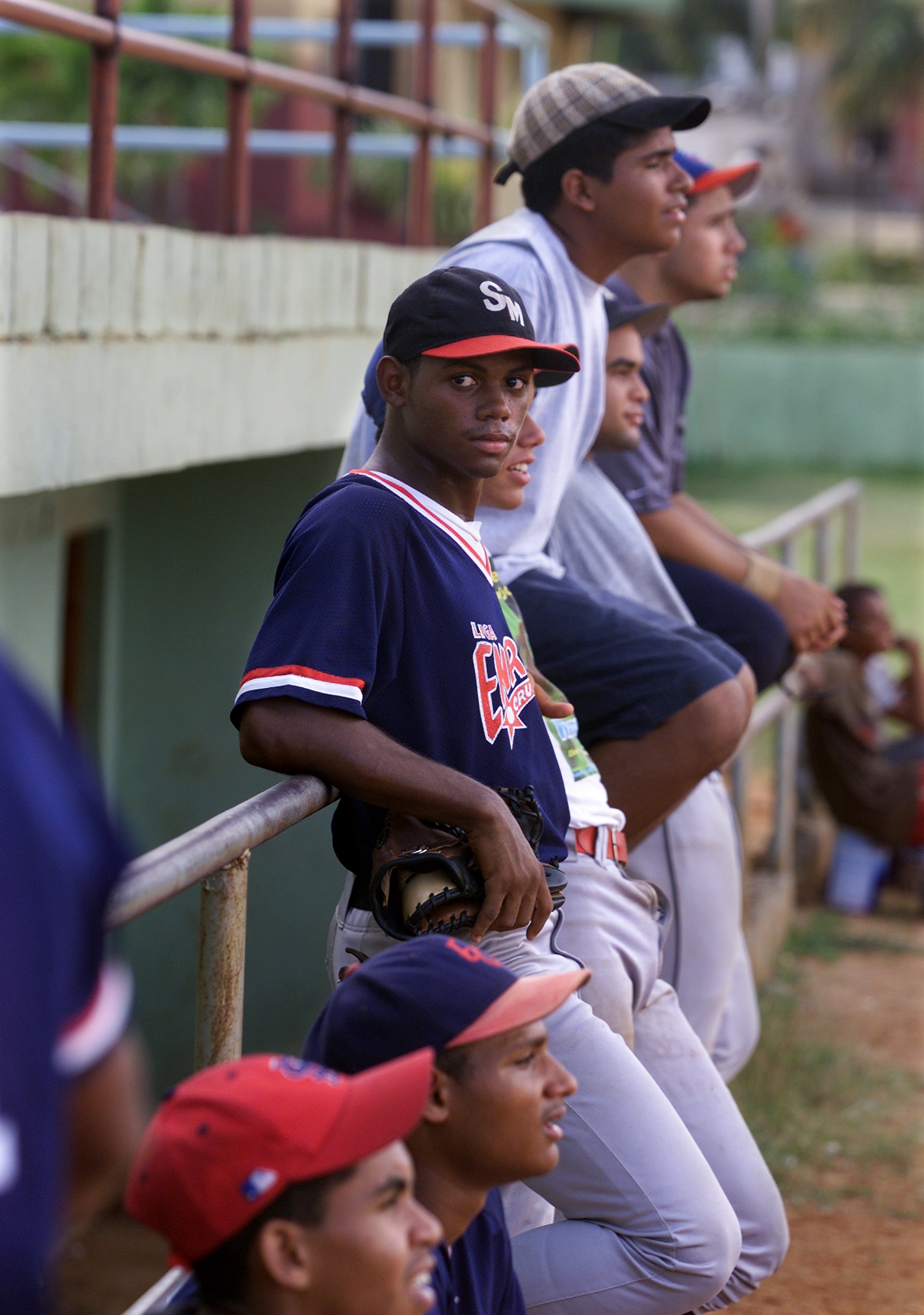
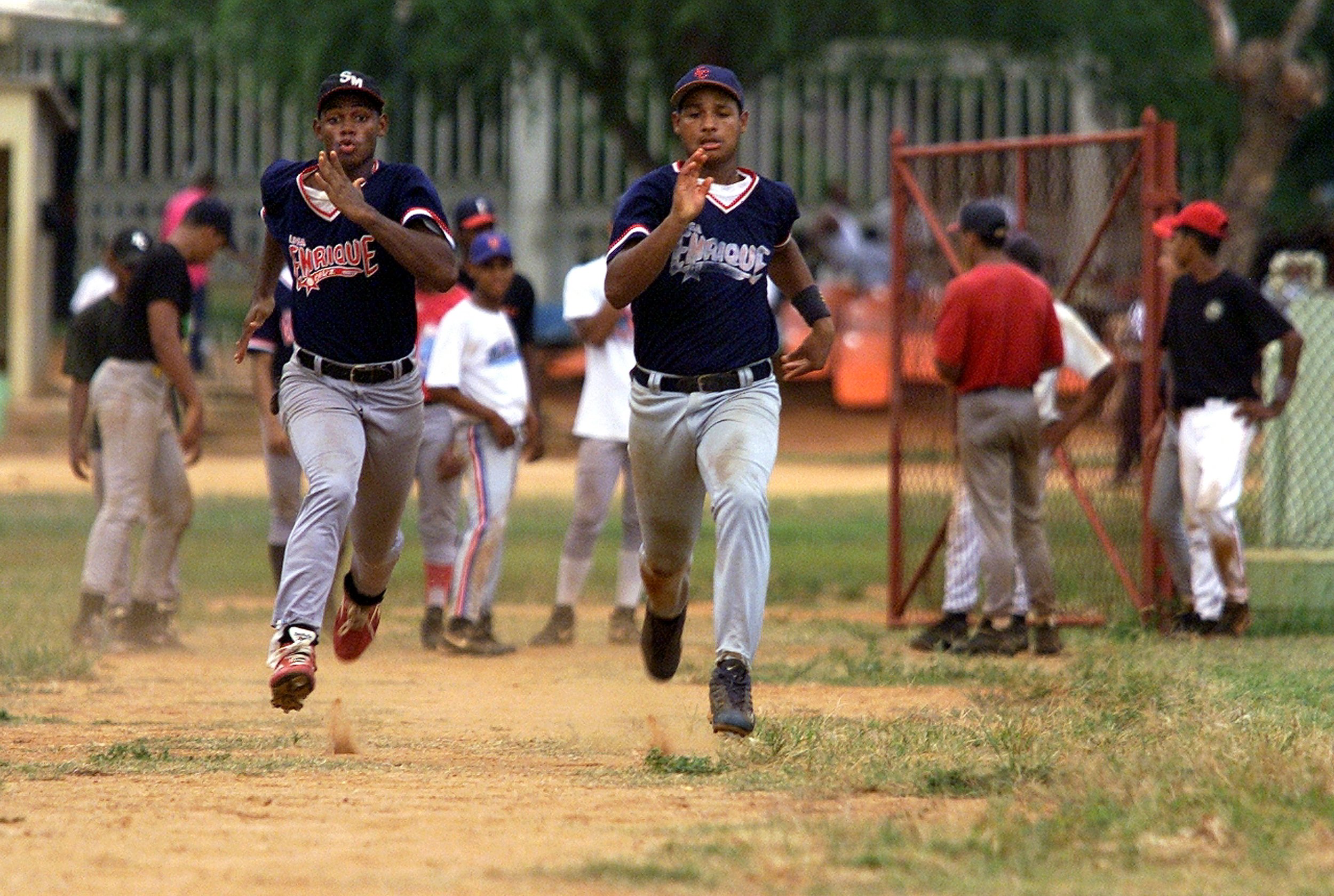
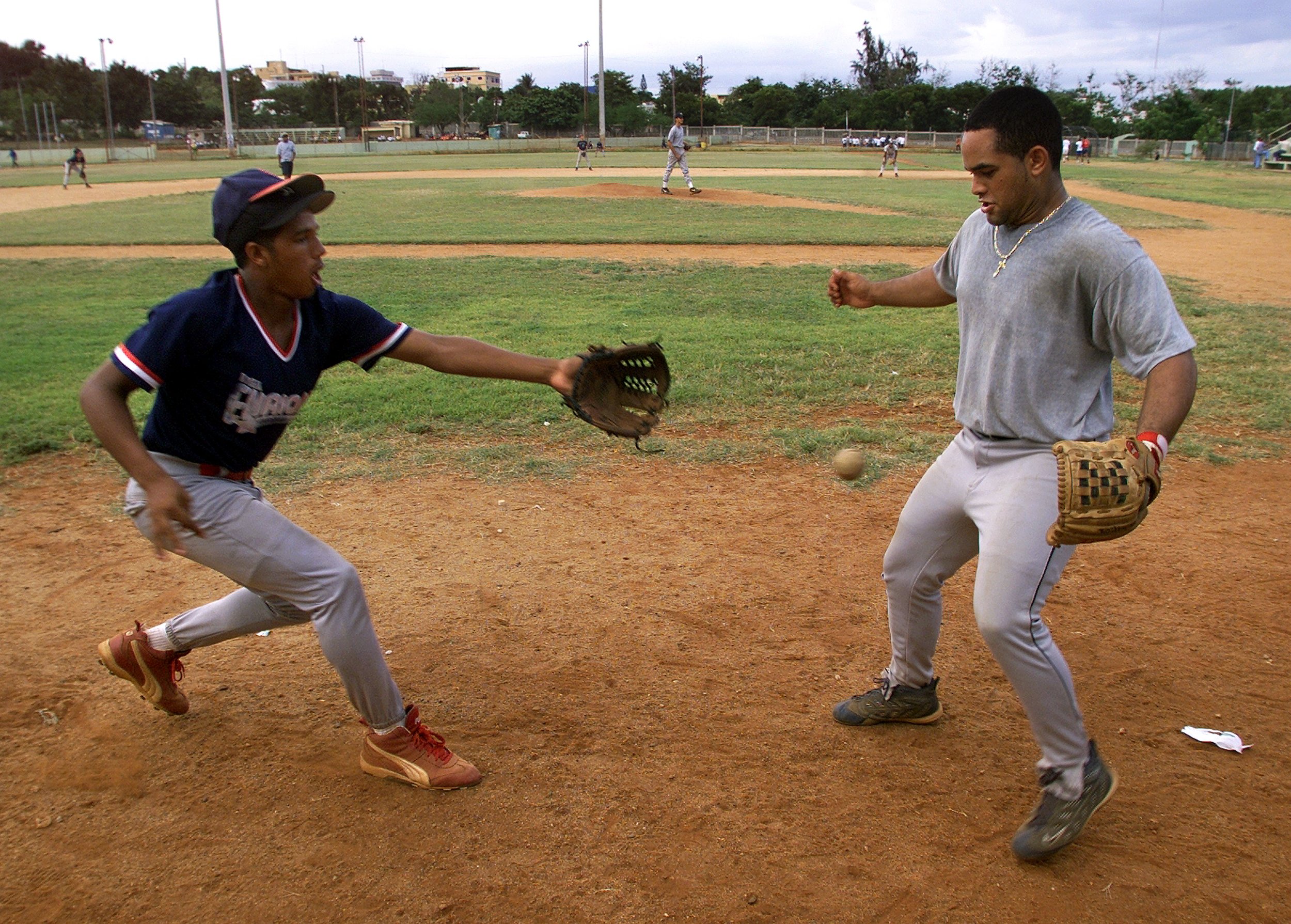
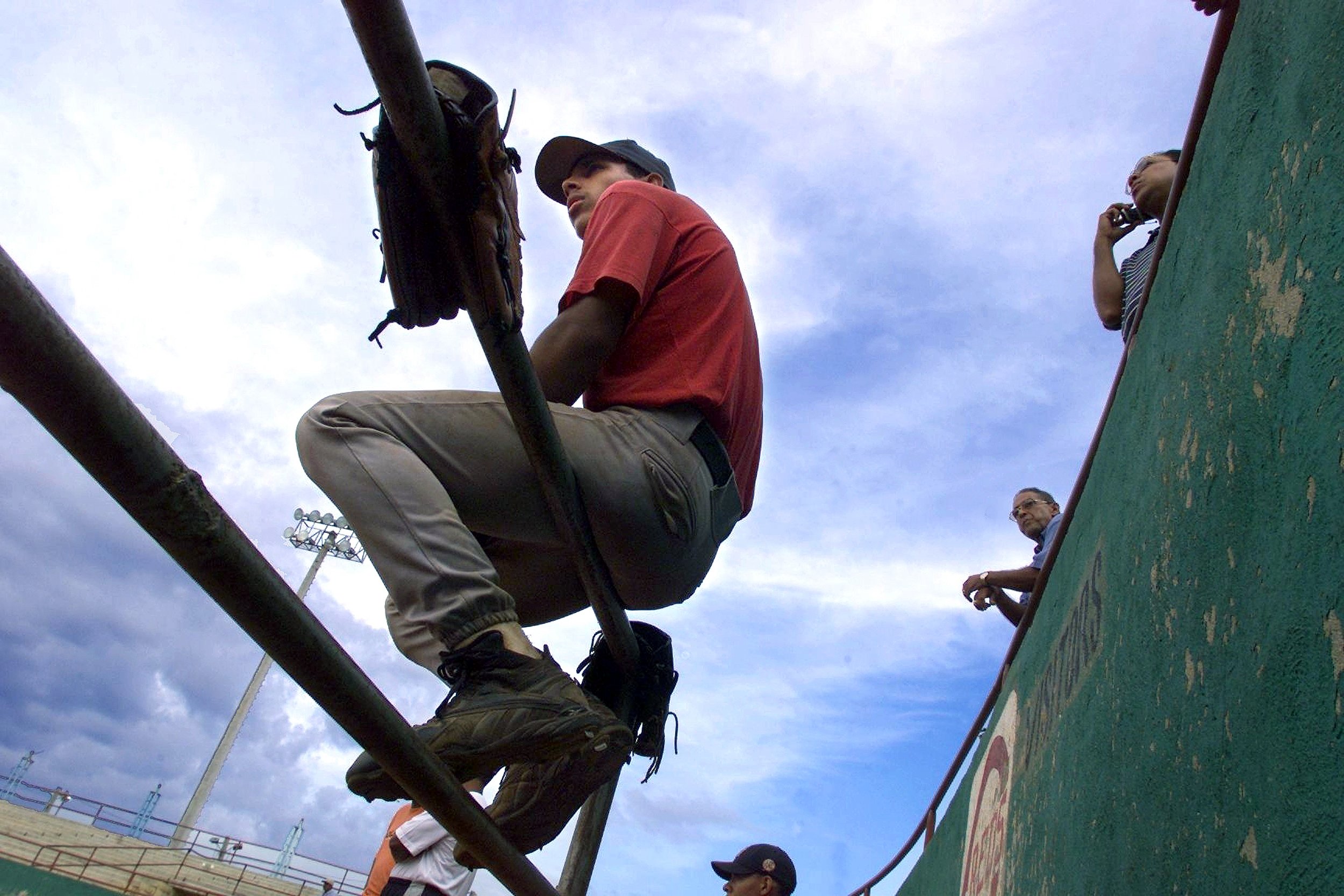
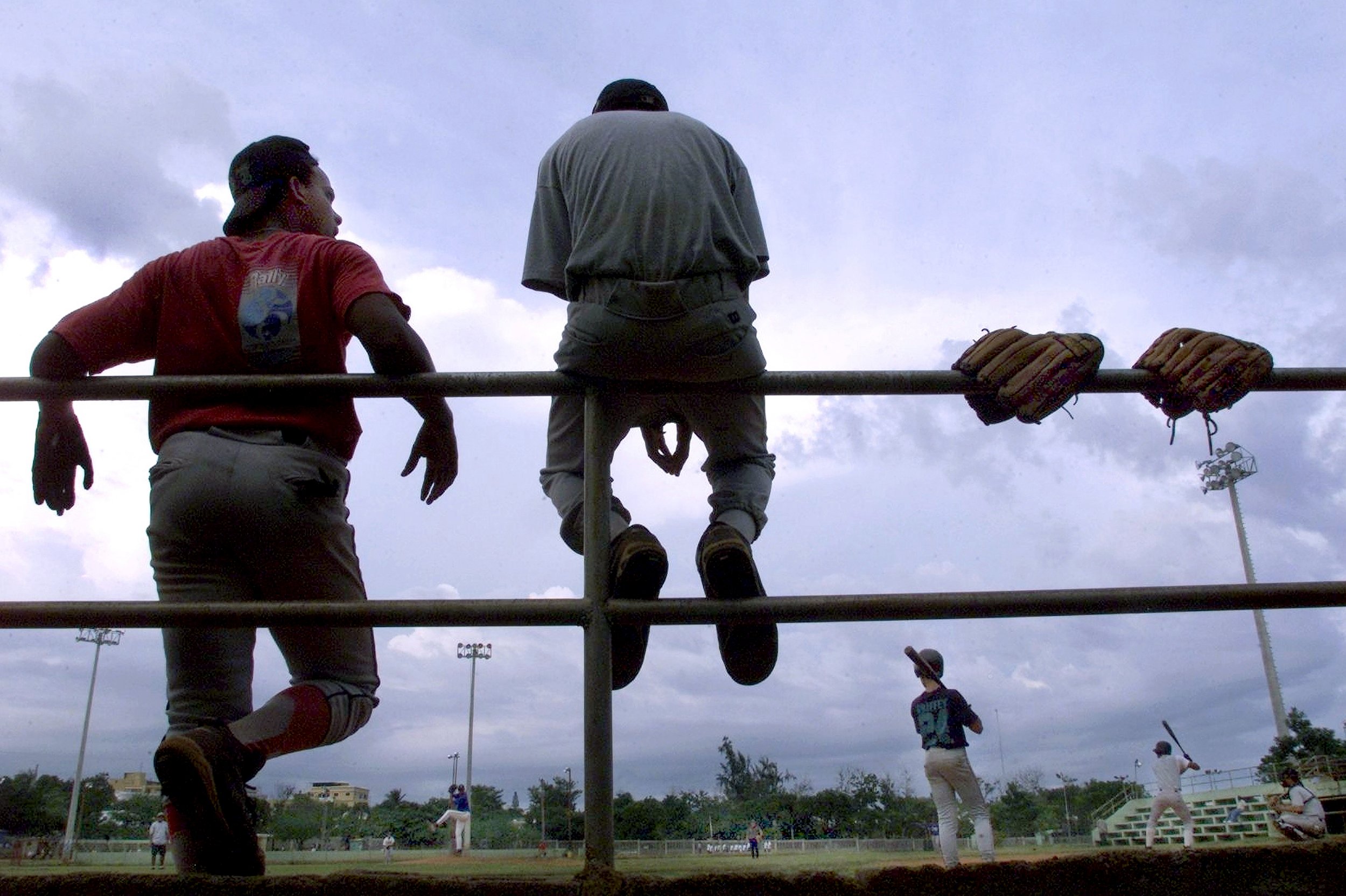

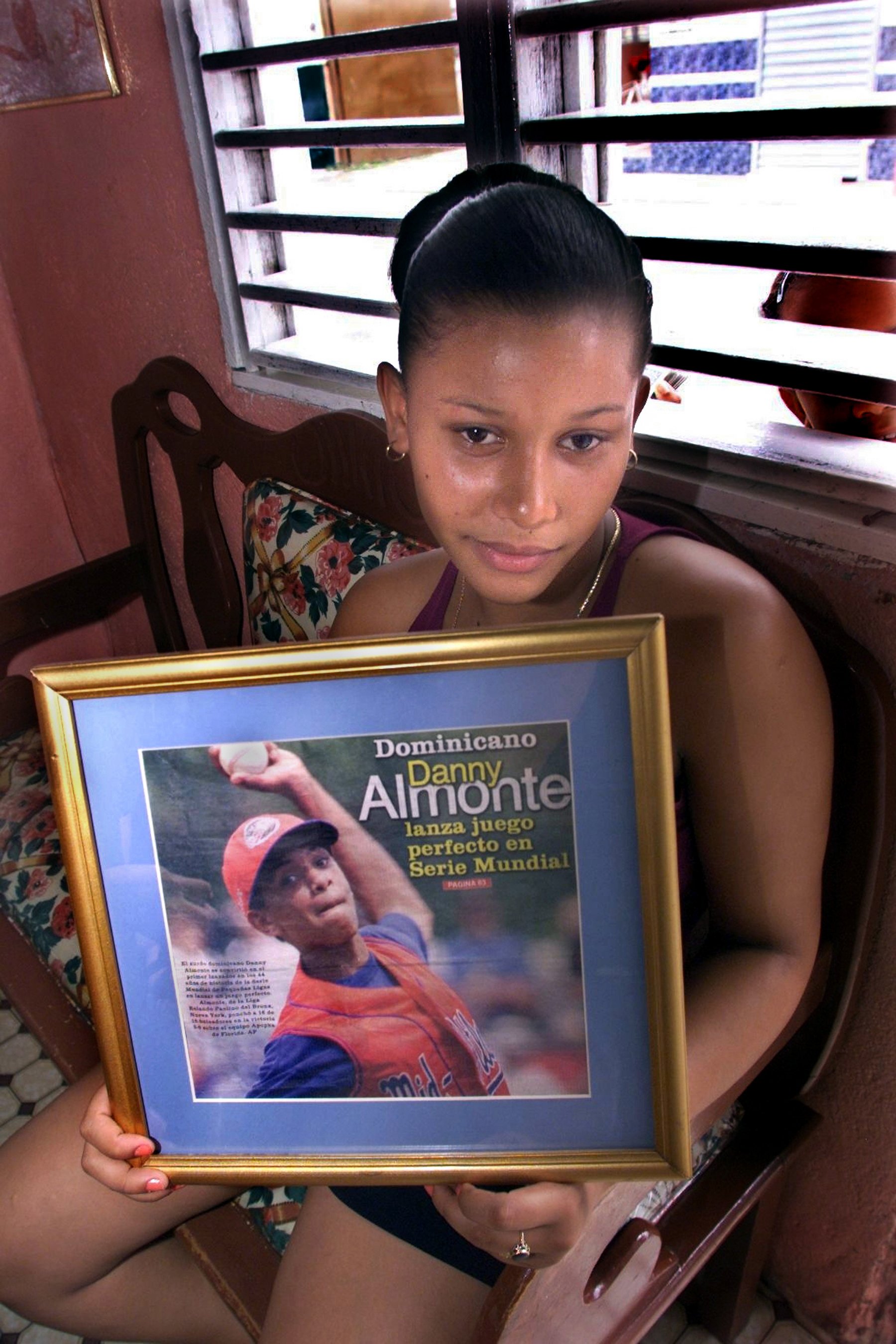
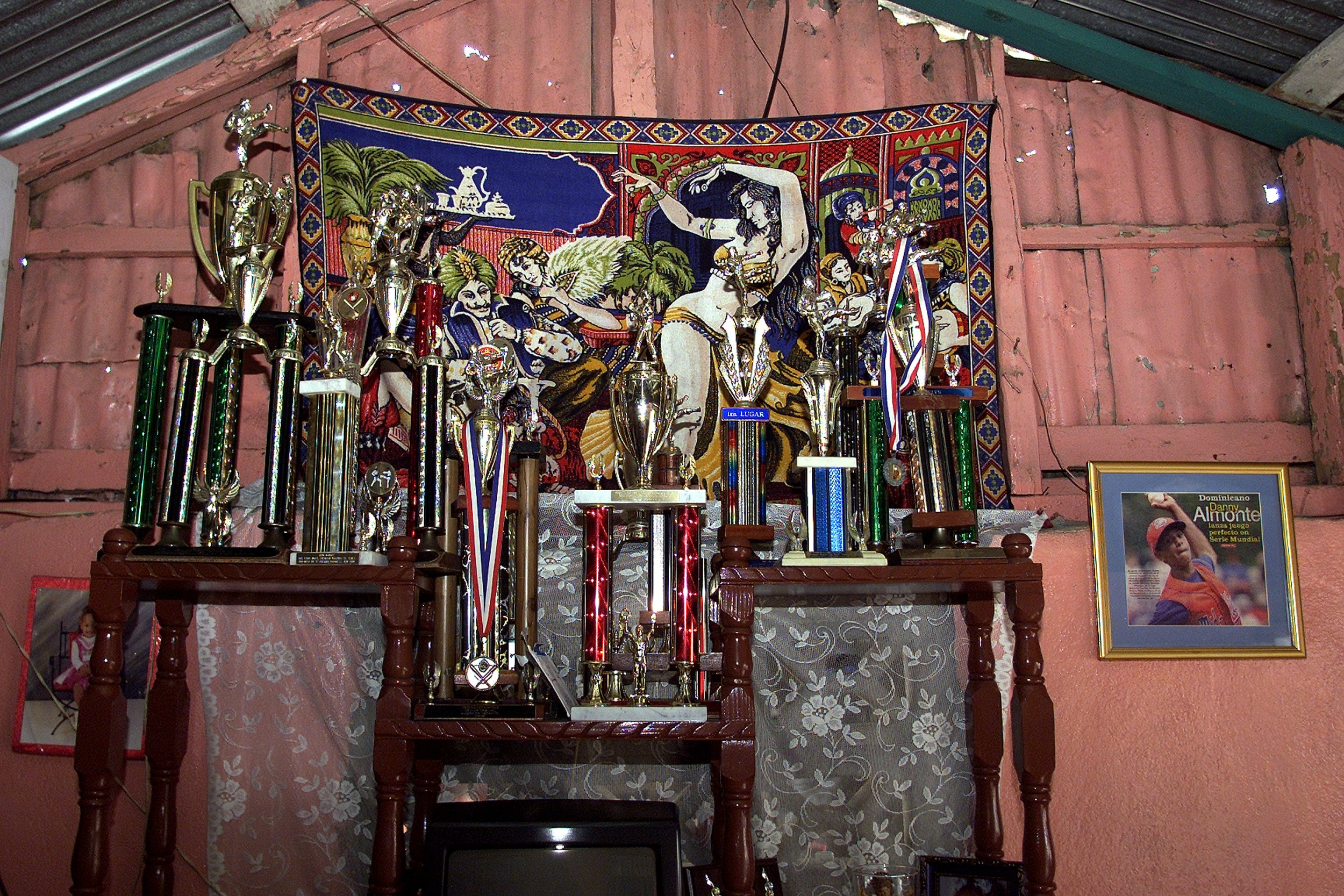
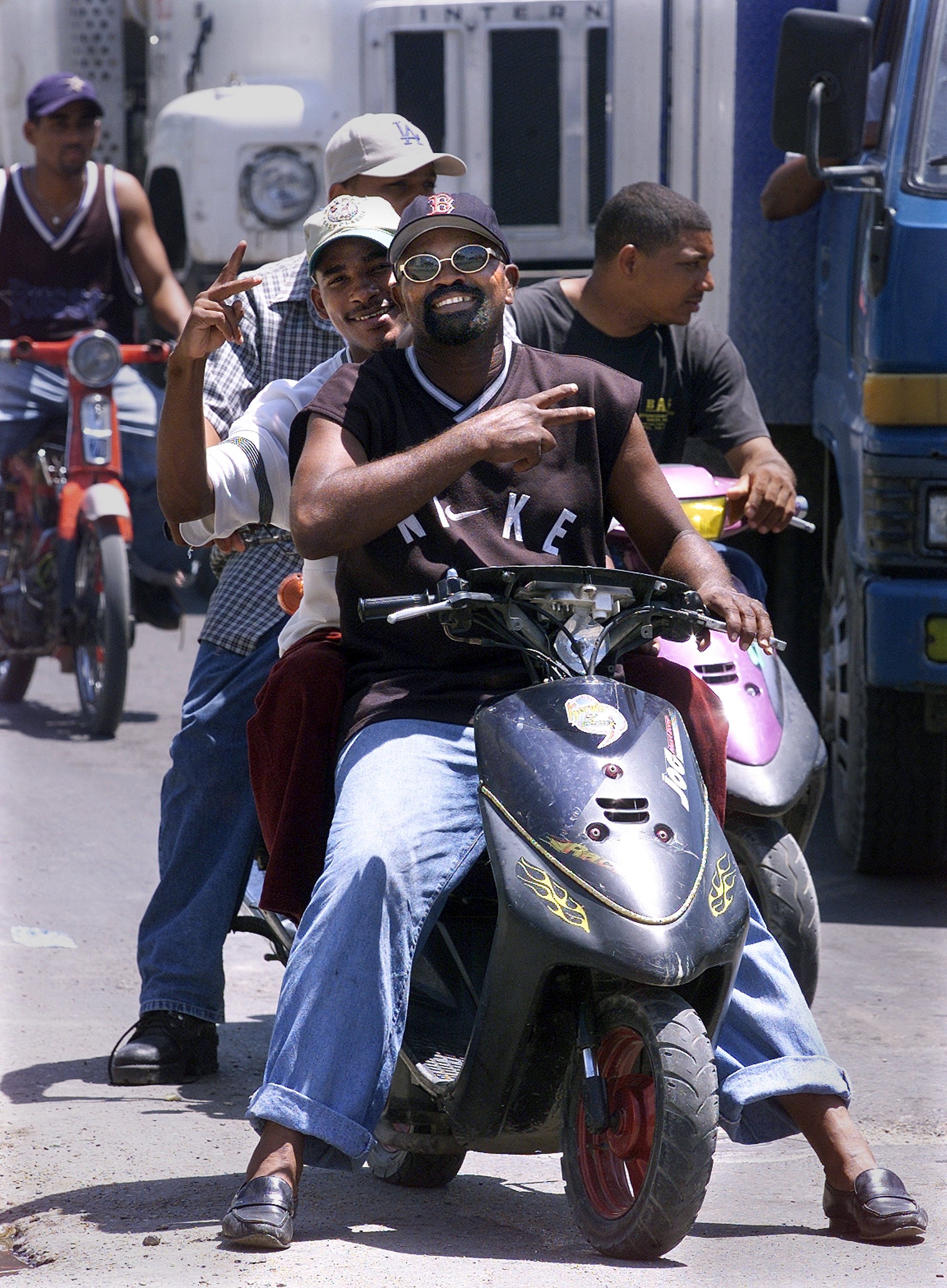
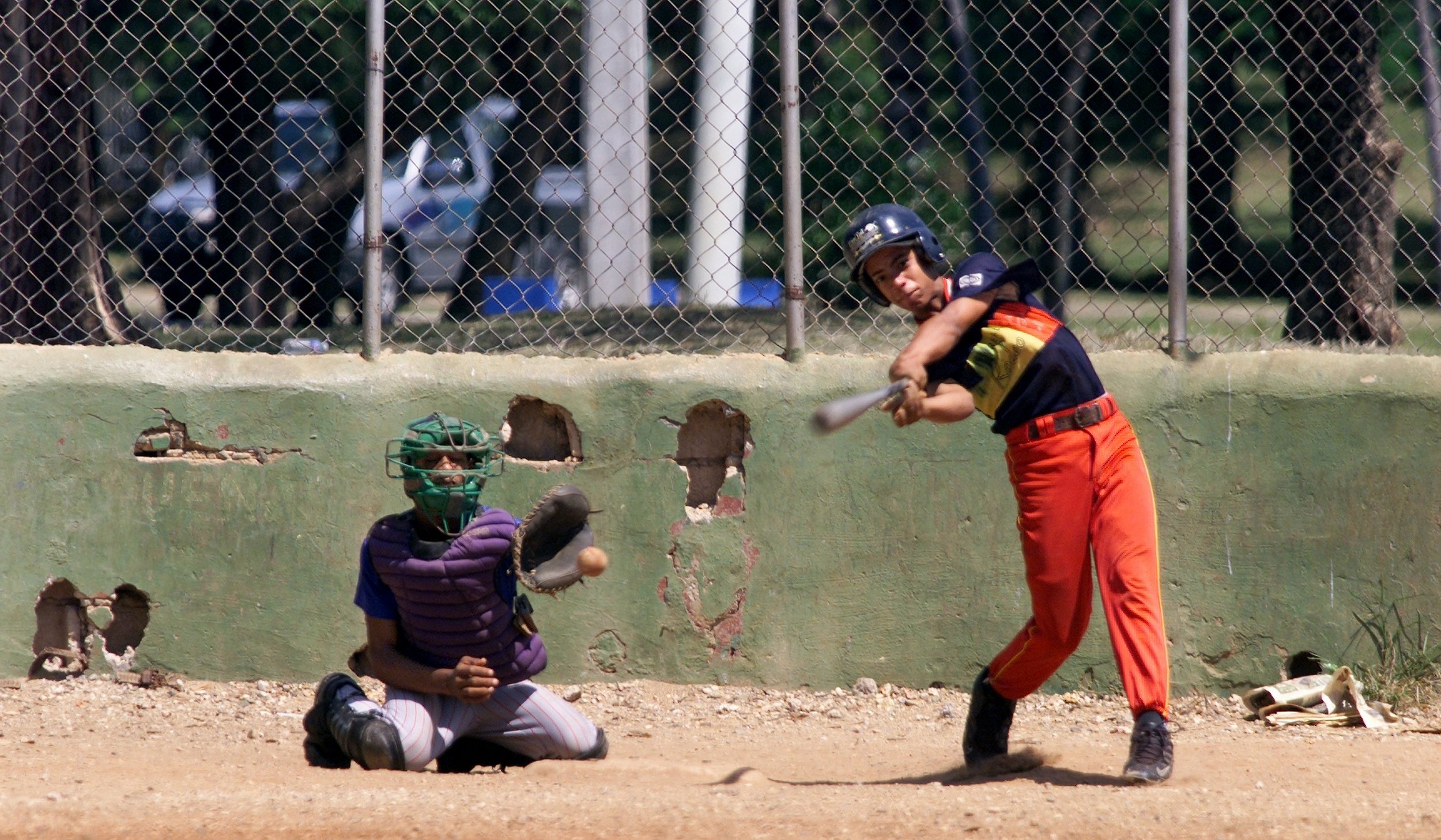

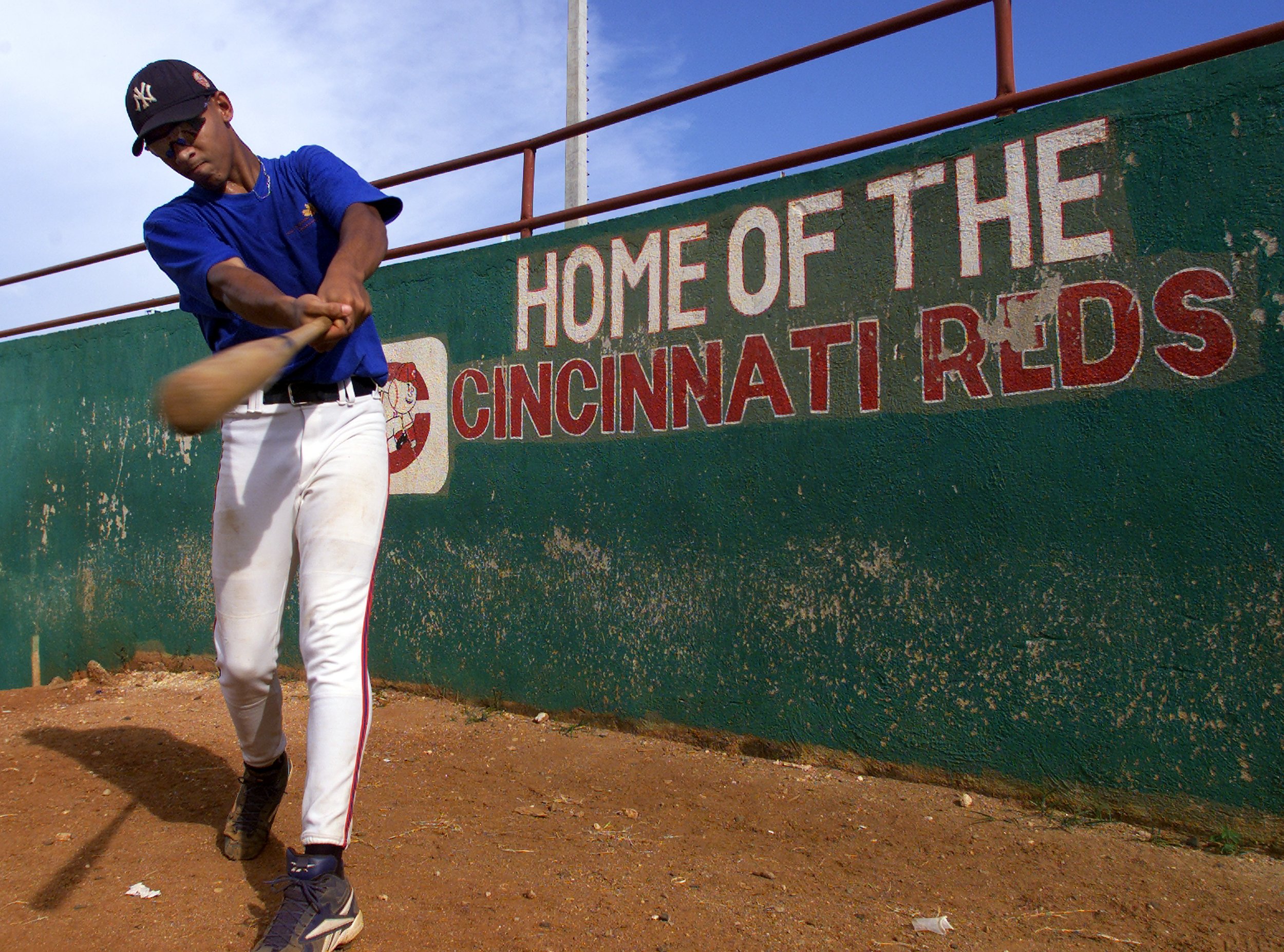

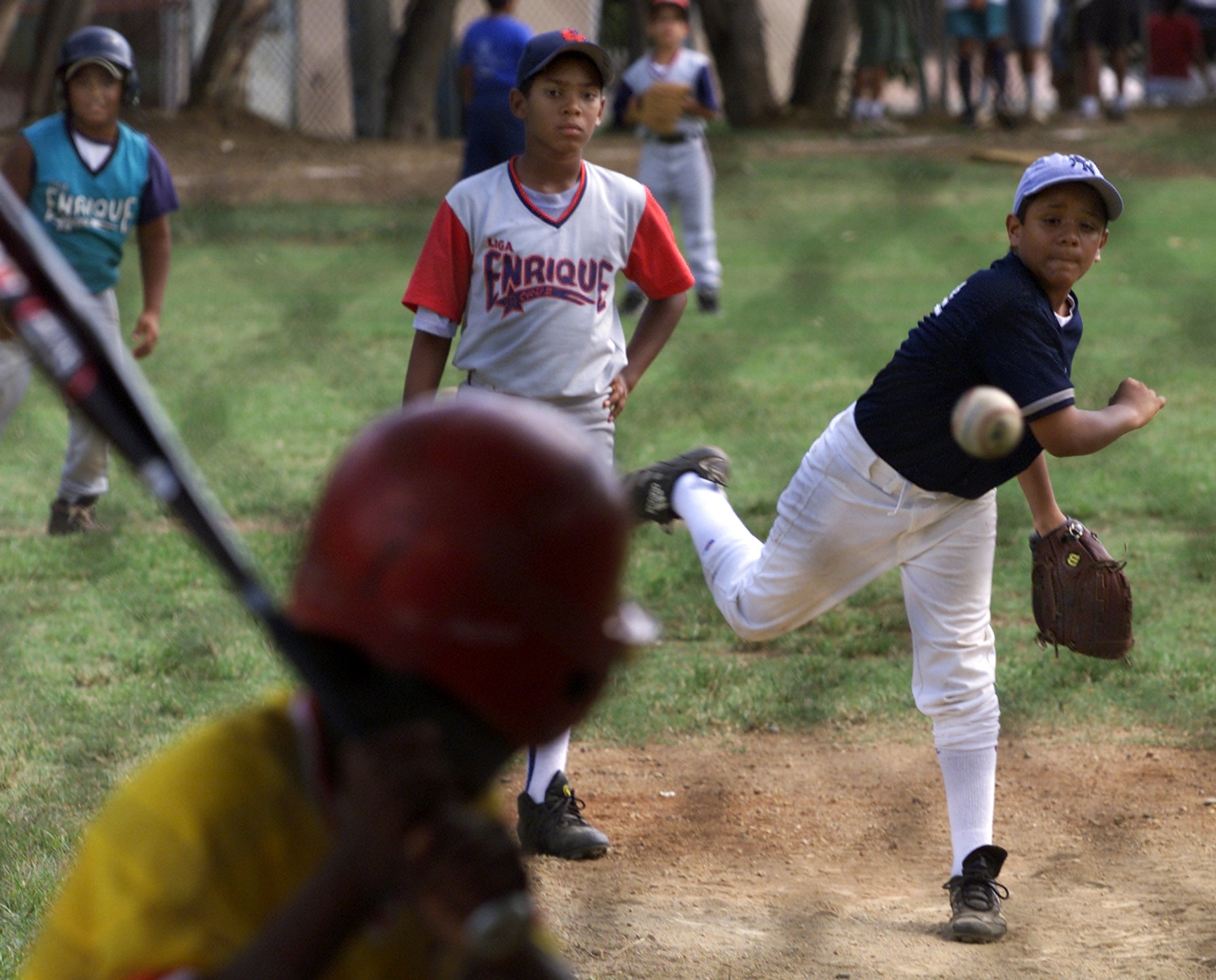
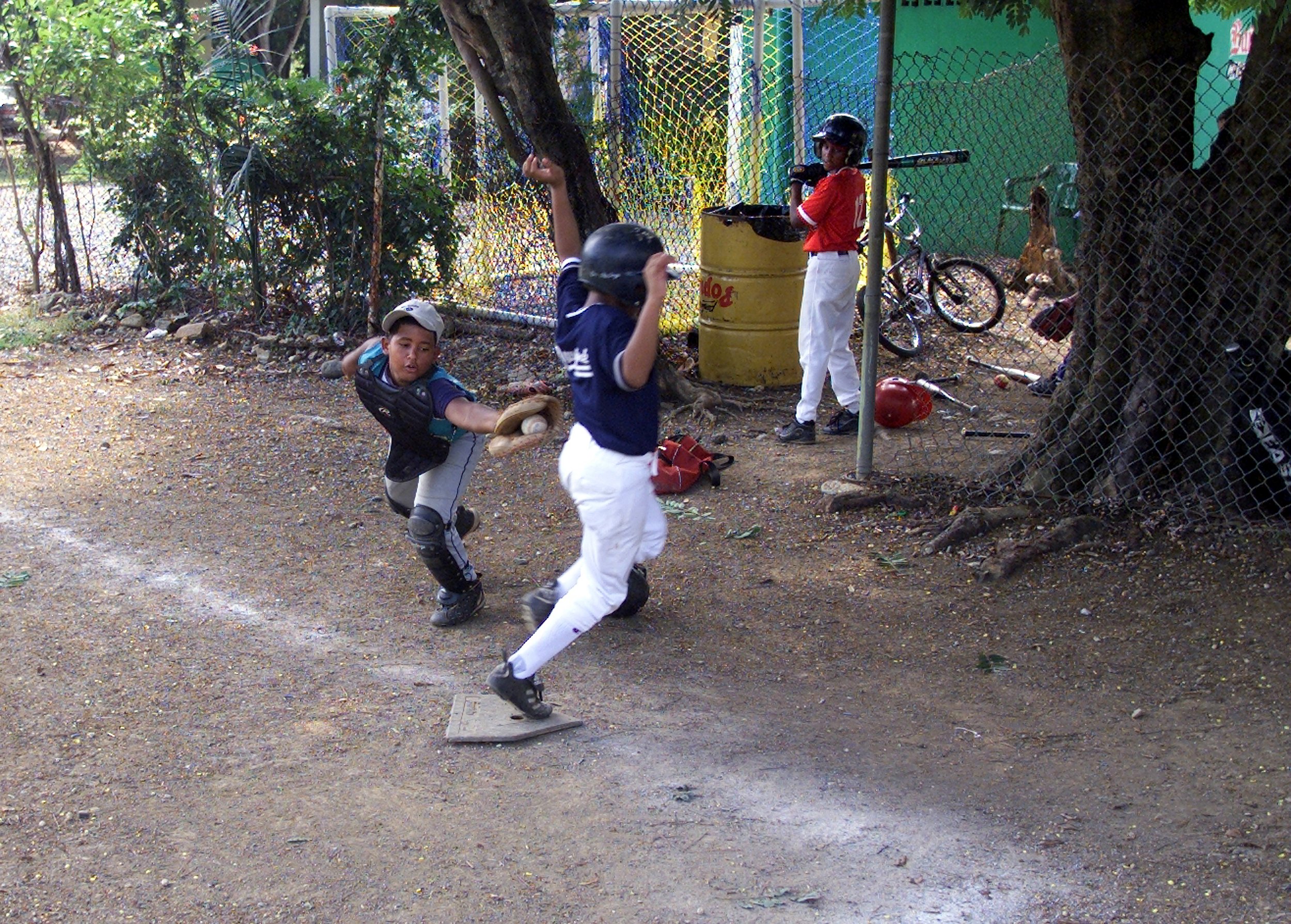
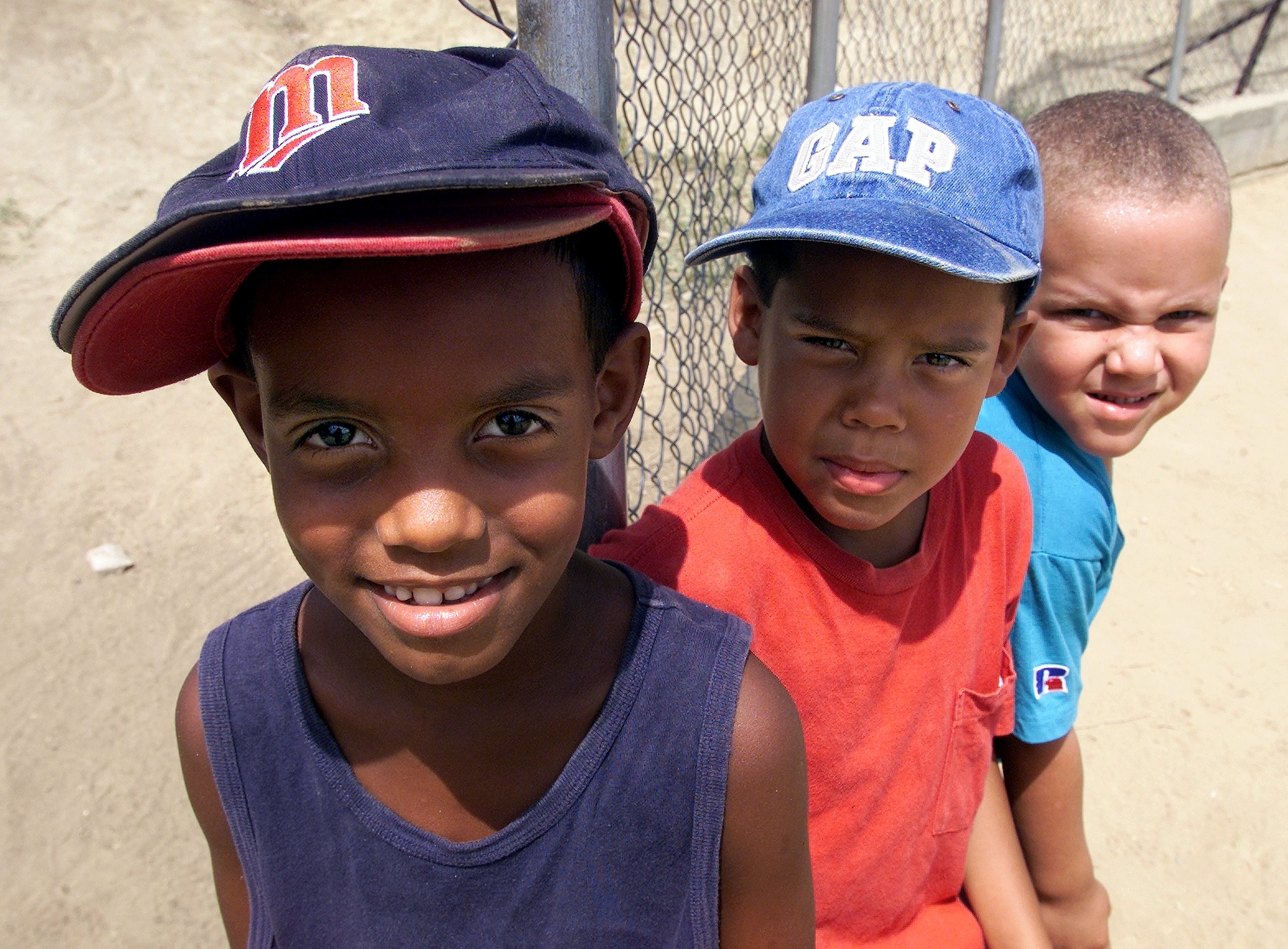
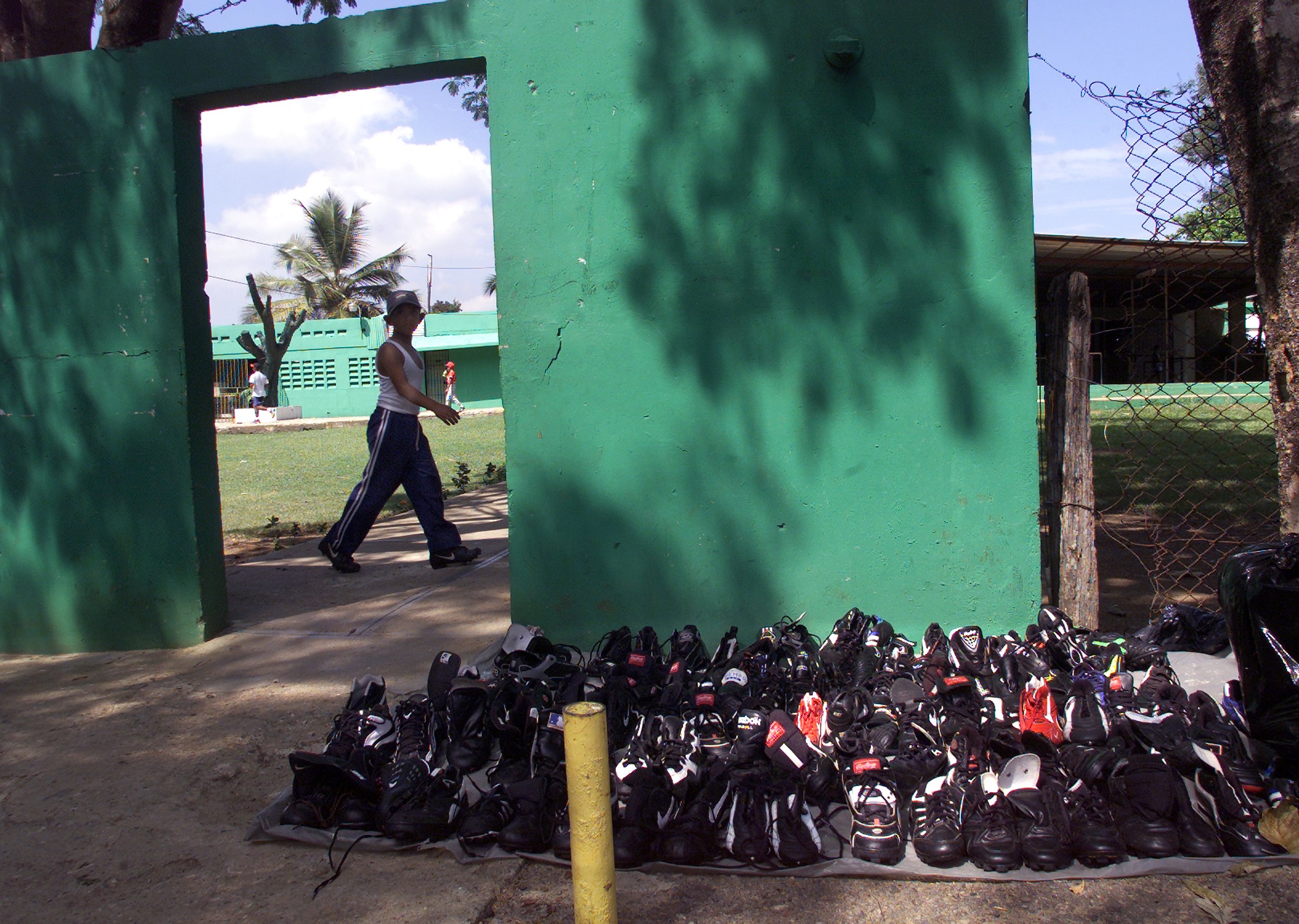
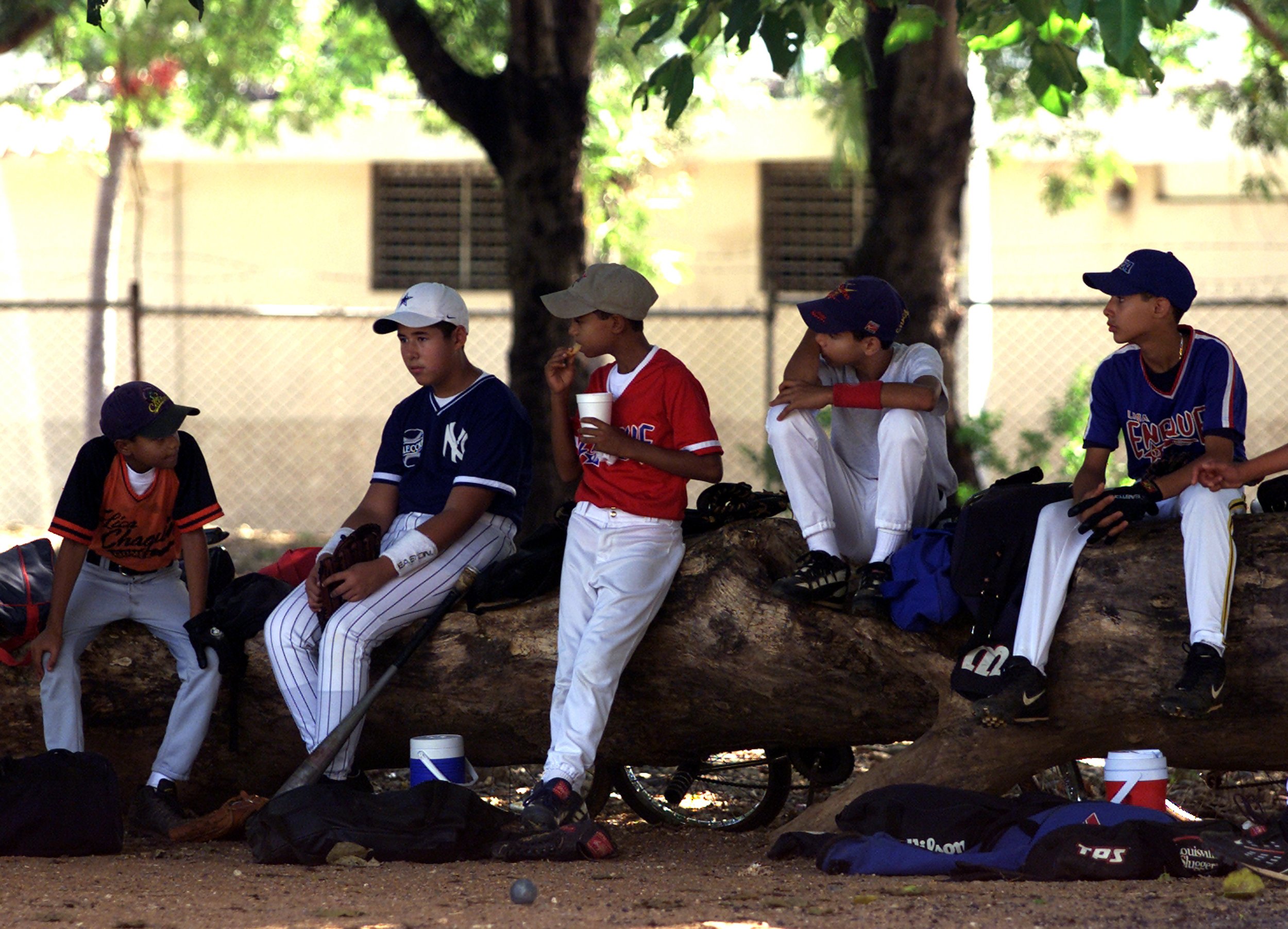
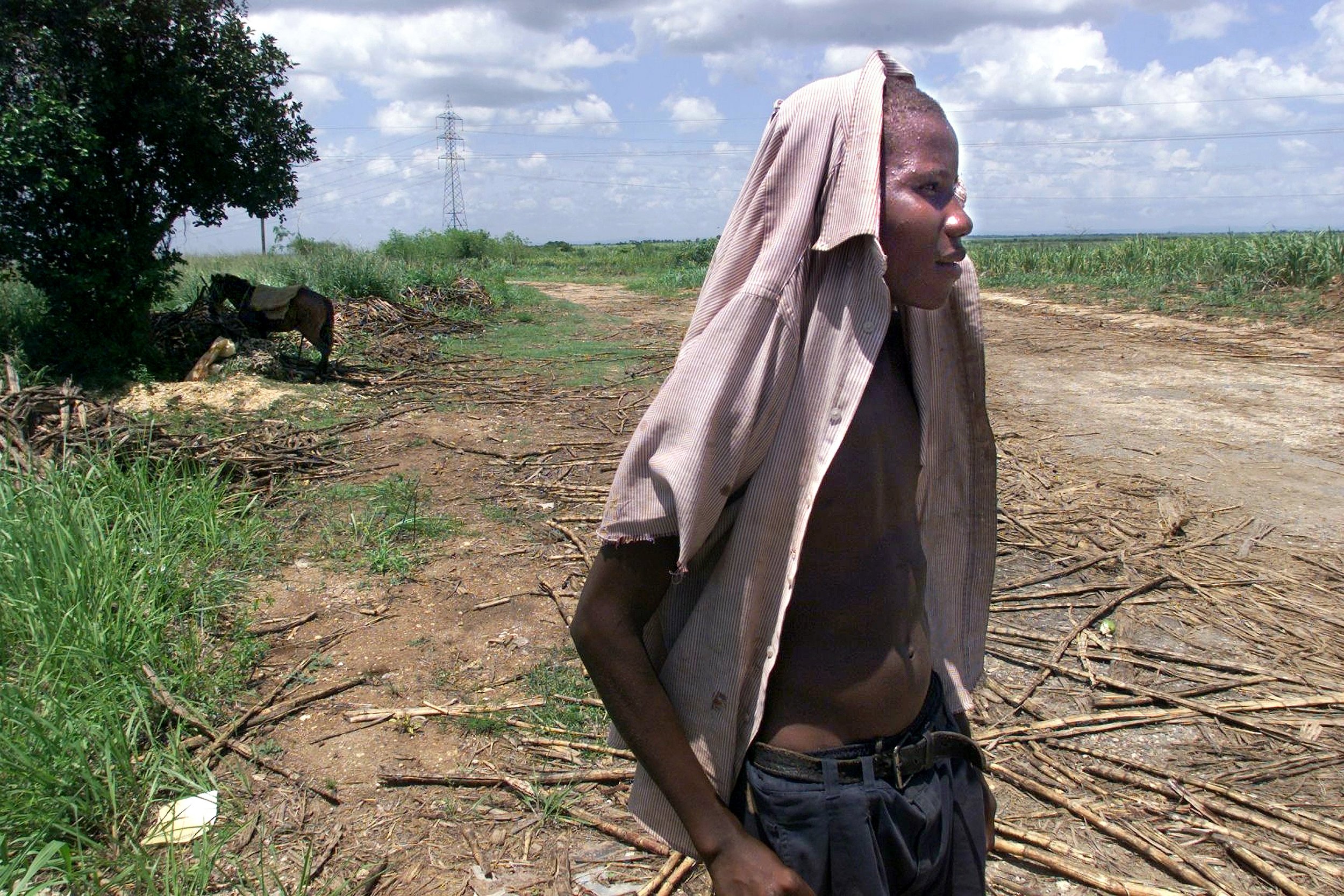
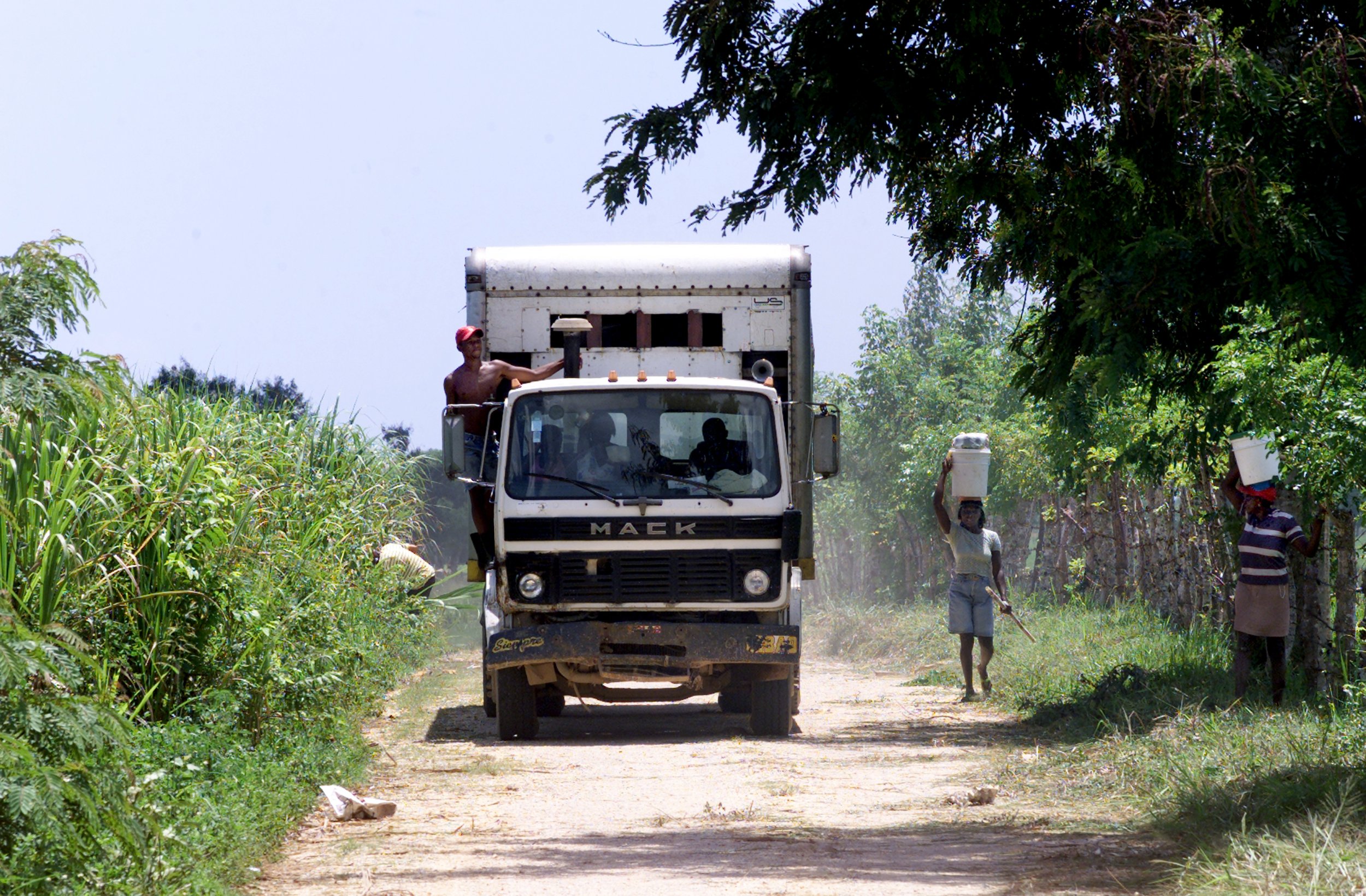
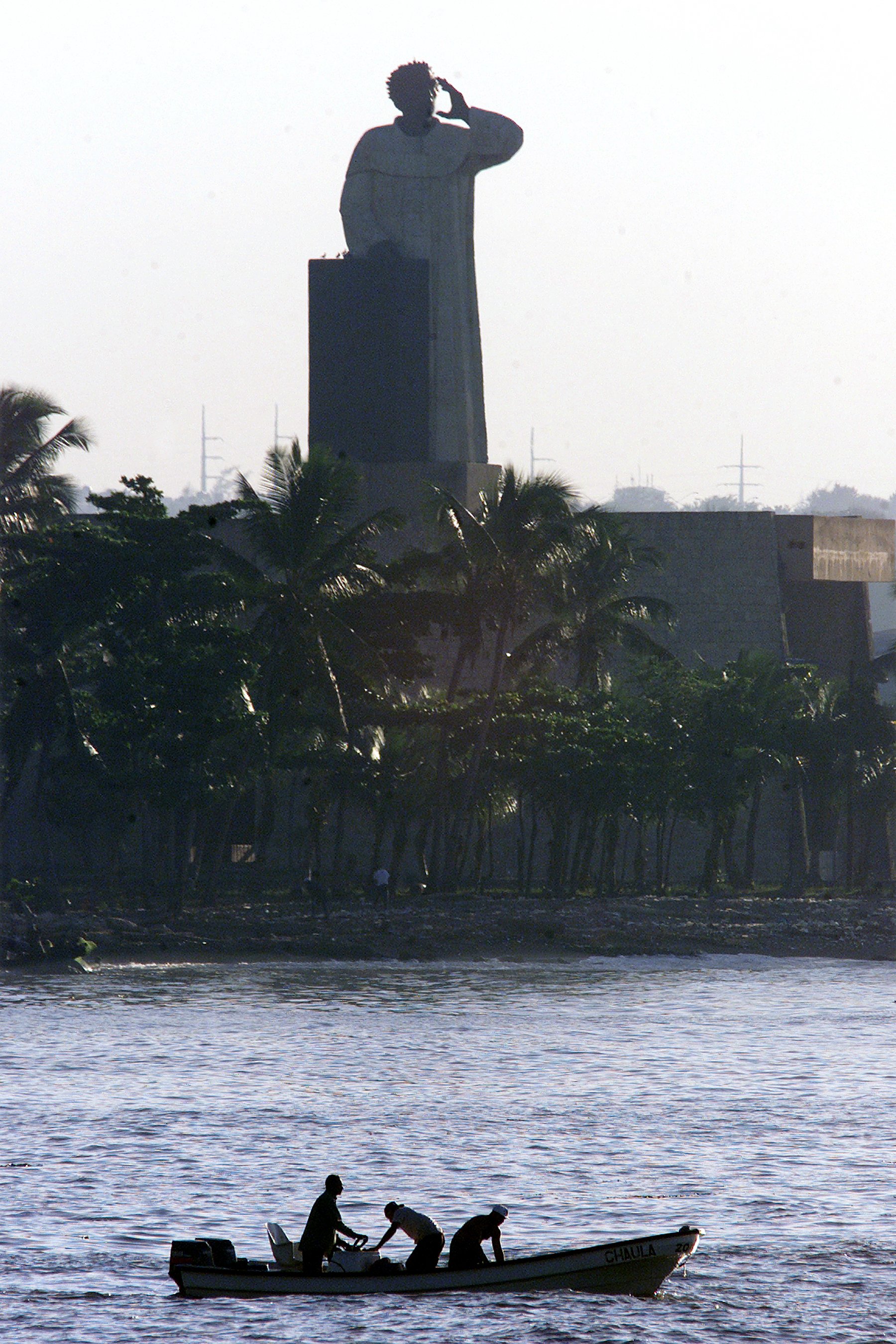
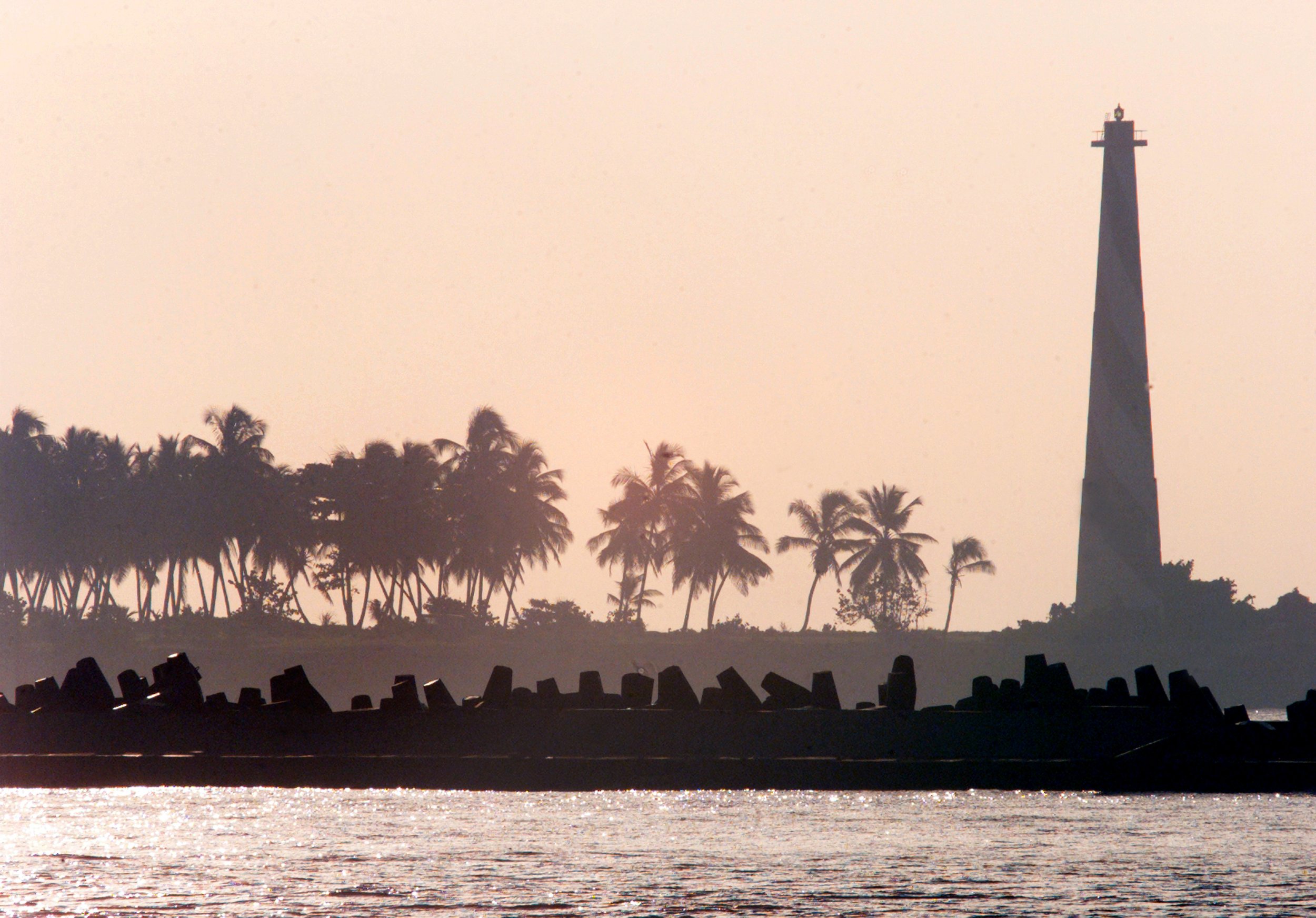
SUPERBOWL XLVIII
Seattle Seahawks defeat the Denver Broncos 43-8 at MetLife Stadium
In 2014, MetLife Stadium was the first cold weather stadium to host a Super Bowl where the Denver Broncos clashed with the Seattle Seahawks, amidst much concern over an approaching snowstorm, But the weather turned out to be unseasonably warm and dry. The game unfolded with intense anticipation, however, it was a lopsided game with the Seahawks dominating Payton Manning and the Broncos 43-8. It was the first-ever Super Bowl title for Seahawks, head coach Pete Carroll, and the game’s MVP quarterback Russell Wilson. There was a dazzling halftime show featuring Bruno Mars and the Red Hot Chili Peppers. The snowstorm held off just in time, dropping six inches of snow on North Jersey the next morning.
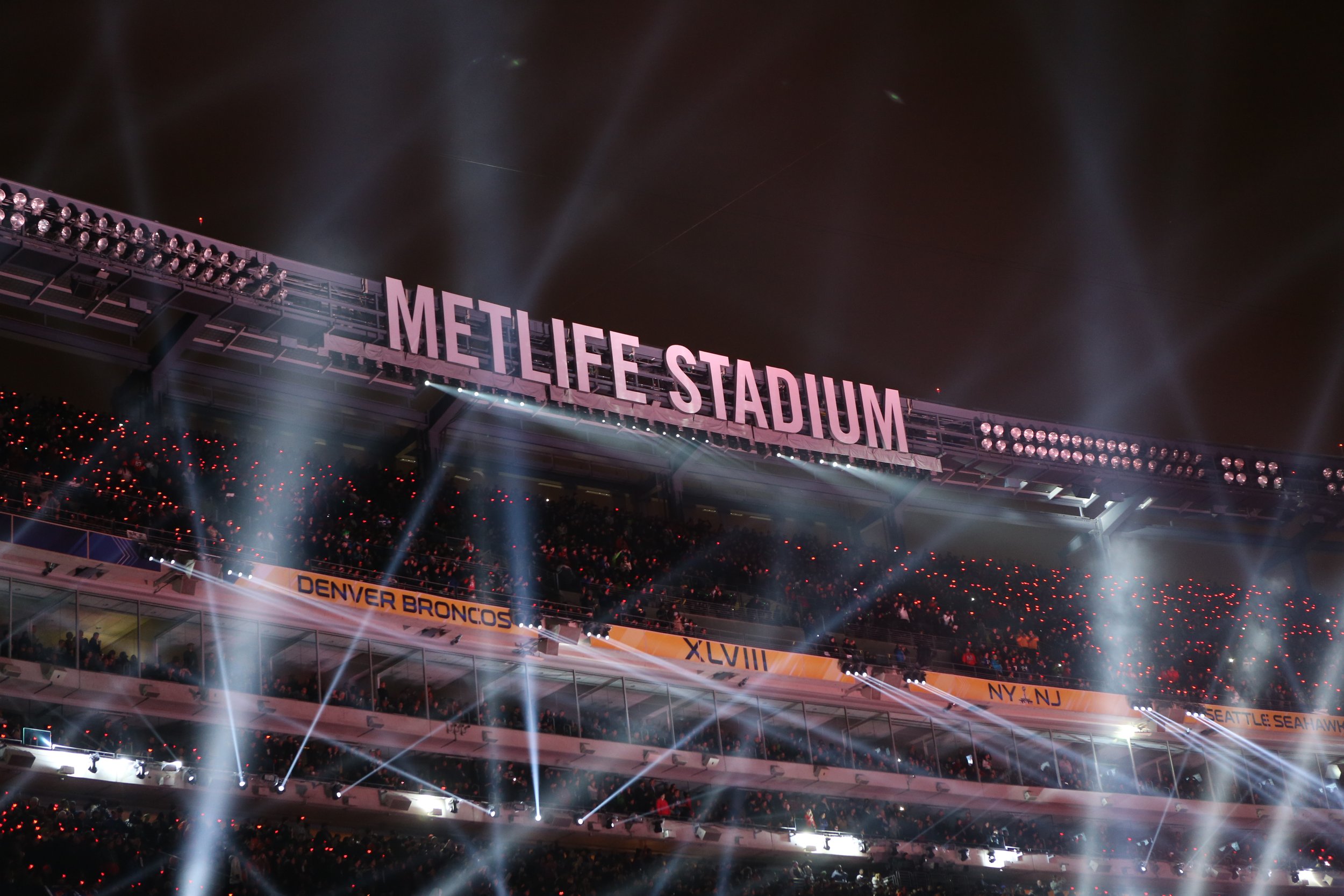
SUPERBOWL XLVIII, MeLife Stadium
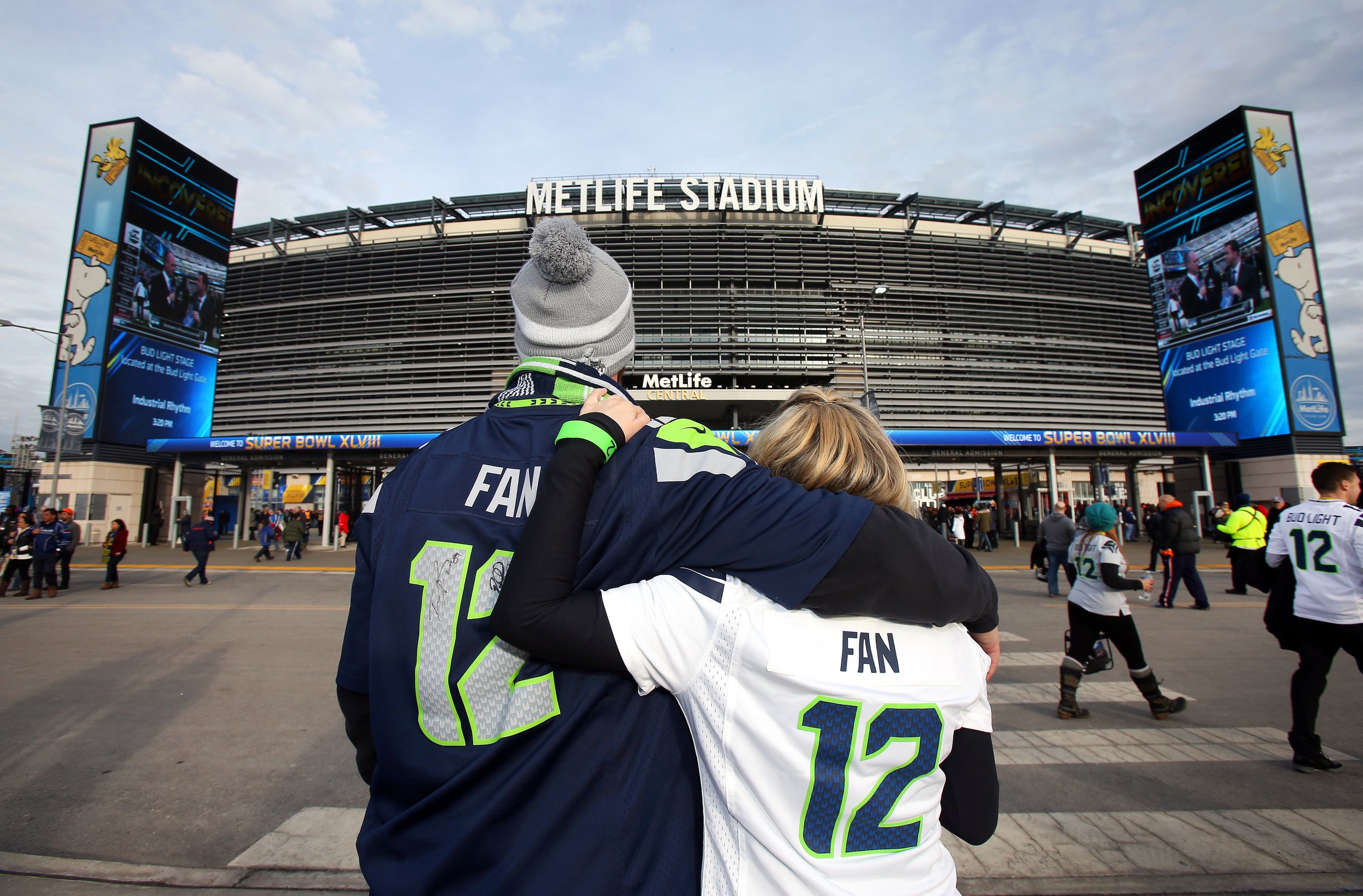
SUPERBOWL XLVIII, Seahawks fans arrive MeLife Stadium
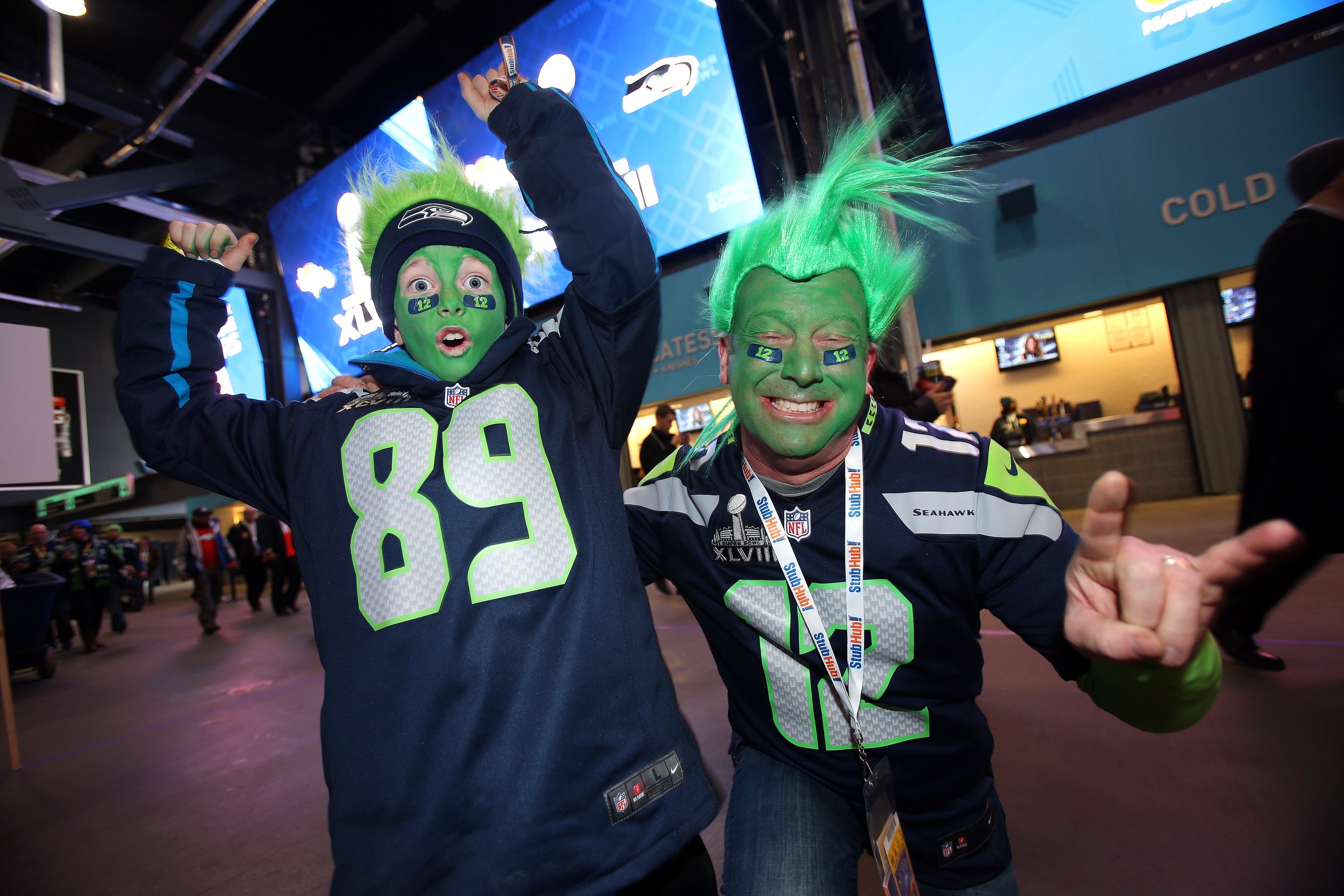
SUPER BOWL XLVIII: Seahawks fans arrive at MetLife Stadium

SUPER BOWL XLVIII: Broncos fans arrive at MetLife Stadium
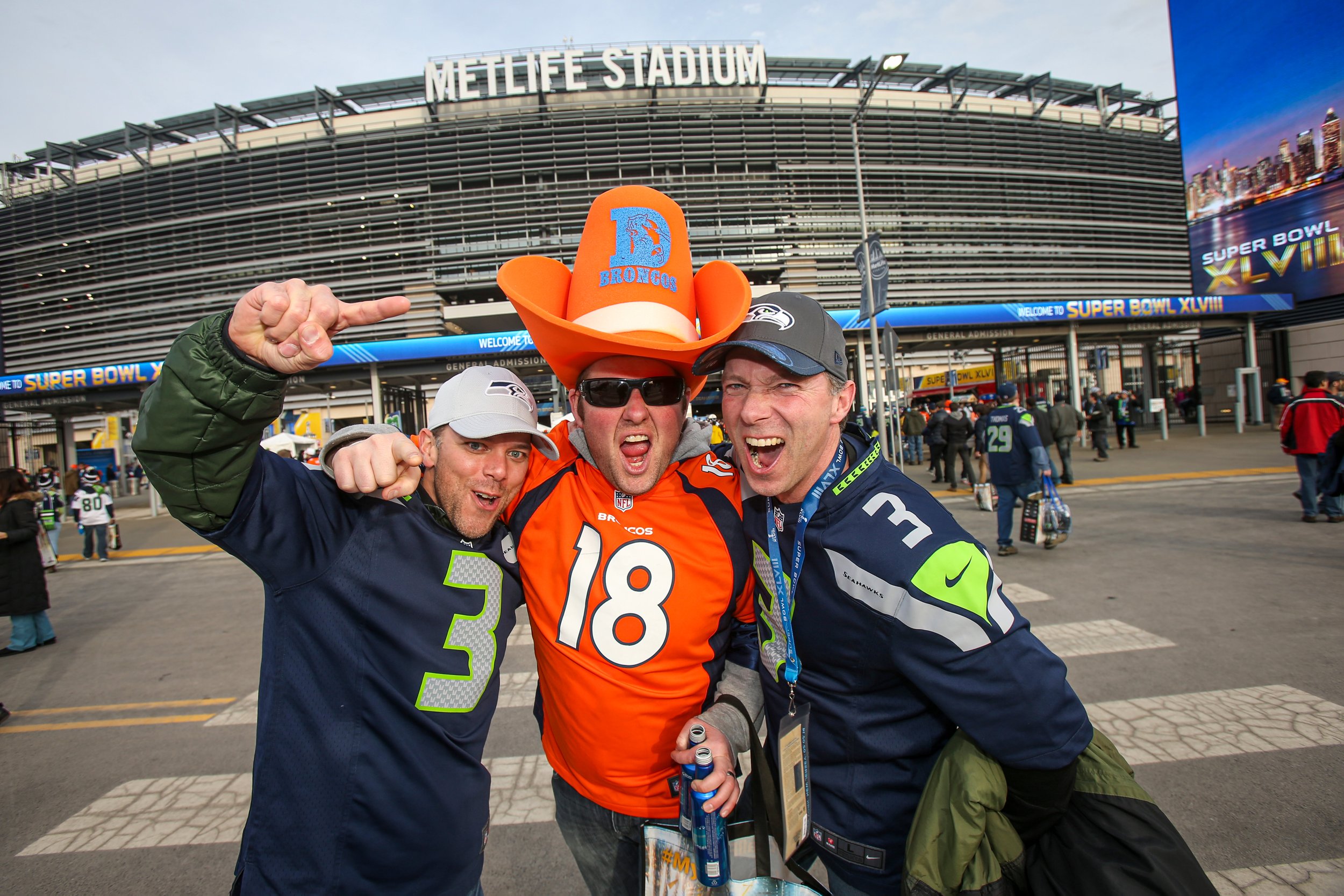
SUPER BOWL XLVIII: Broncos and Seahawks fans arrive at MetLife Stadium
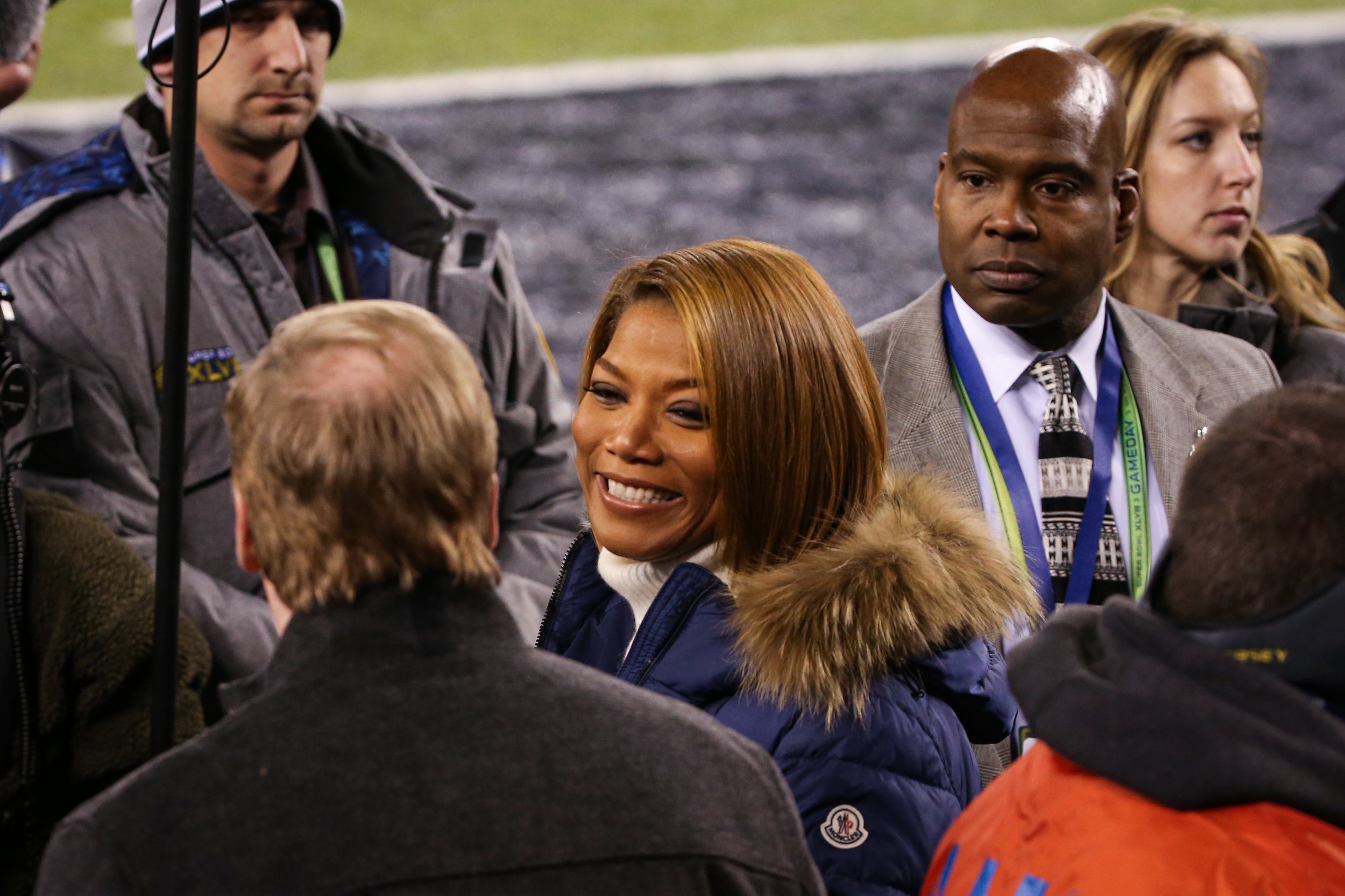
SUPER BOWL XLVIII: Queen Latifa chats with NFL commissioner Roger Goodell on the field before the game at MetLife Stadium
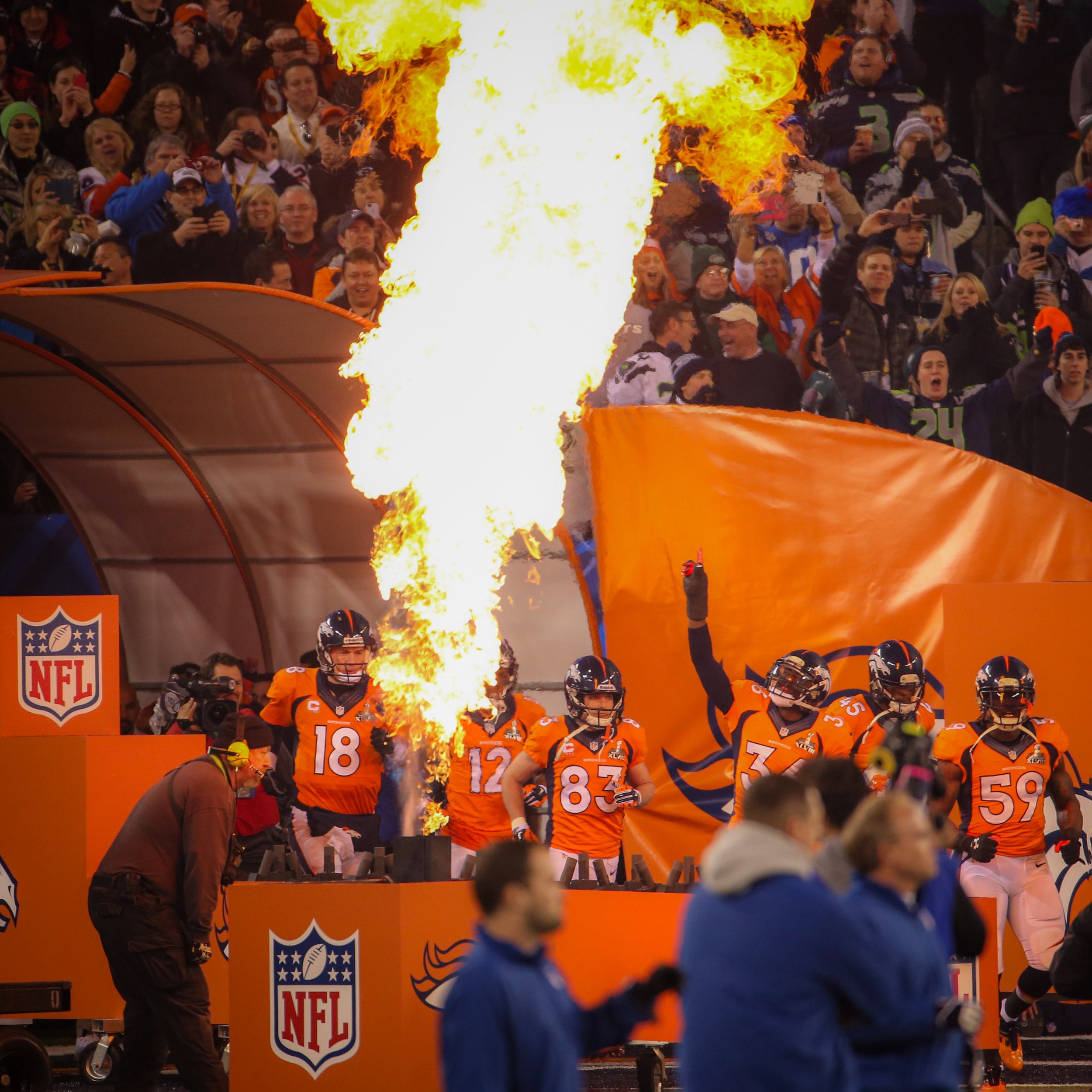
SUPER BOWL XLVIII: Peyton Manning and the Denver Broncos take the field at MetLife Stadium
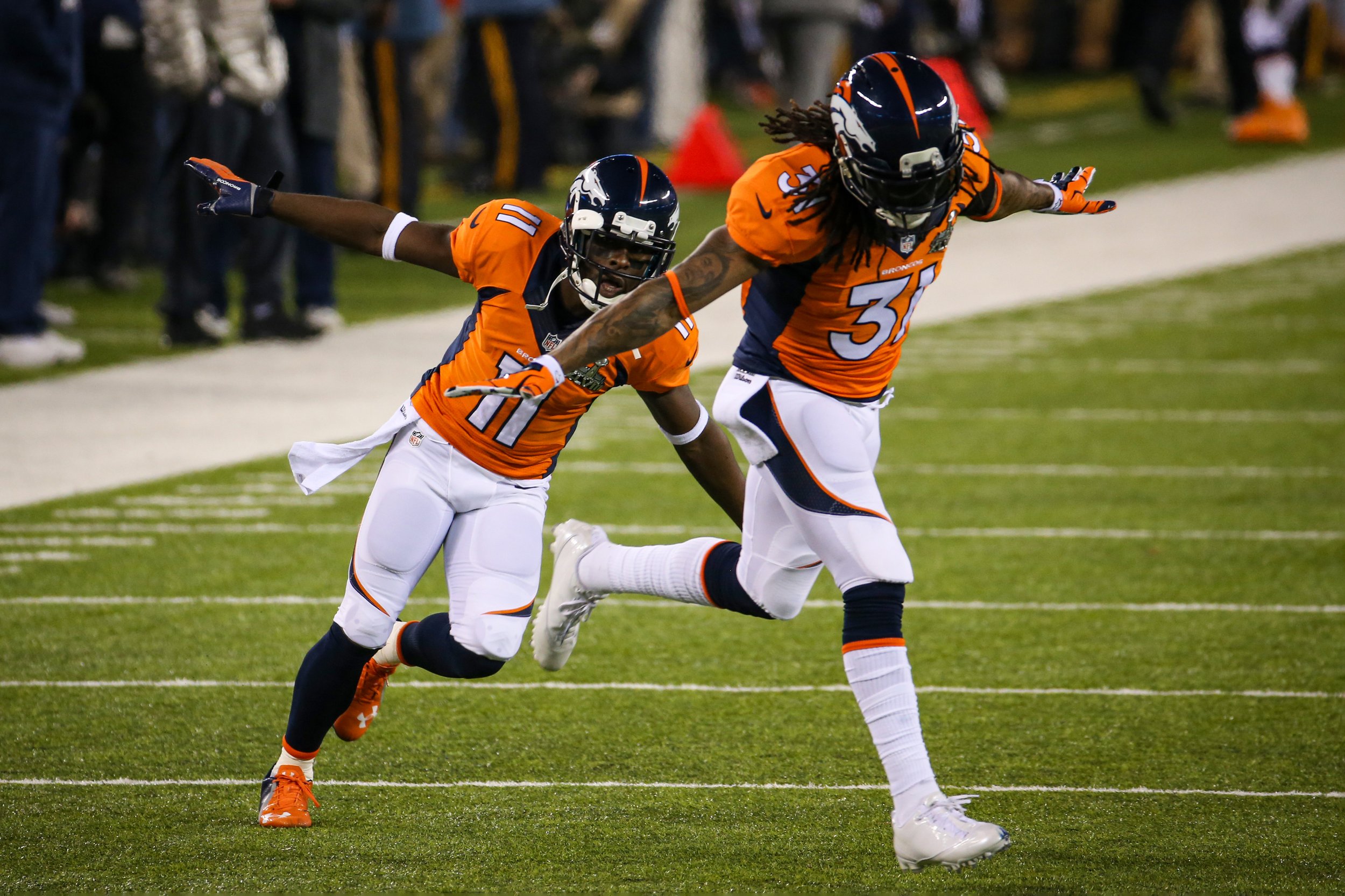
SUPER BOWL XLVIII: Denver Broncos take the field at MetLife Stadium
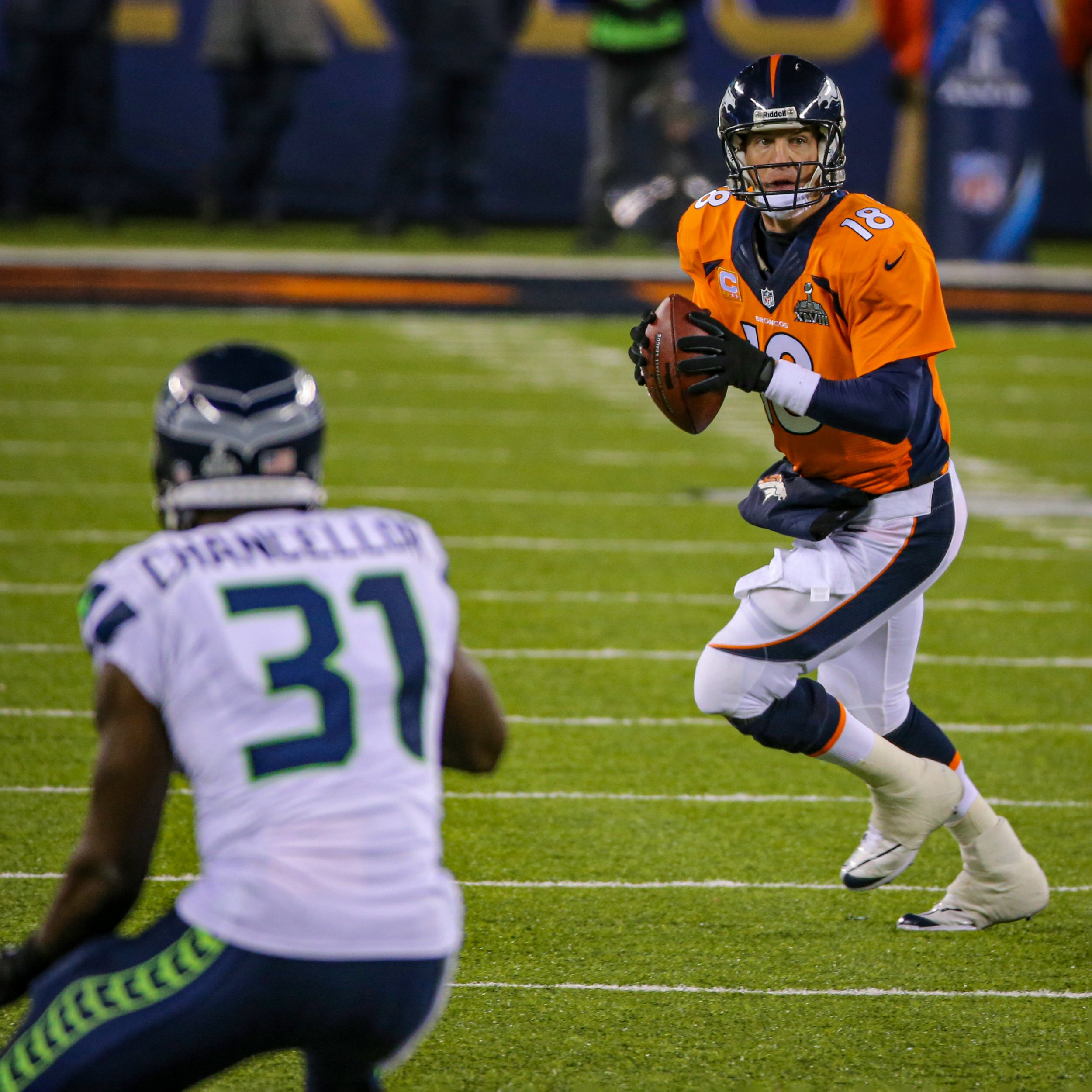
SUPER BOWL XLVIII: Peyton Manning looks for an open wide receiver against the Seahawks
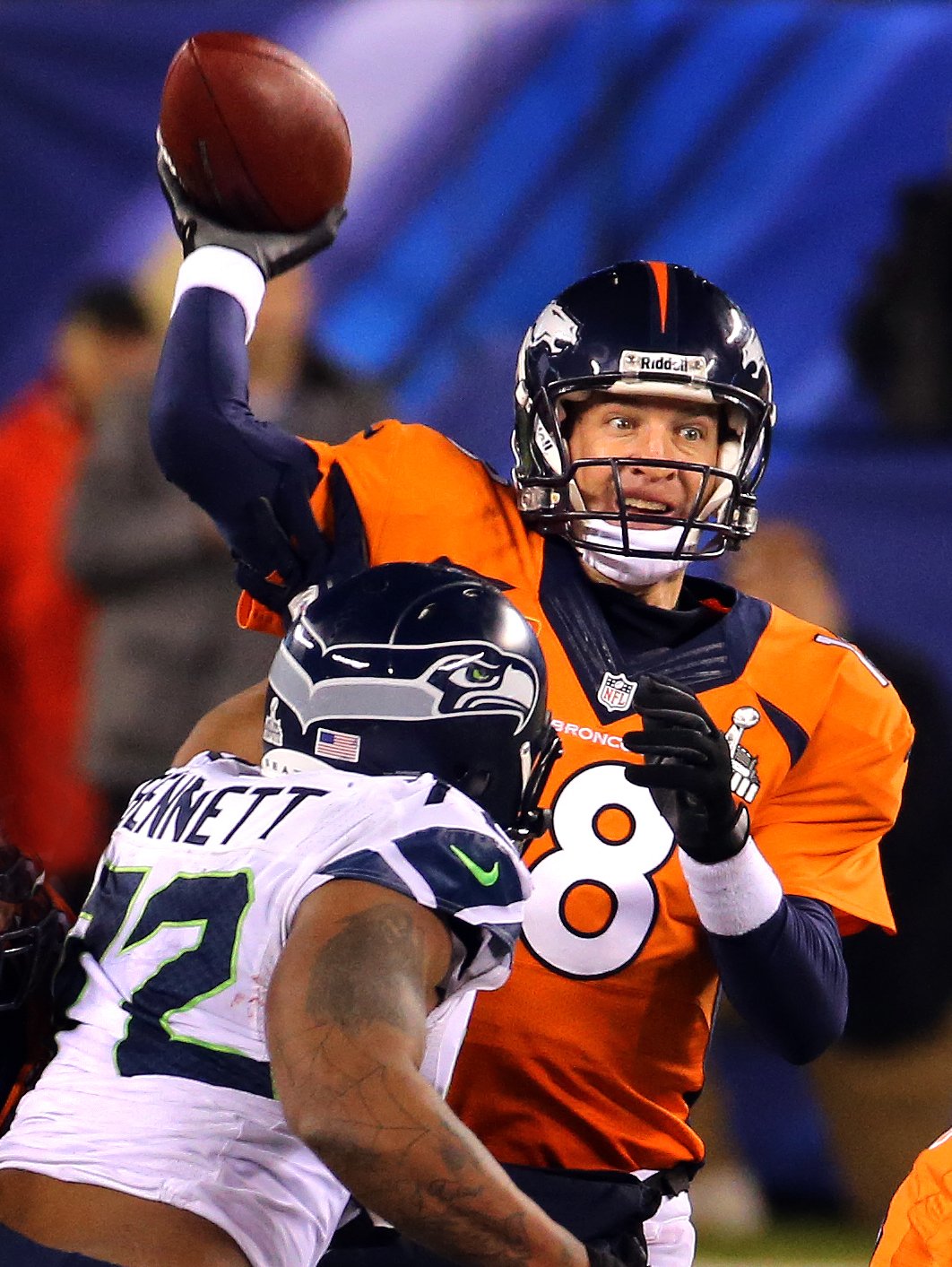
SUPER BOWL XLVIII: Peyton Manning looks for an open wide receiver against the Seahawks
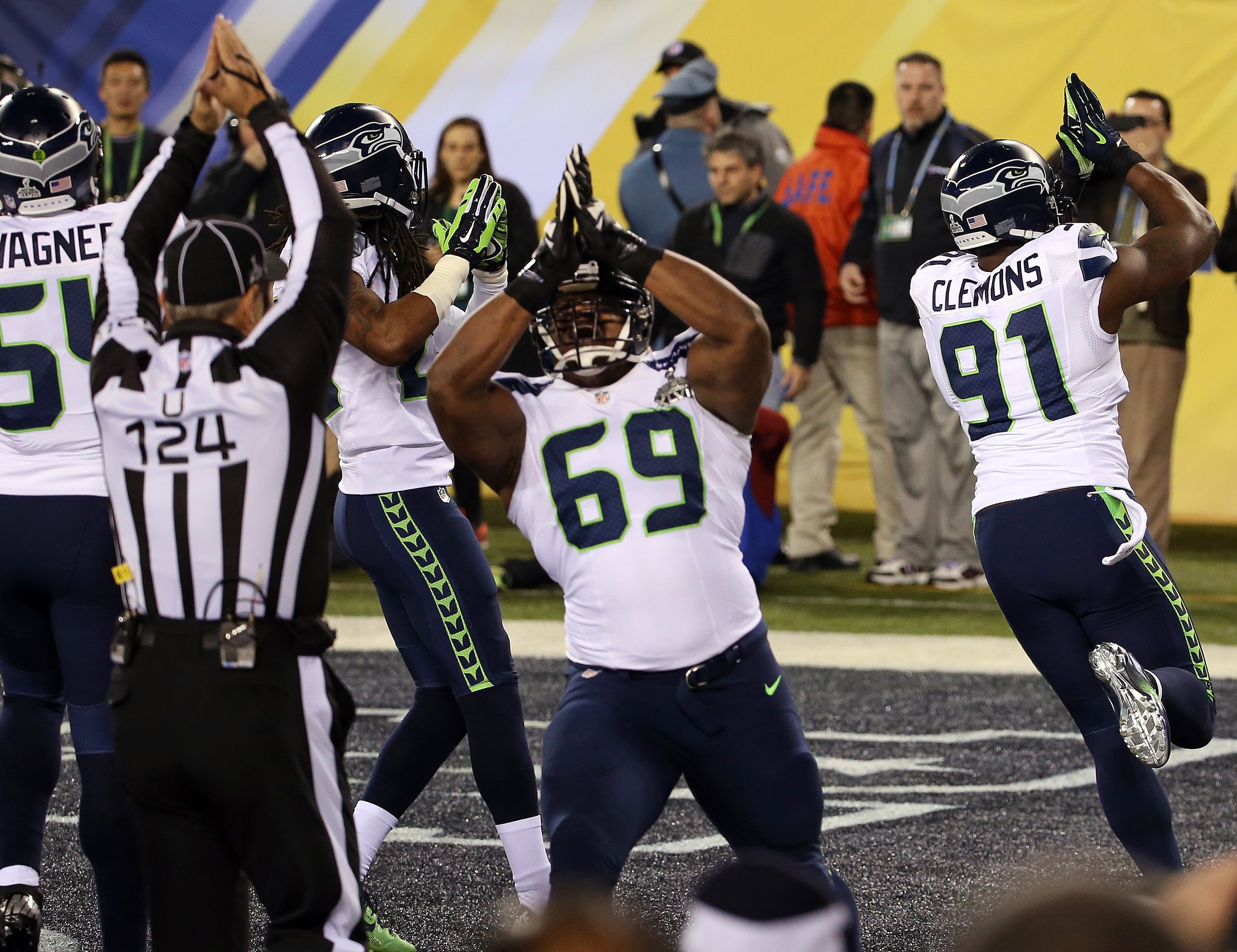
SUPER BOWL XLVIII: The Seahawks defense celebrates a safety in the first quarter
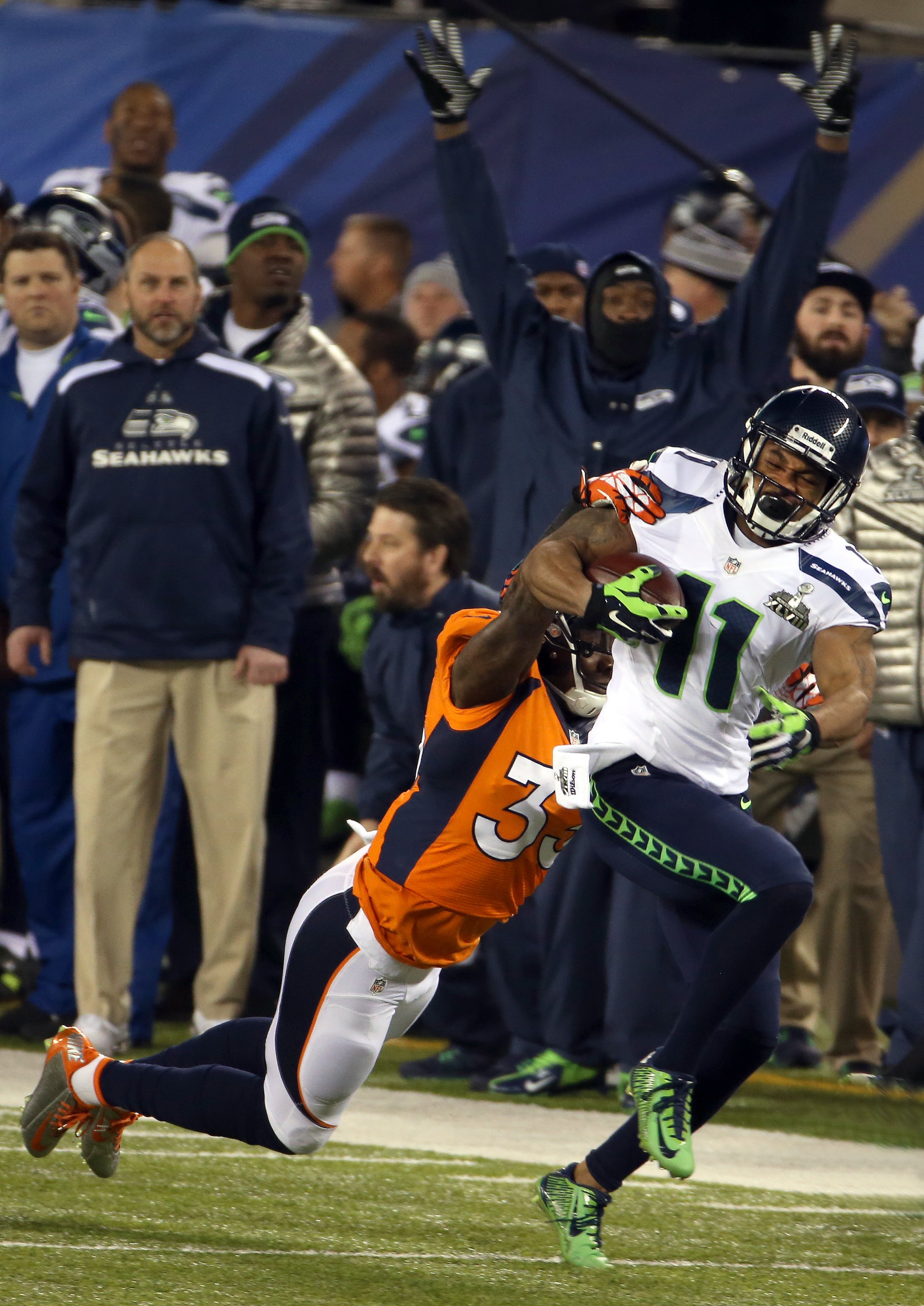
SUPER BOWL XLVIII: Seahawks player #11 Percy Harvin is tackled by Broncos player #33 Duke Ihenacho after a huge gain.
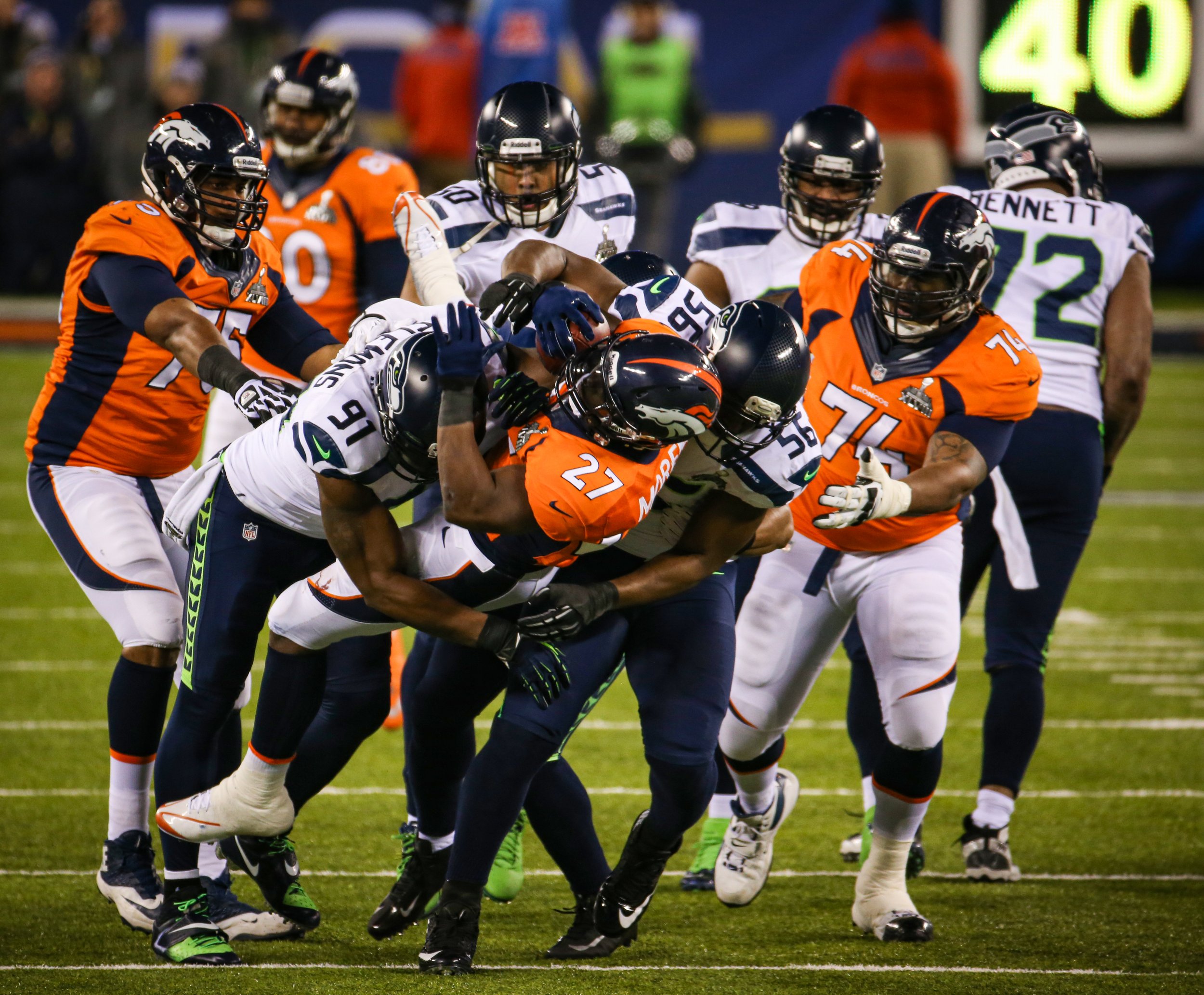
SUPER BOWL XLVIII

SUPER BOWL XLVIII: Seahawks wide receiver #15 Jermaine Kearse makes a grab

SUPER BOWL XLVIII: Seahawks defense recovers a fumble
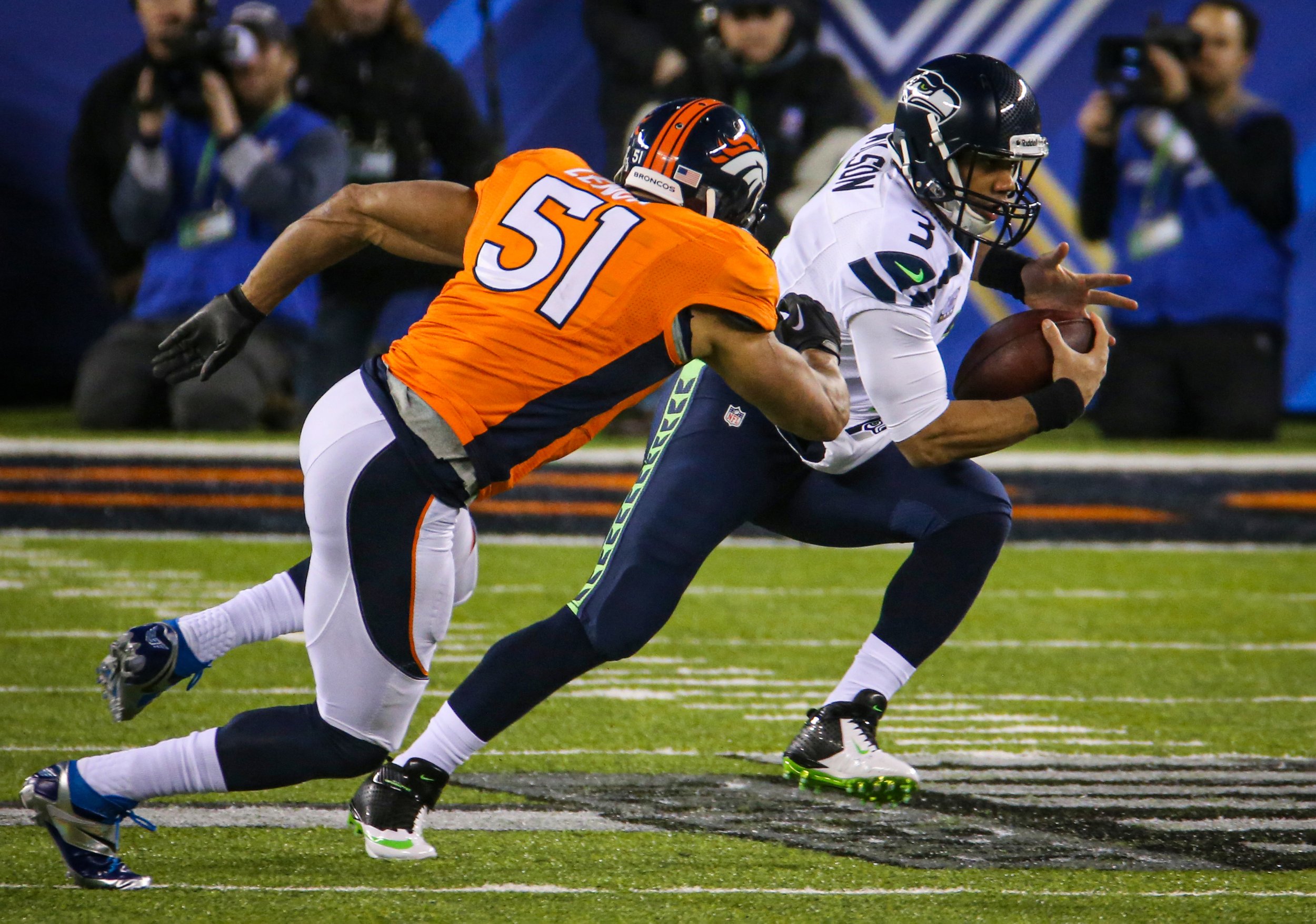
SUPER BOWL XLVIII: Seahawks quarterback Russell Wilson (3) evades the pass rush of Denver Broncos defender Paris Lenon

SUPER BOWL XLVIII: Seahawks wide receiver Jermaine Kearse (15) celebrates scores a touchdown against the Broncos
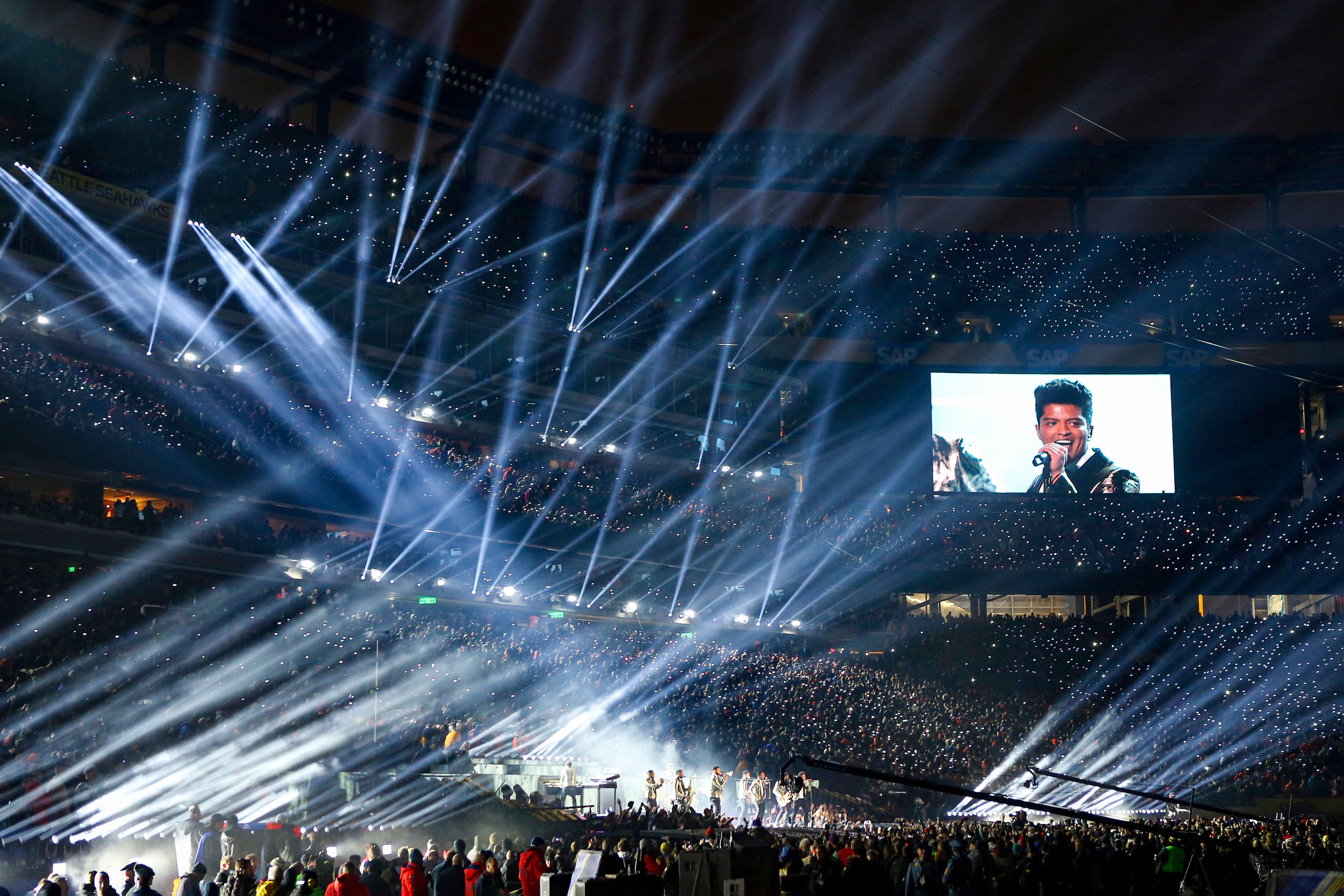
SUPER BOWL XLVIII: Bruno Mars, along with the Red Hot Chili Peppers were the highlights of the halftime show that featured a dazzling light show.
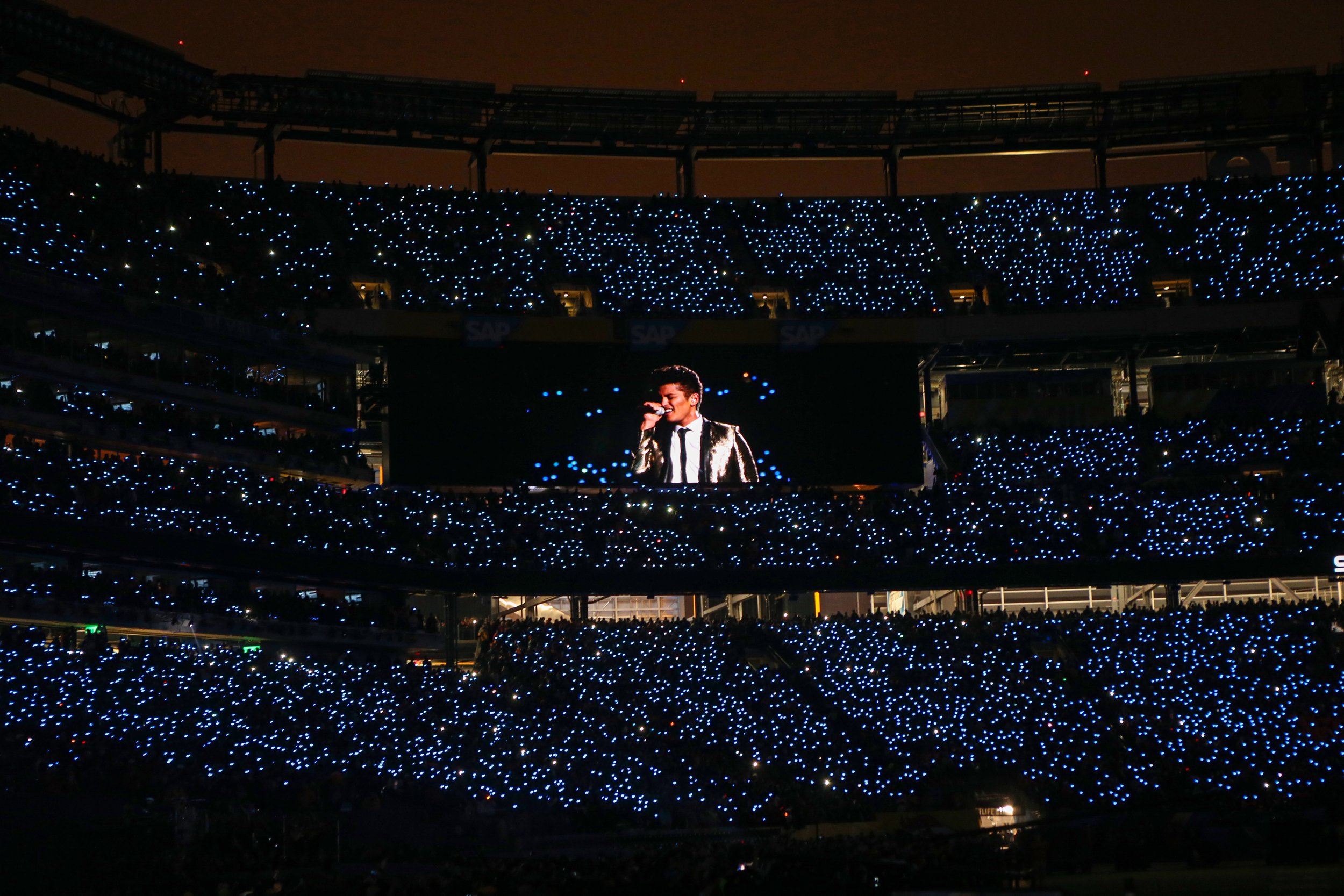
SUPER BOWL XLVIII: Bruno Mars, along with the Red Hot Chili Peppers were the highlights of the halftime show that featured a dazzling light show.

SUPER BOWL XLVIII: The Red Hot Chili Peppers, along with Bruno Mars, were the highlights of the halftime show that featured a dazzling light show.

SUPER BOWL XLVIII: Seahawks quarterback Russell Wilson (3) evades the pass rush of Denver Broncos defender Paris Lenon
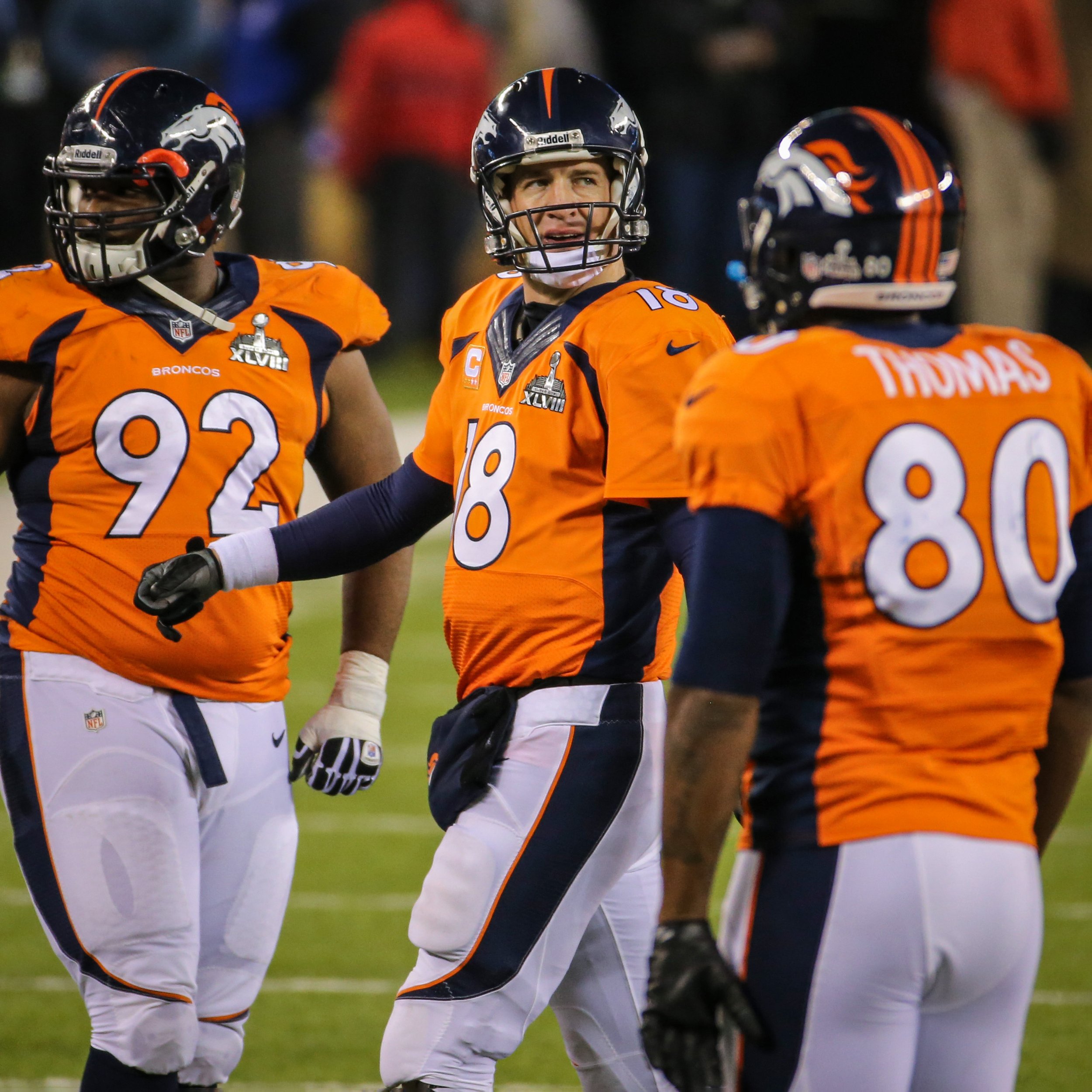
SUPER BOWL XLVIII: Denver Broncos Star quarterback Peyton Manning looked frustrated throughout the game

SUPER BOWL XLVIII: Seahawks head coach Pete Carroll is congratulated by quarterback Russell Wilson and other players as the game draws to a close
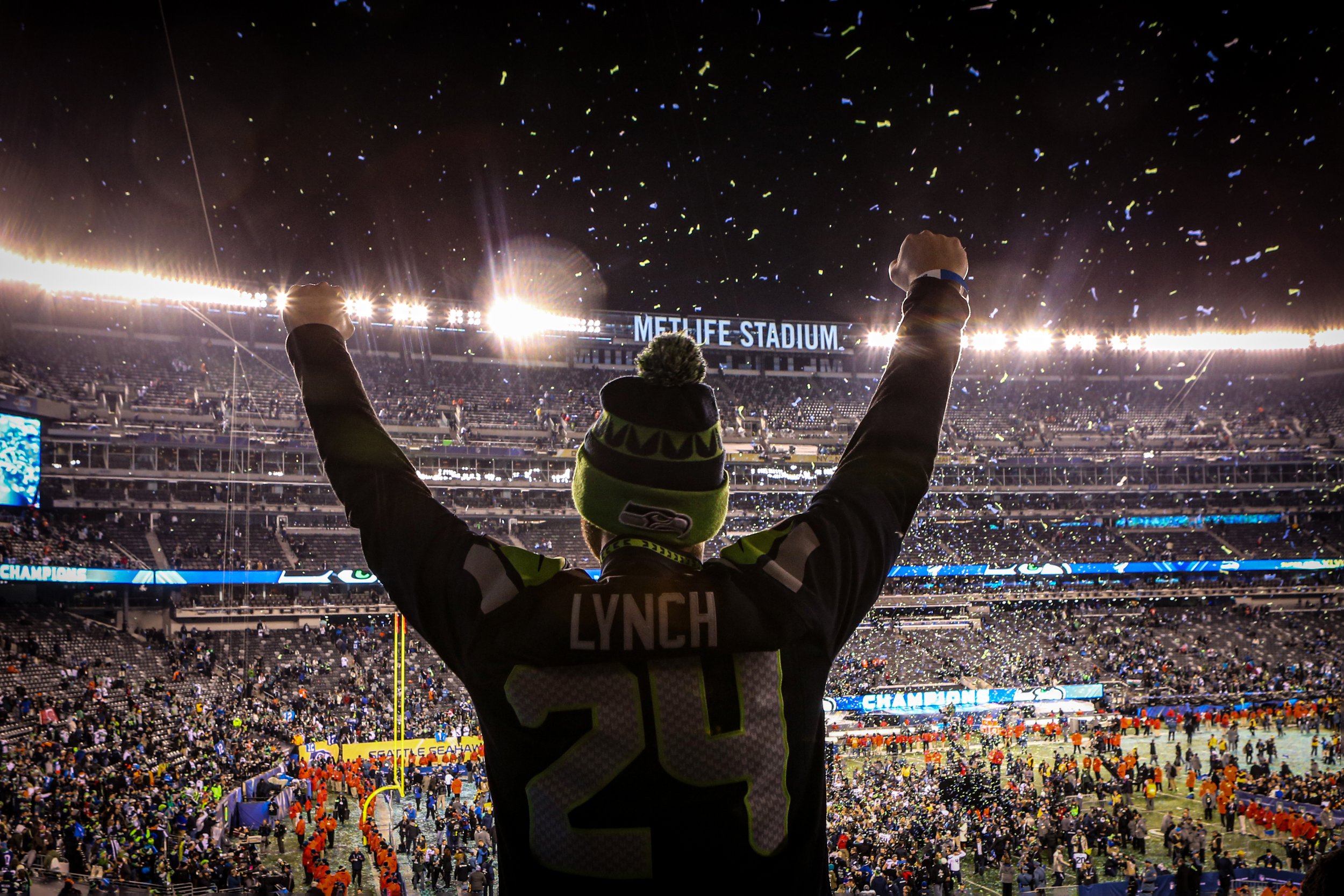
SUPER BOWL XLVIII: Seahawks fan raises arms in victory after his team defeated the Denver Broncos 43- 8

SUPER BOWL XLVIII: Seahawks quarterback Russell Wilson was named the game's MVP
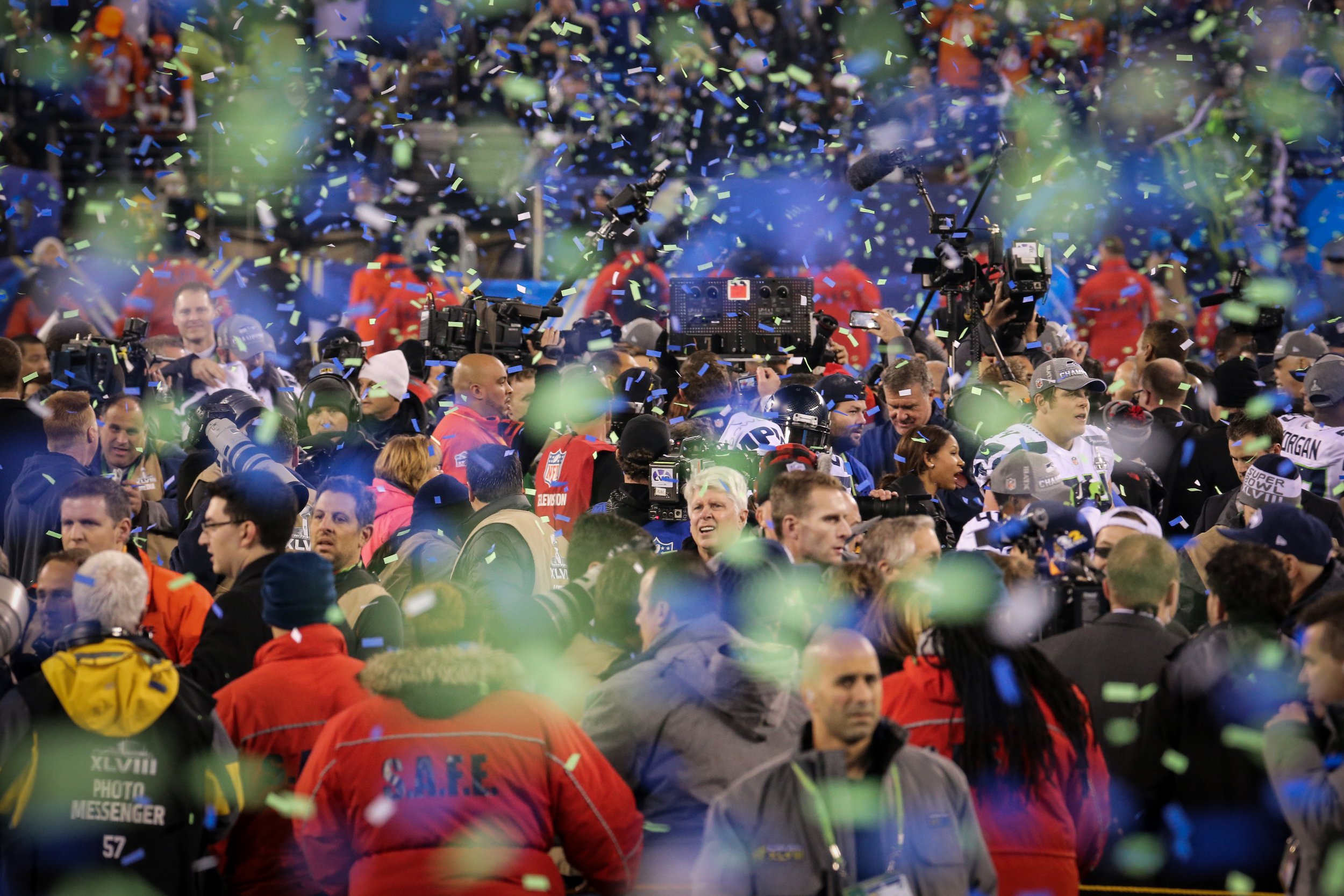
SUPER BOWL XLVIII: Paper confetti falls as a celebration begins, after the Seahawks defeated the Denver Broncos 43- 8
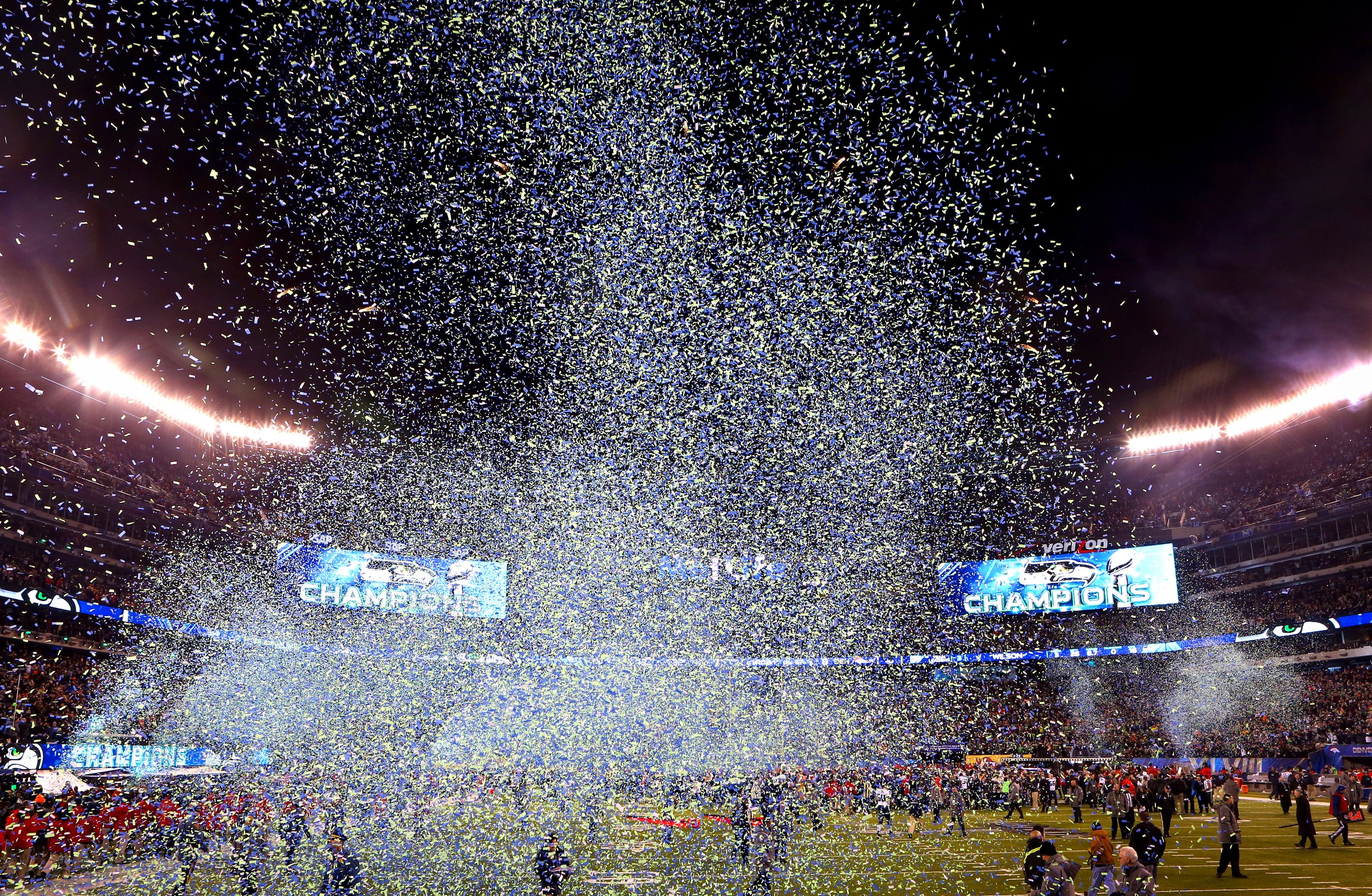
SUPER BOWL XLVIII: Paper confetti falls as a celebration begins, after the Seahawks defeated the Denver Broncos 43- 8

SUPER BOWL XLVIII: The day after the Super Bowl, a snowstorm dropped 6 inches of snow at MetLife Stadium
letchworth
Abandoned asylum remains a chilling reminder of psychiatric facilities of the past
Letchworth Village was considered a model institution for the physically and mentally disabled in the early 20th Century. But after decades of inadequate funding and reports of abuse, it closed in 1996. Since then, its once impressive field stone buildings have fallen into disrepair. The ruins of the abandoned institution in Rockland County, NY, remain a chilling reminder of psychiatric facilities of the past
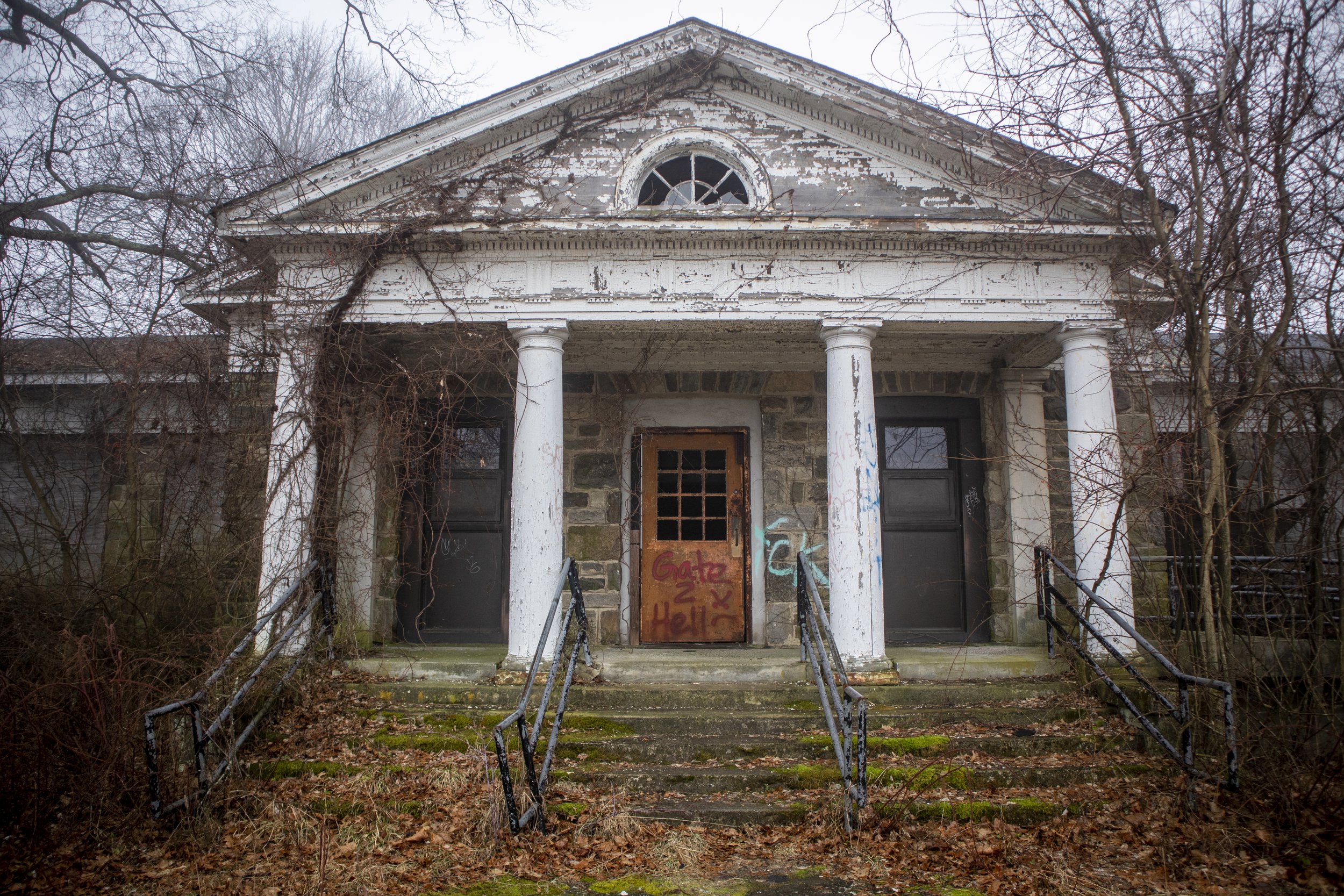

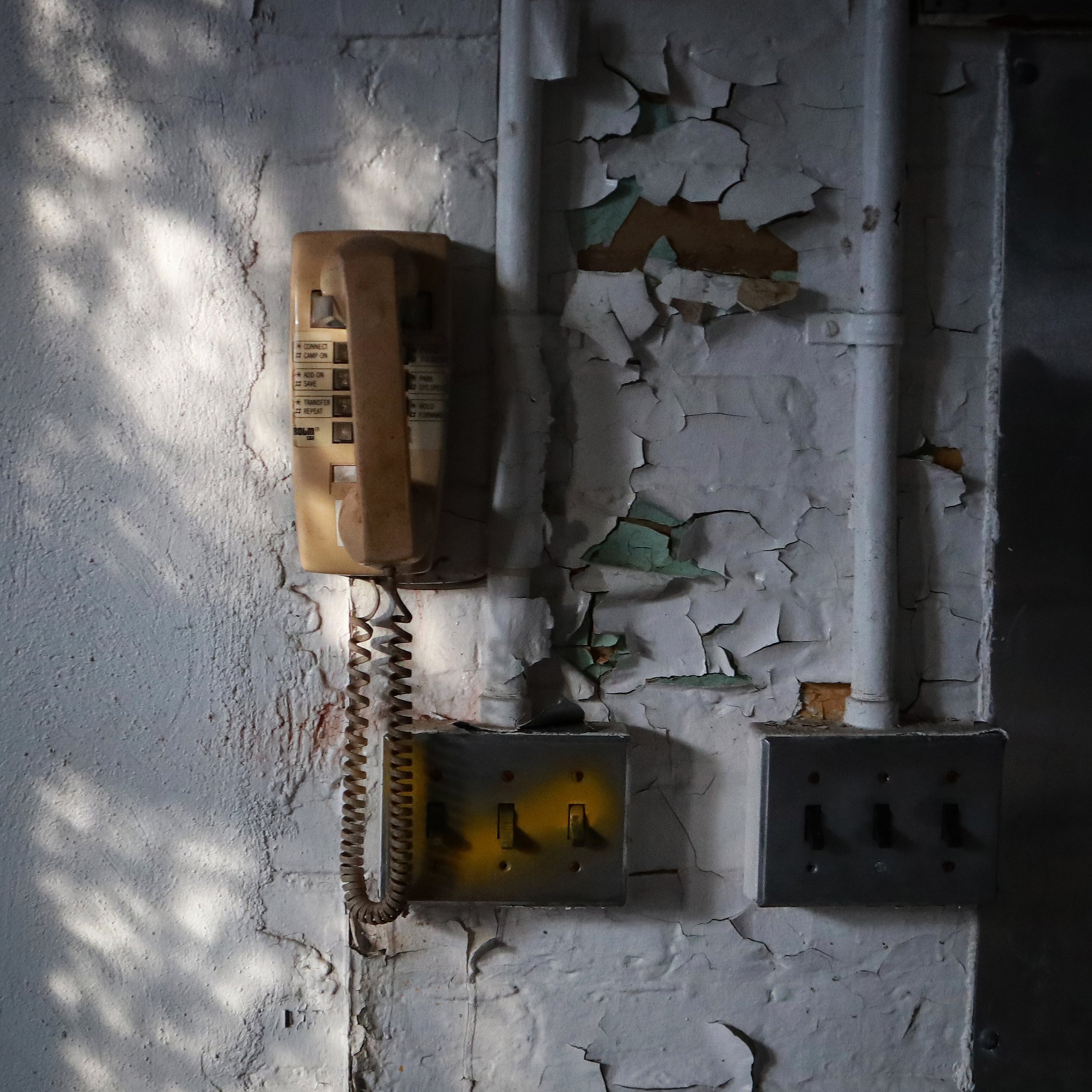
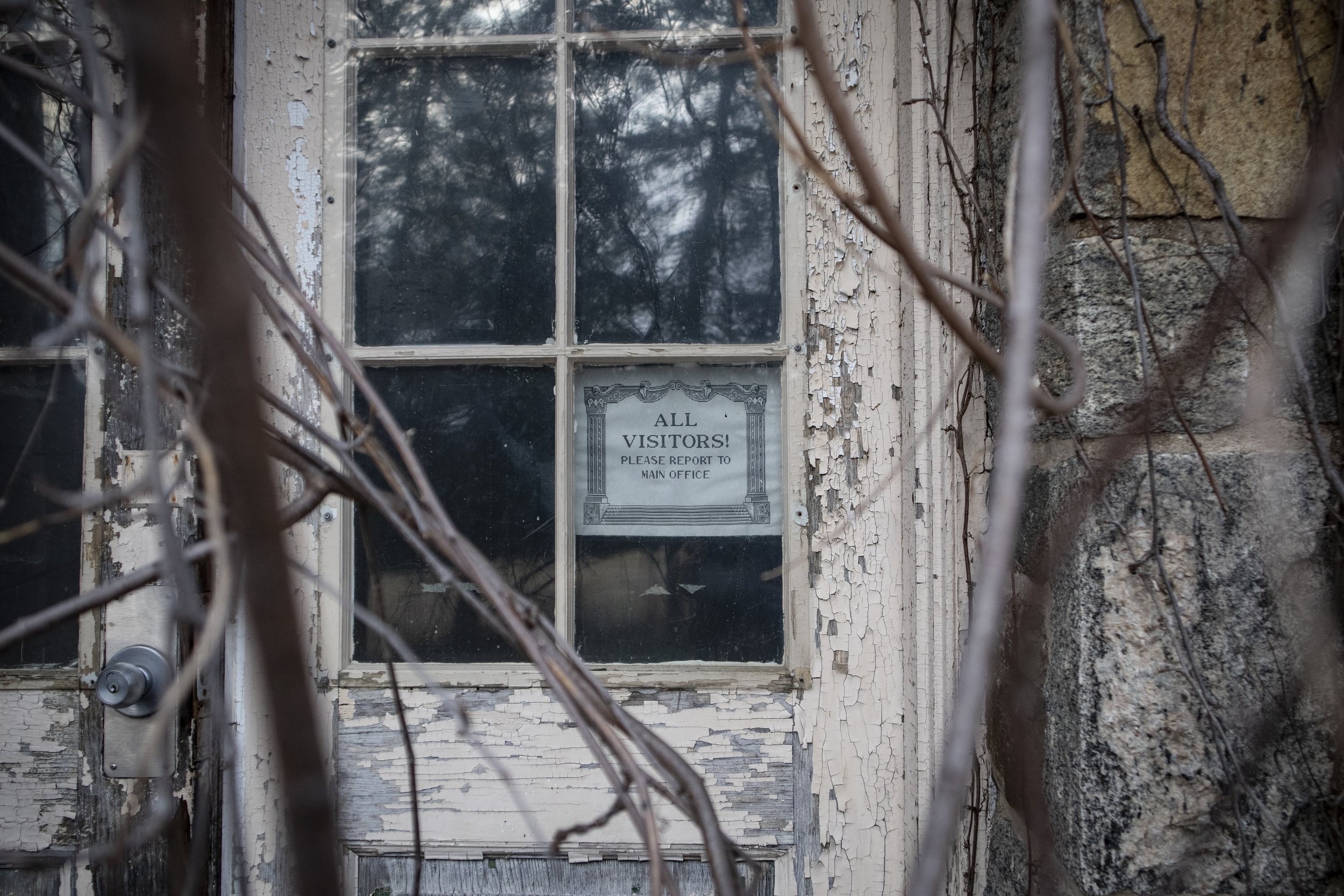
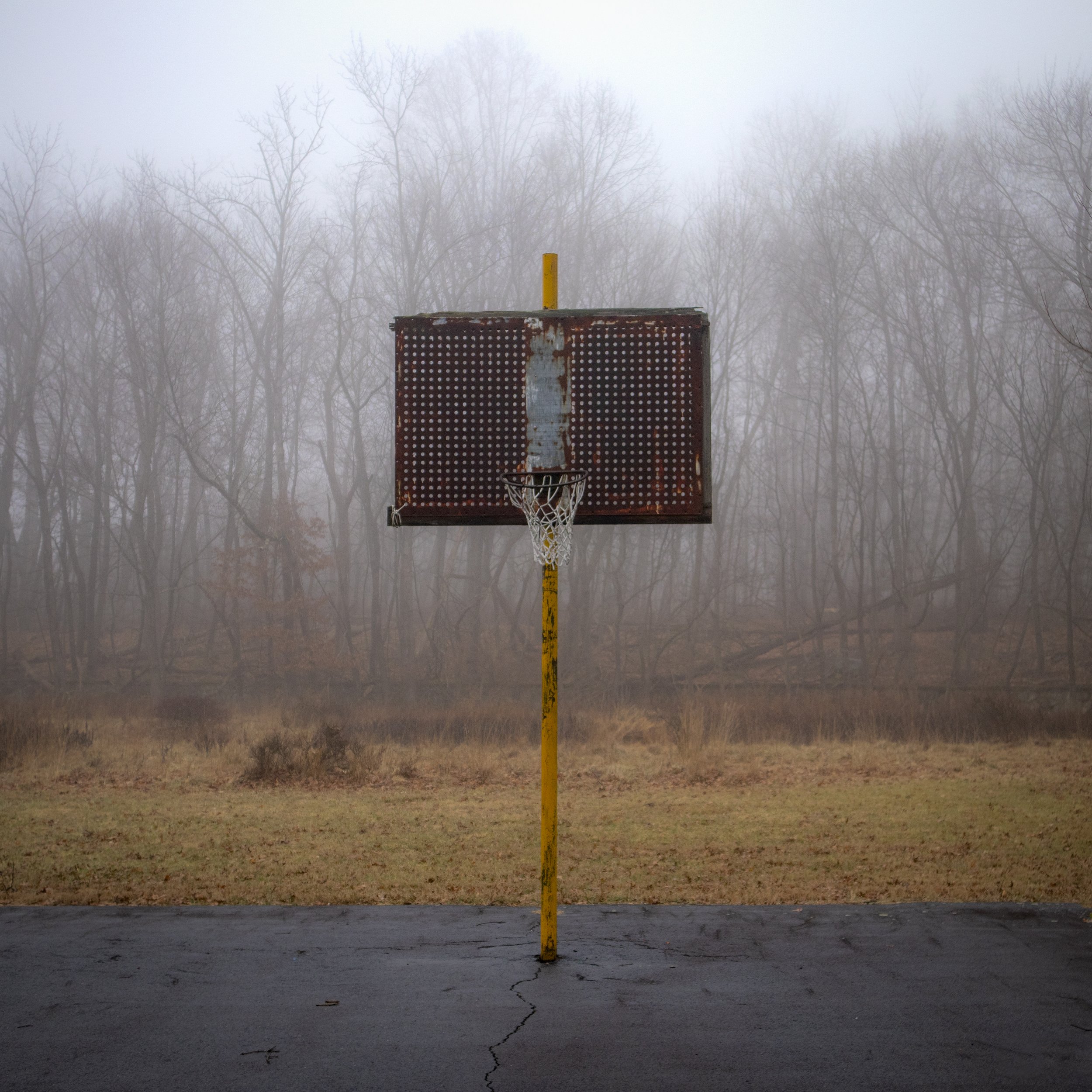
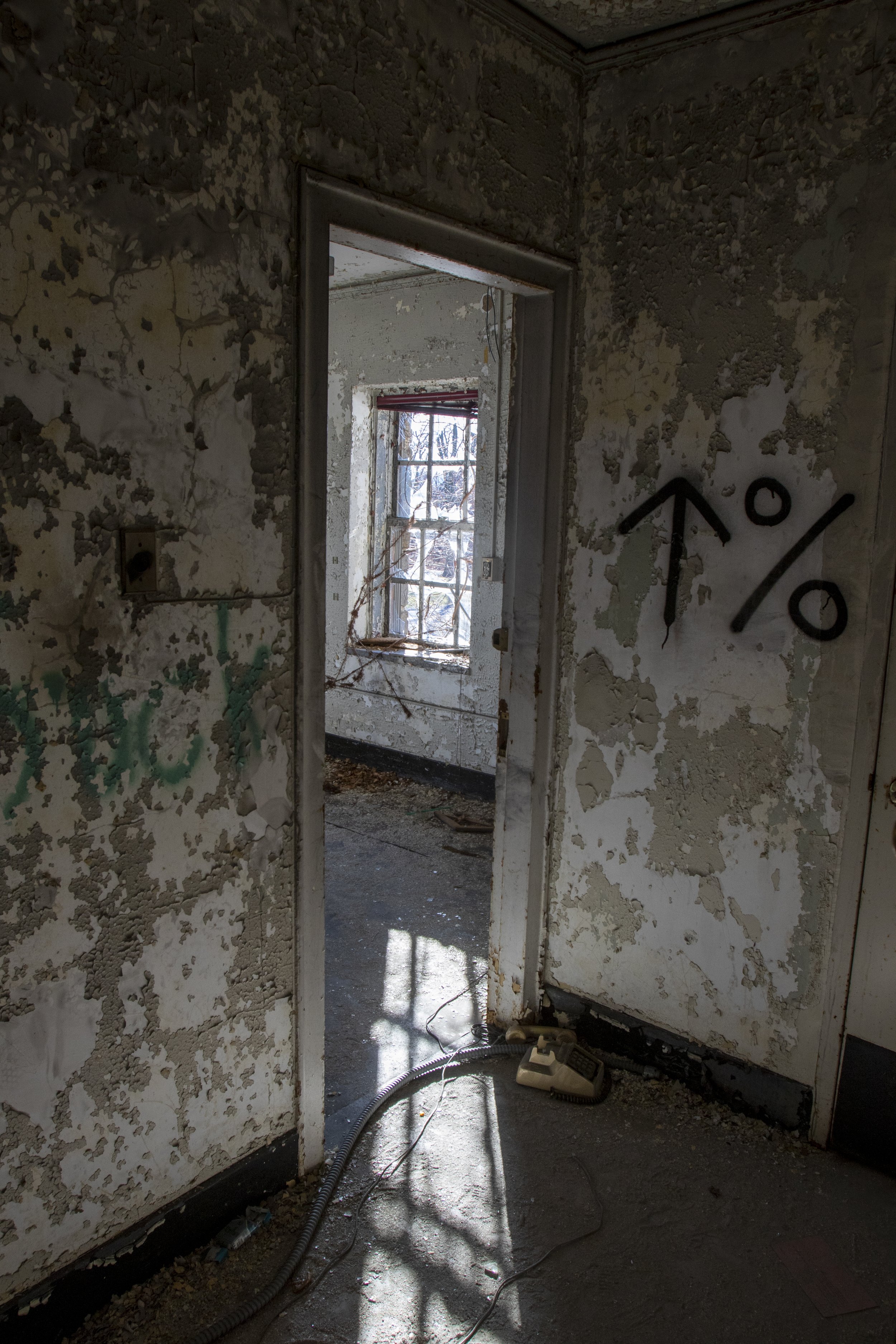
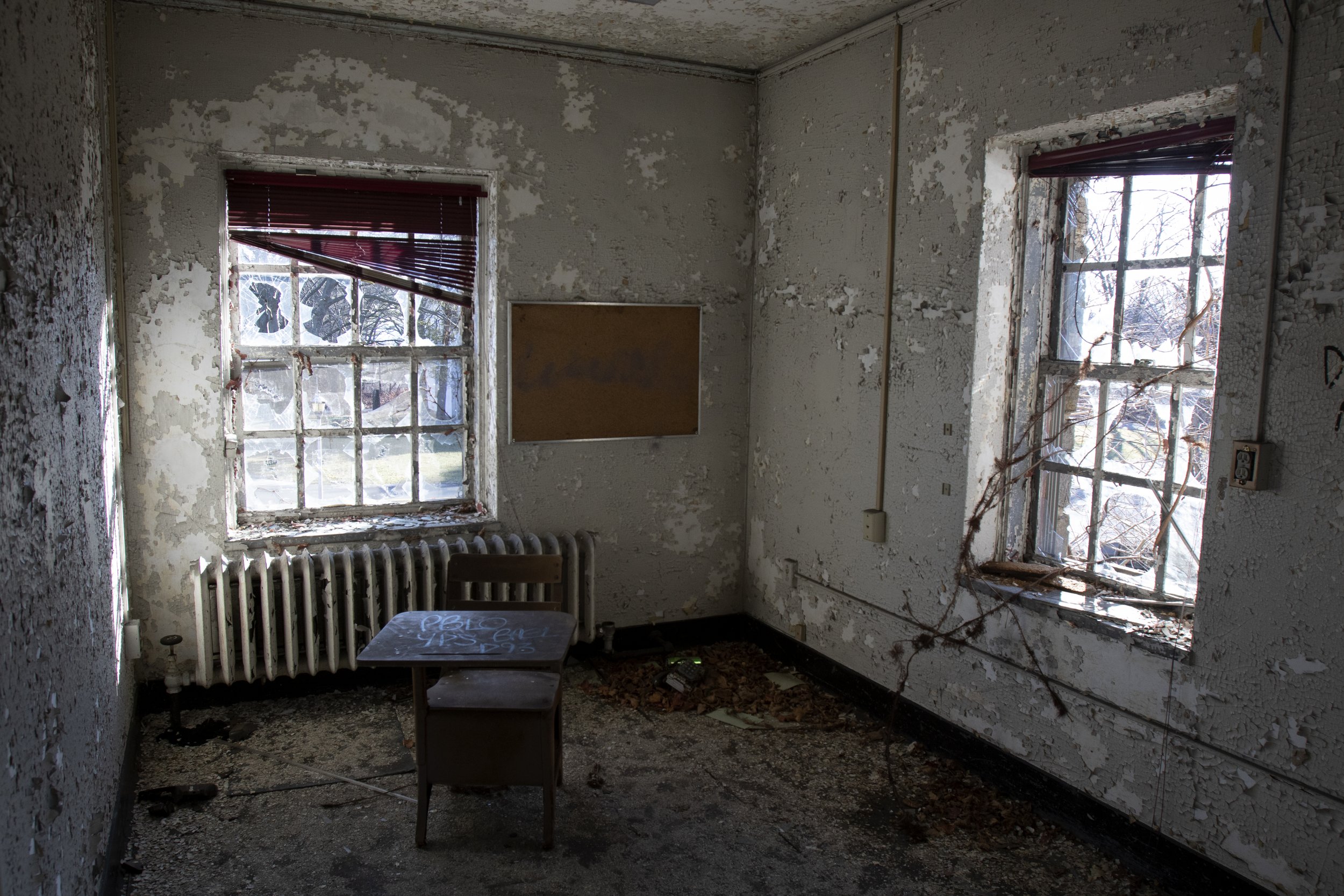
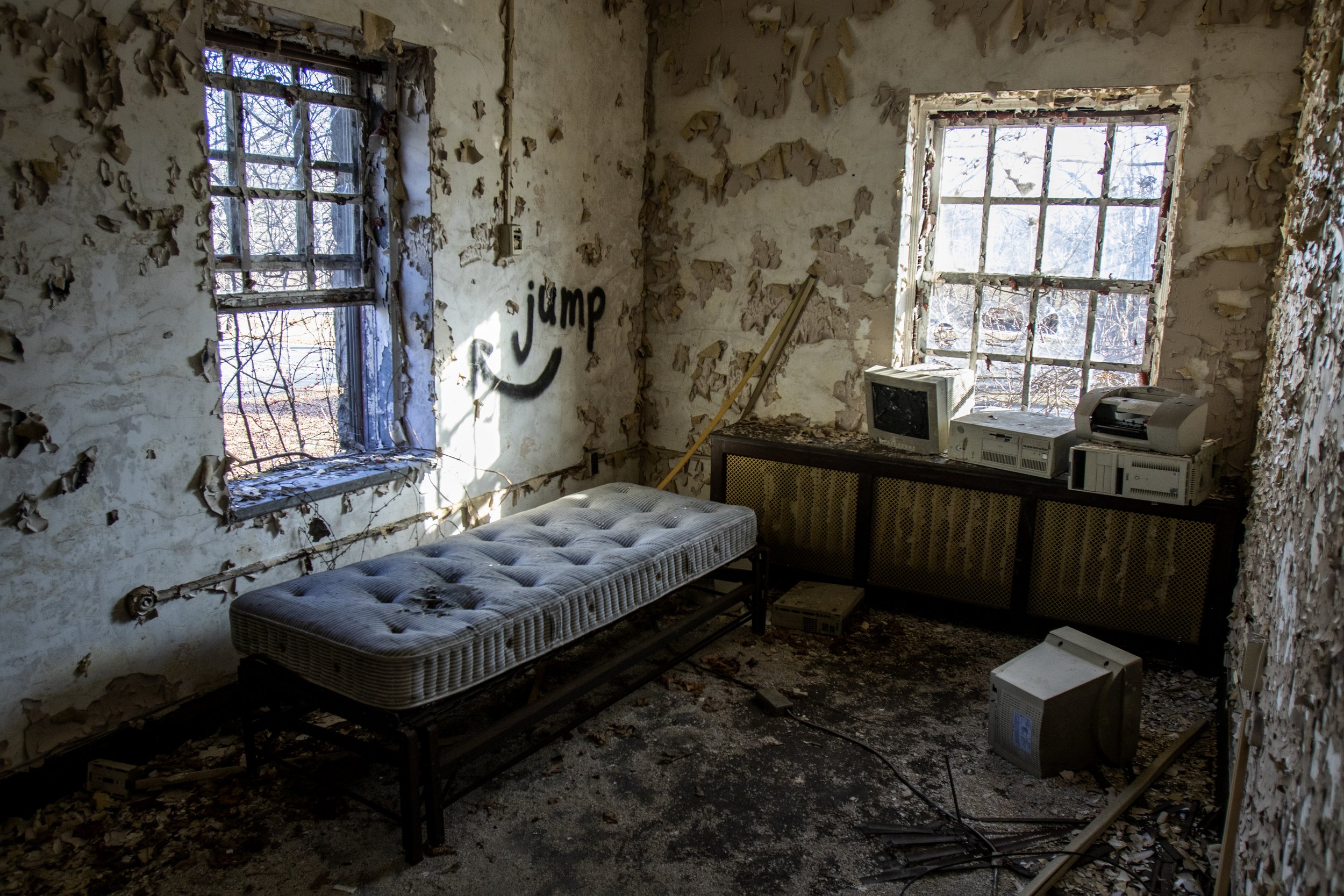
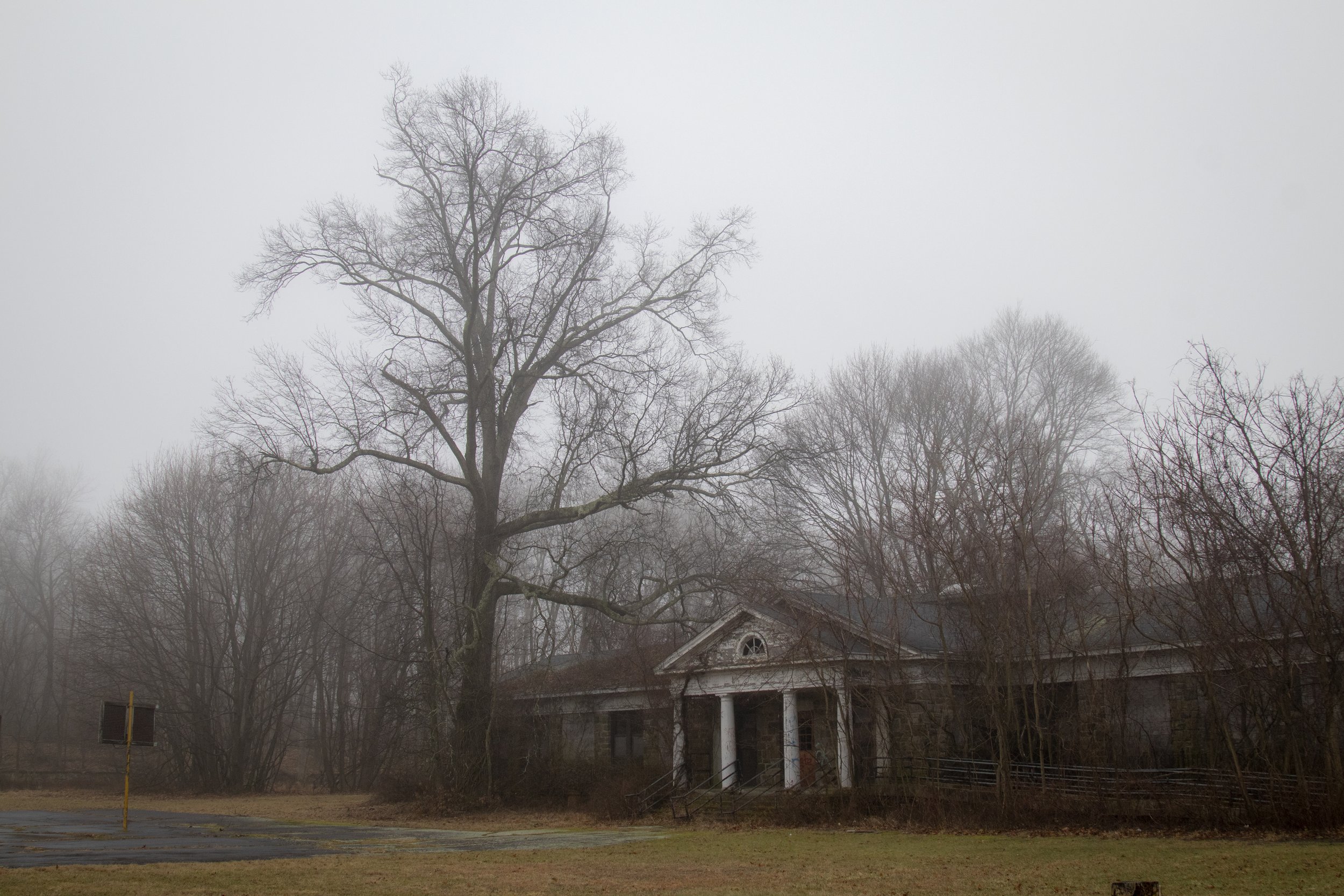
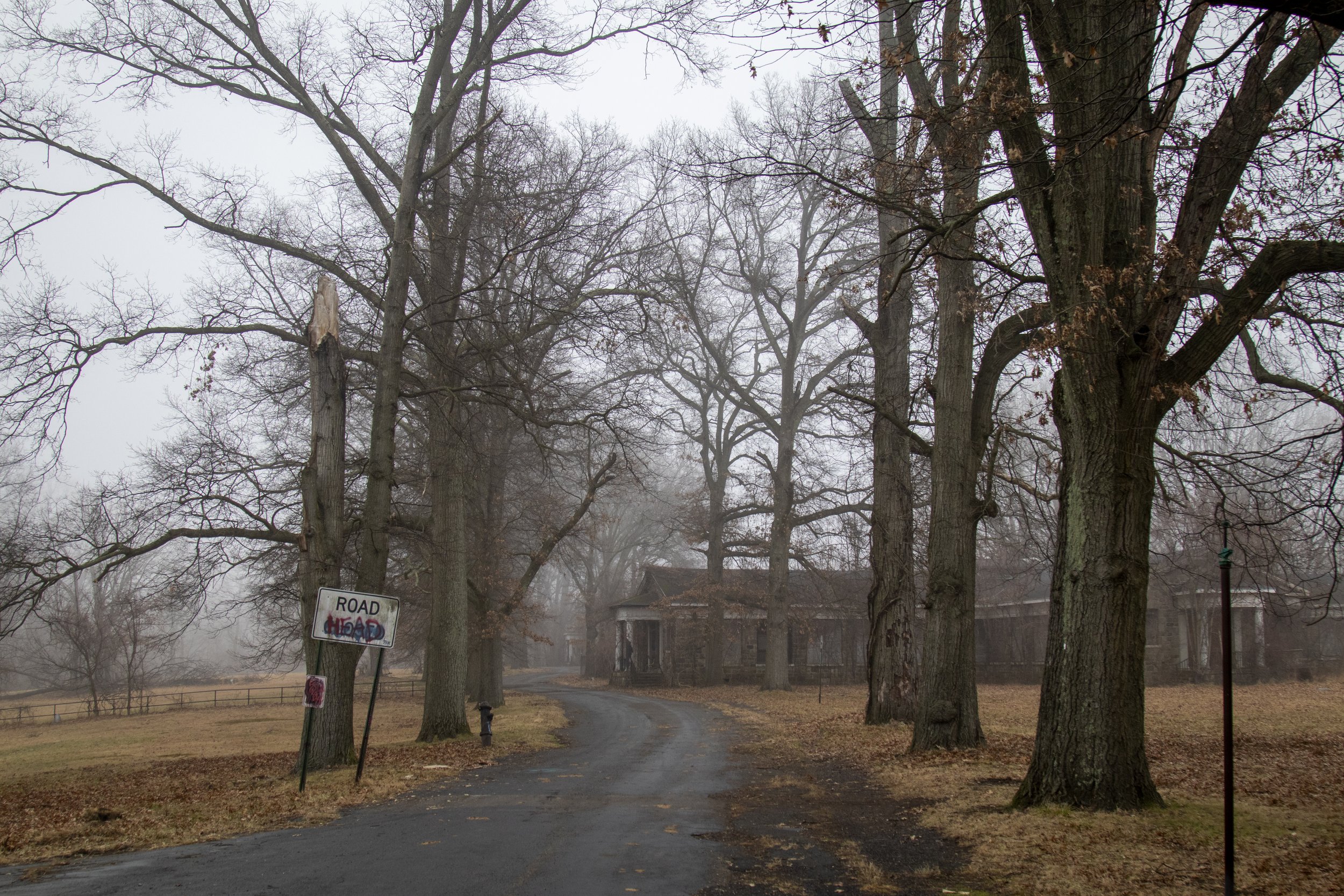
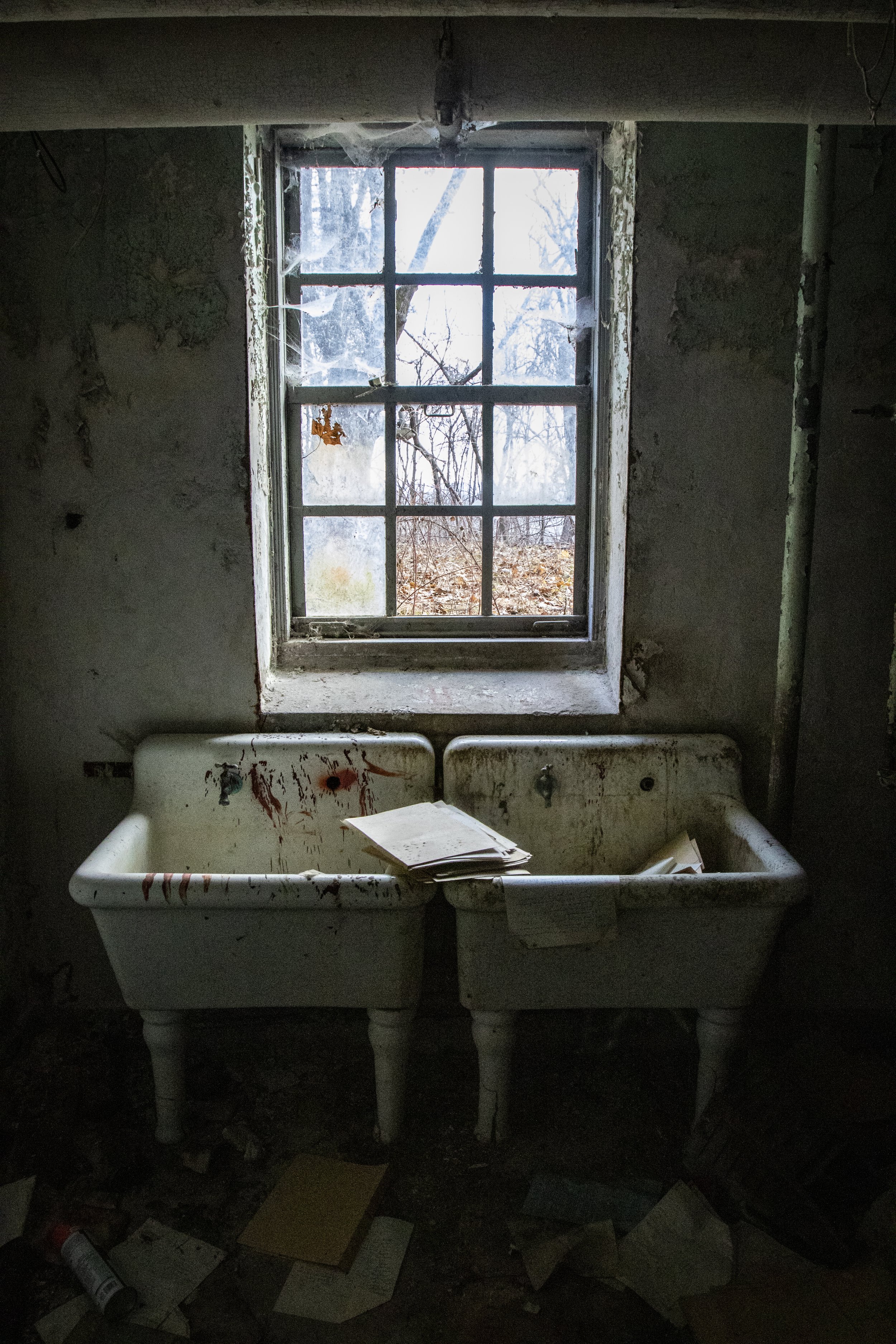
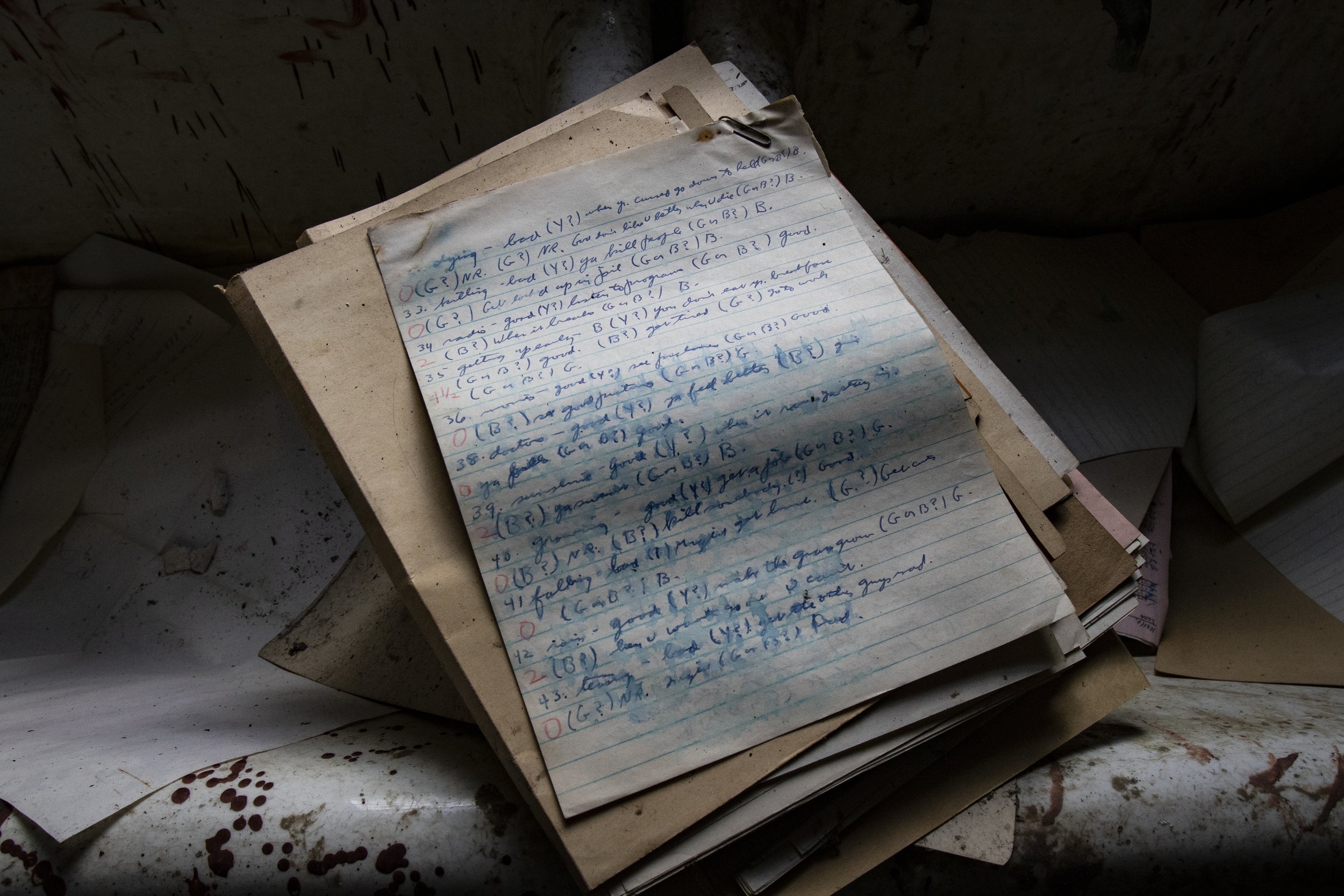
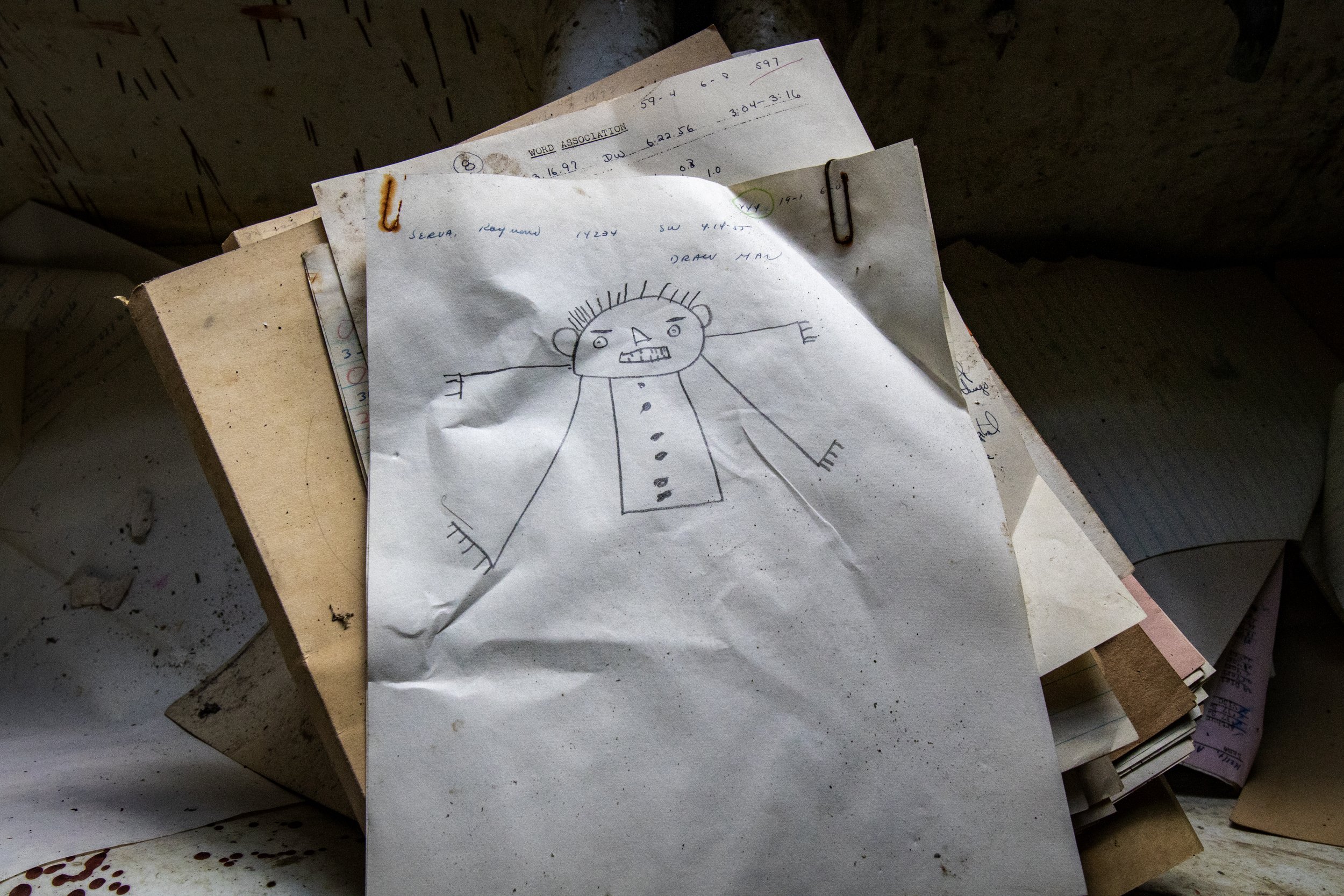
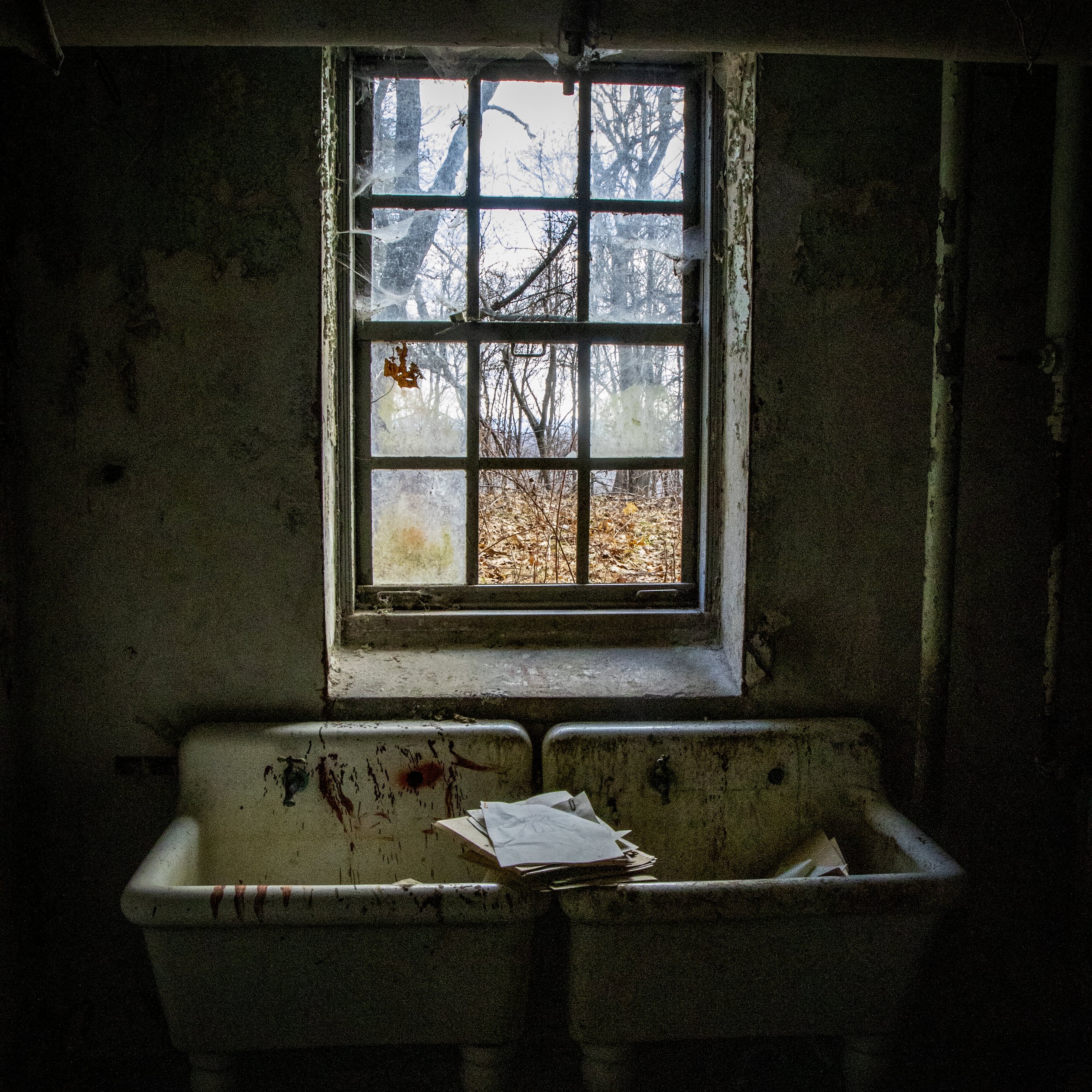

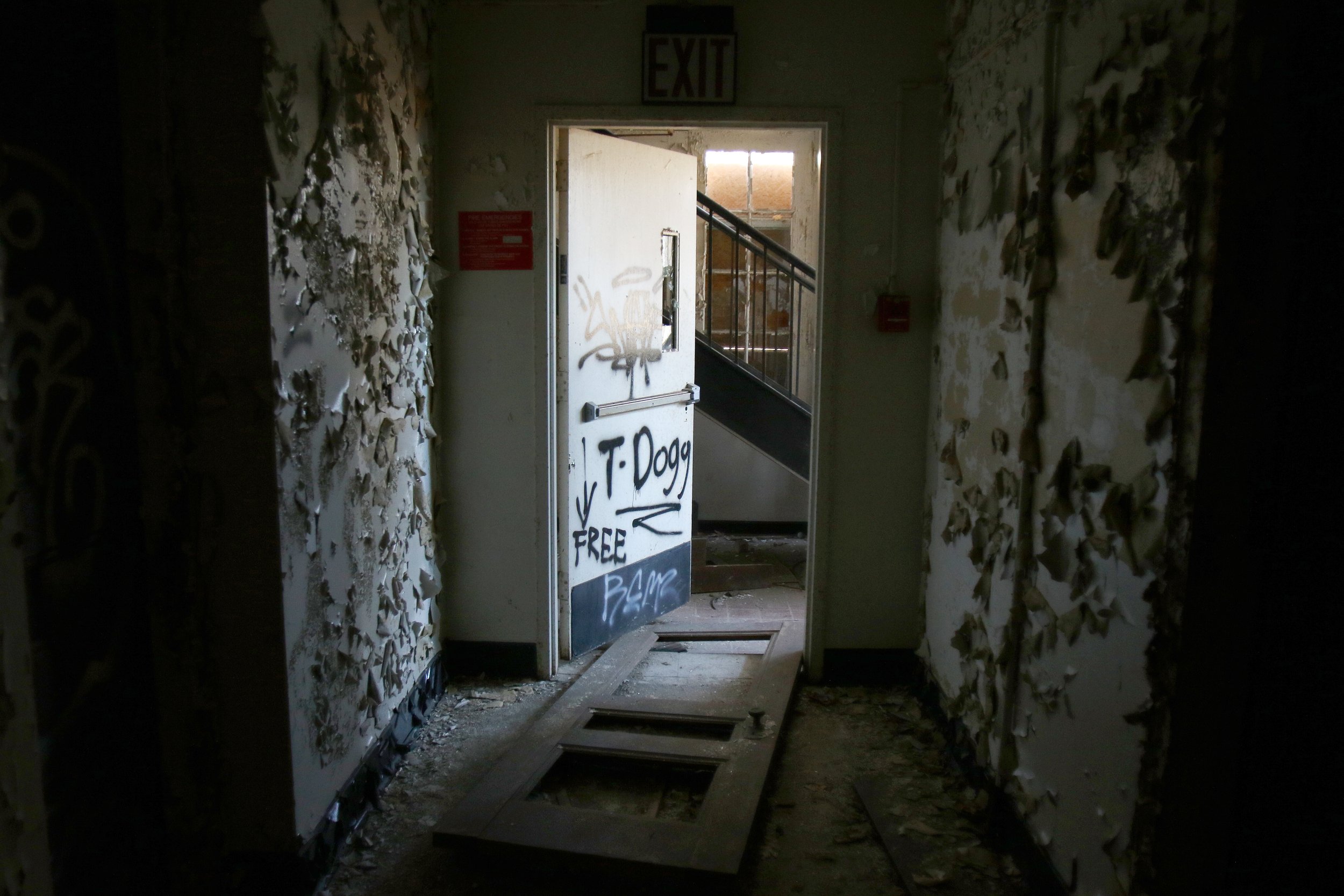
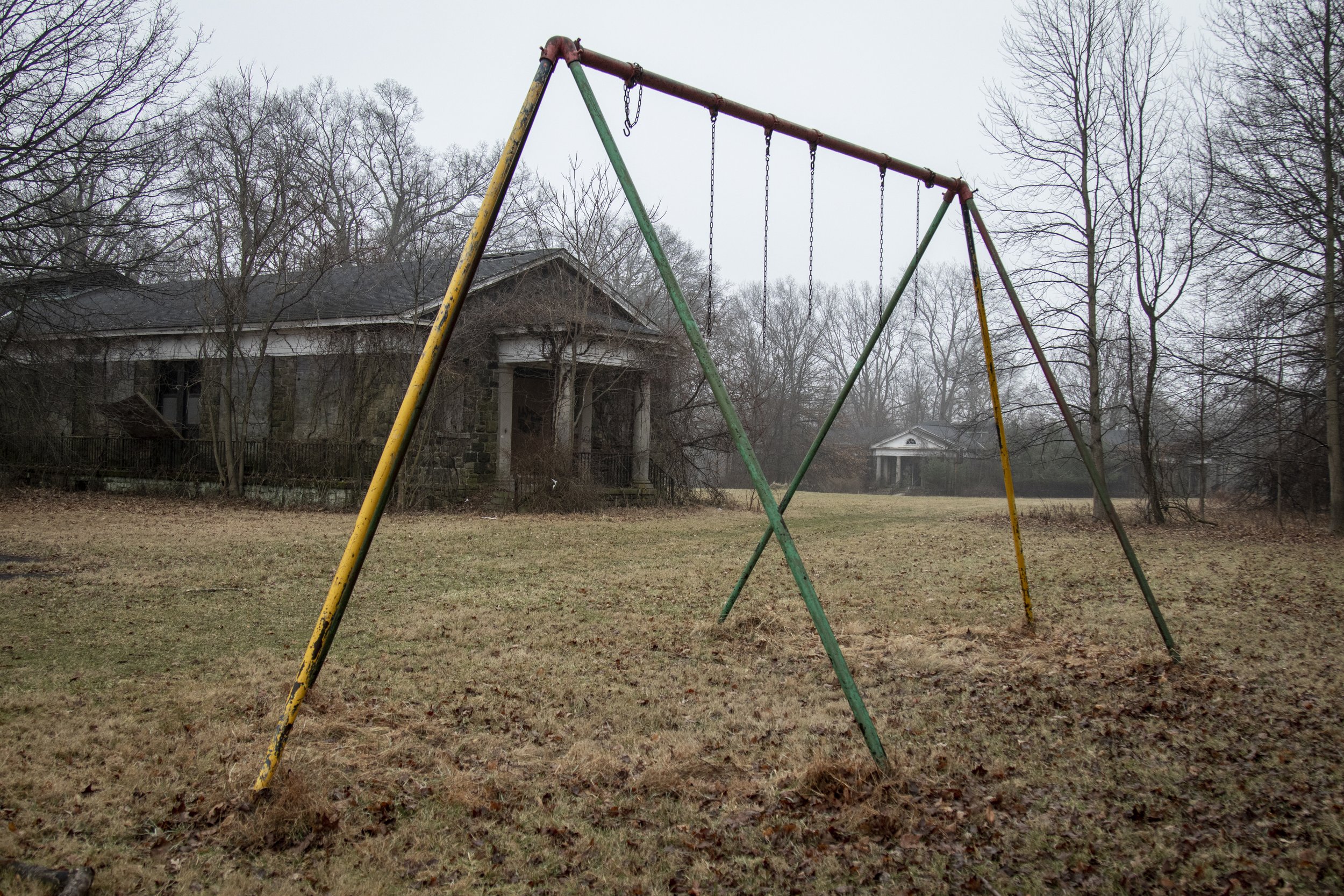
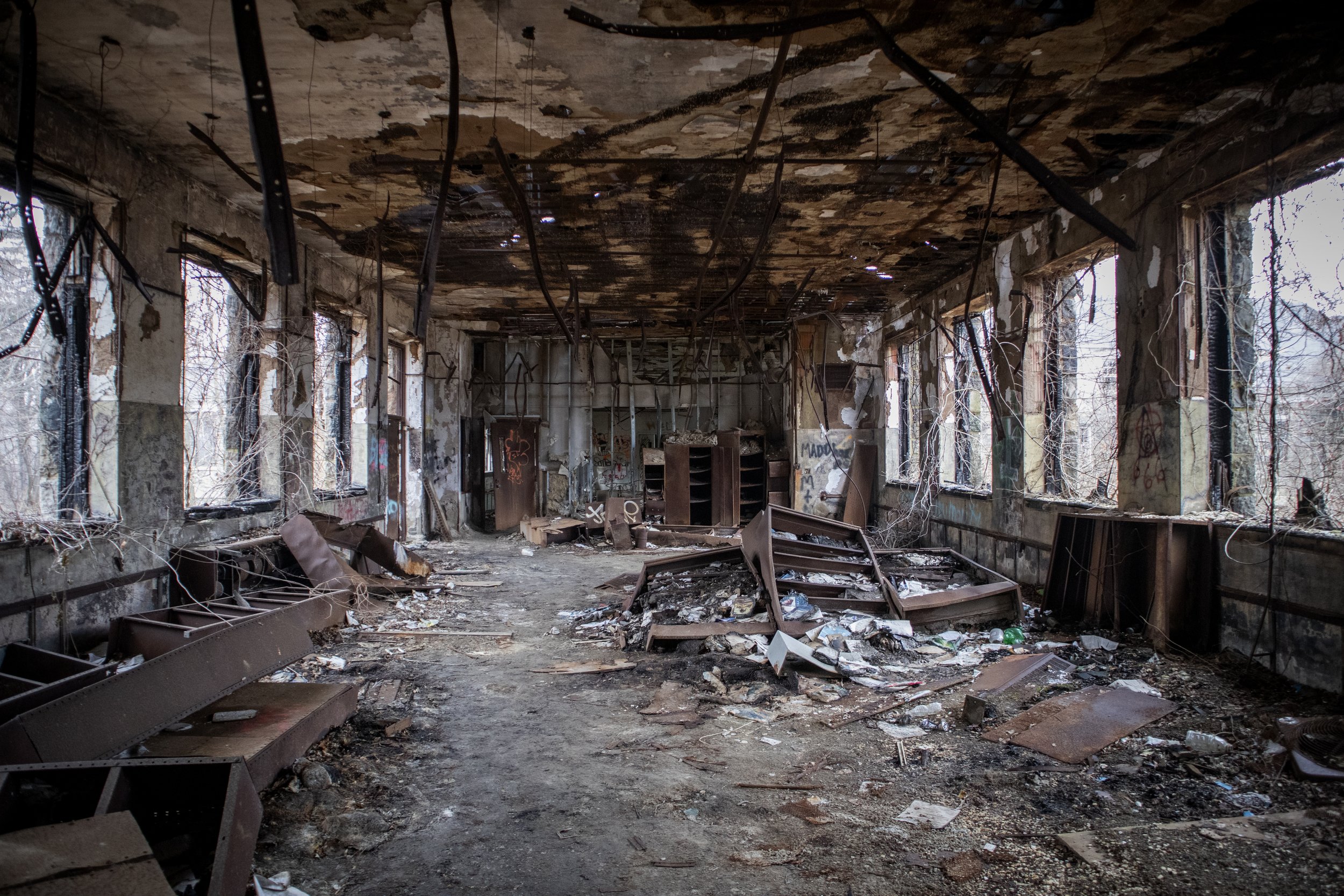
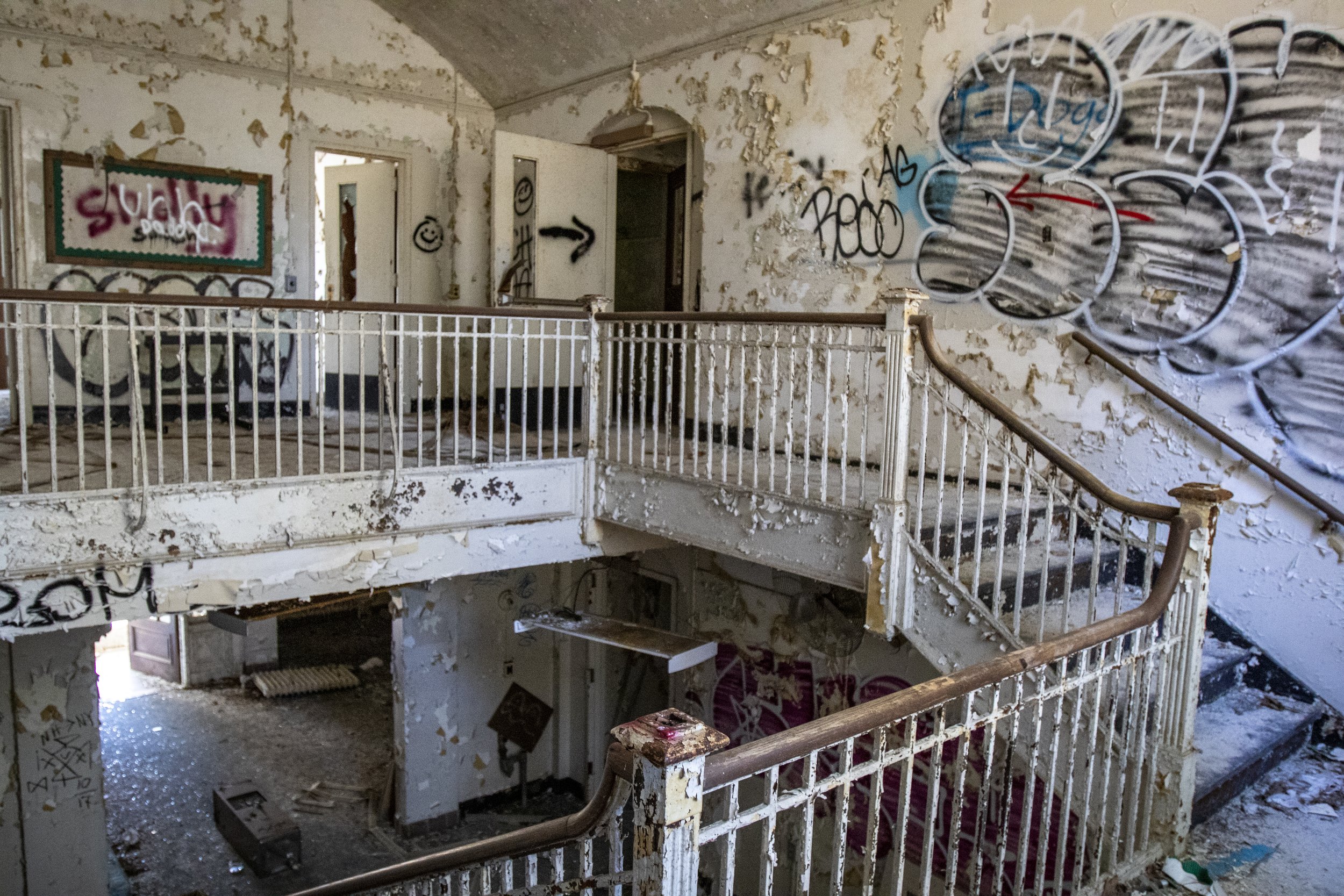
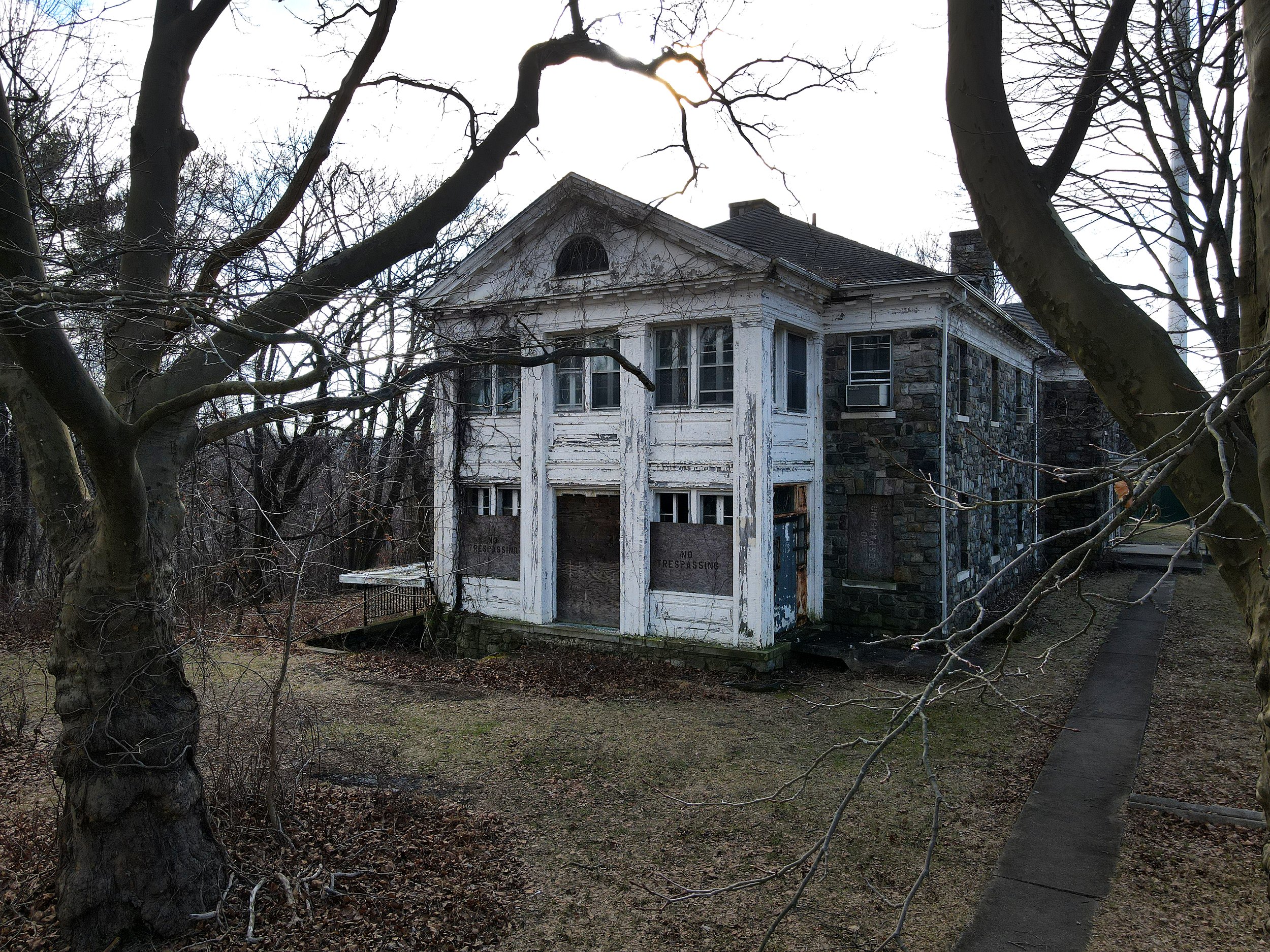
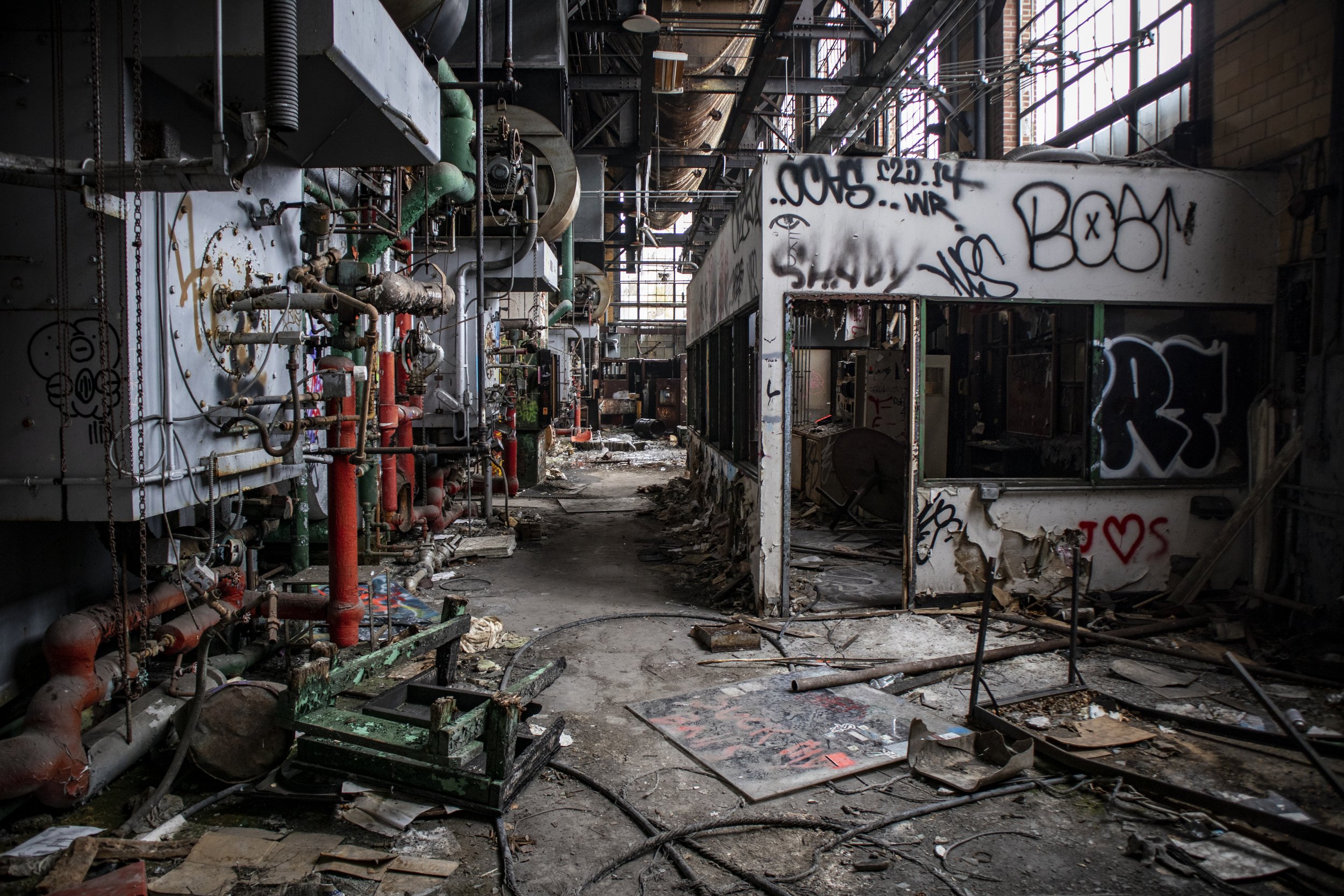
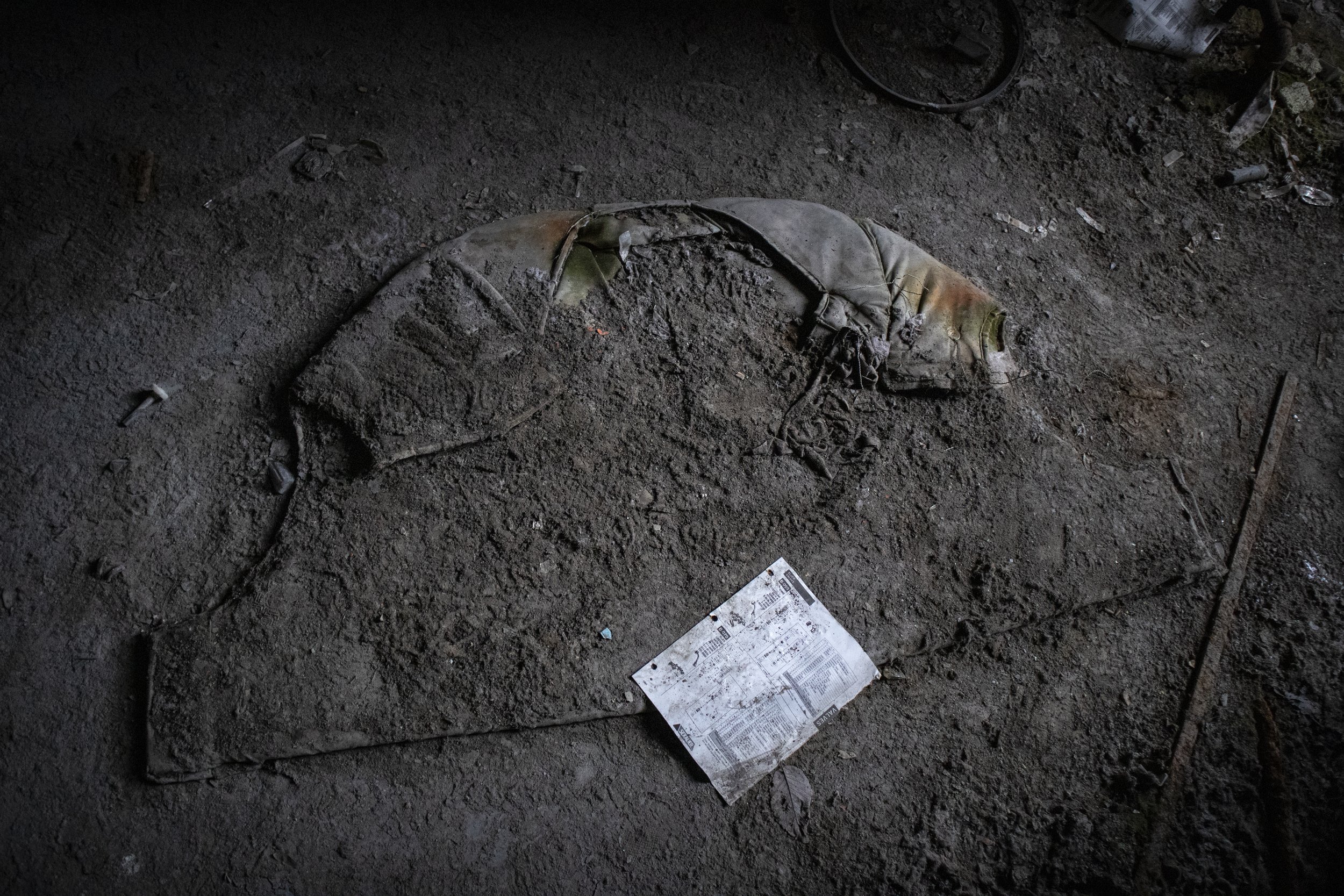
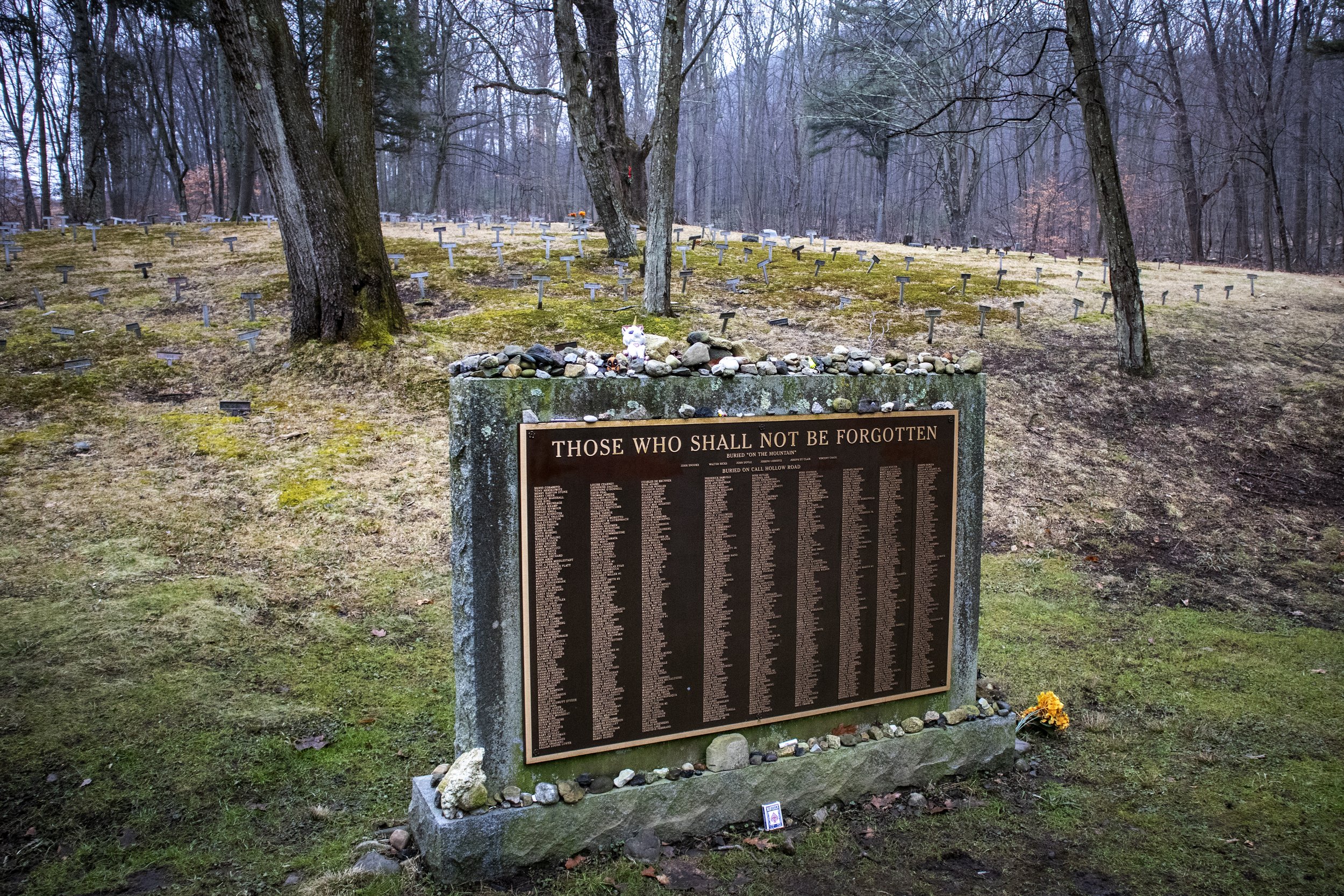
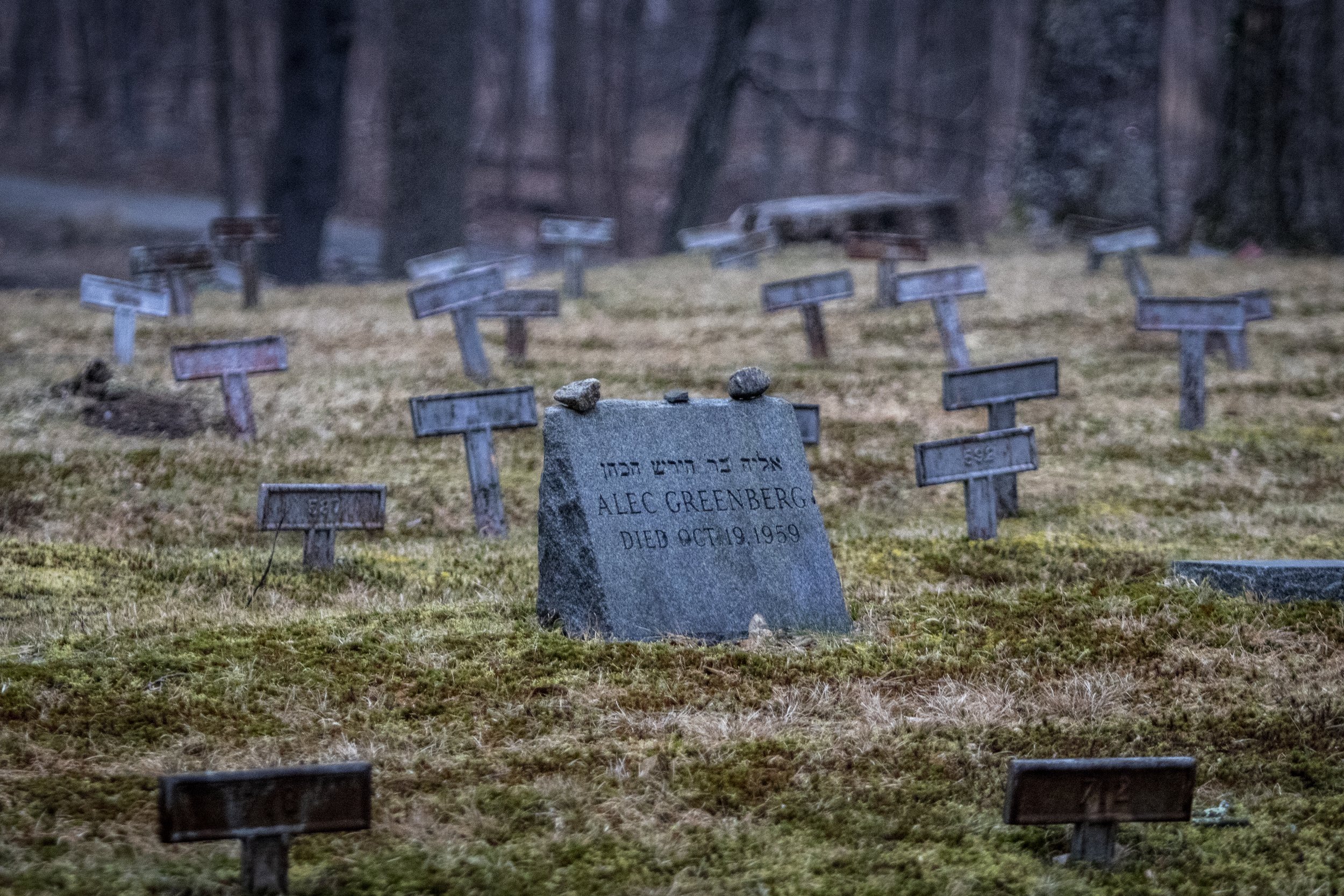
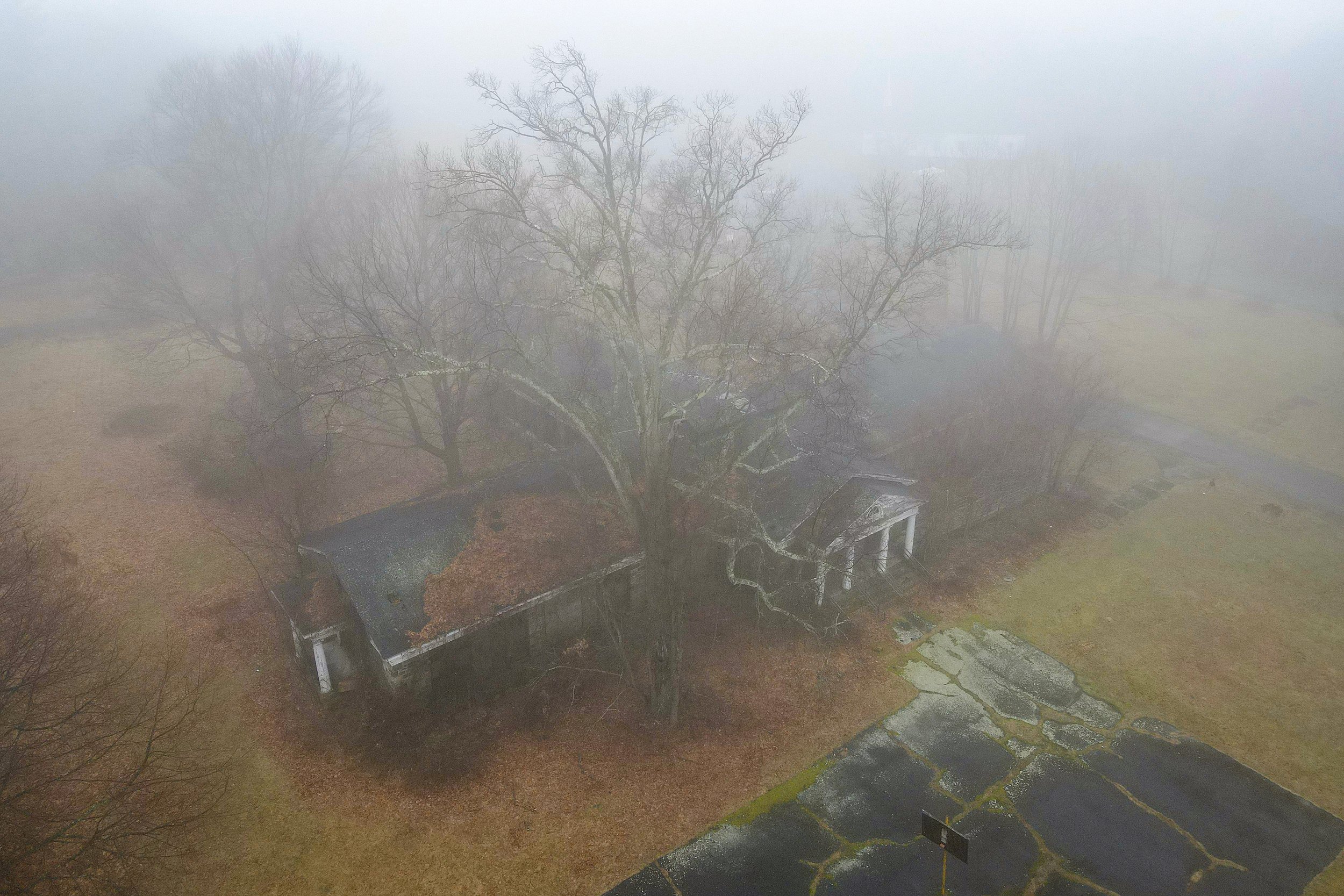

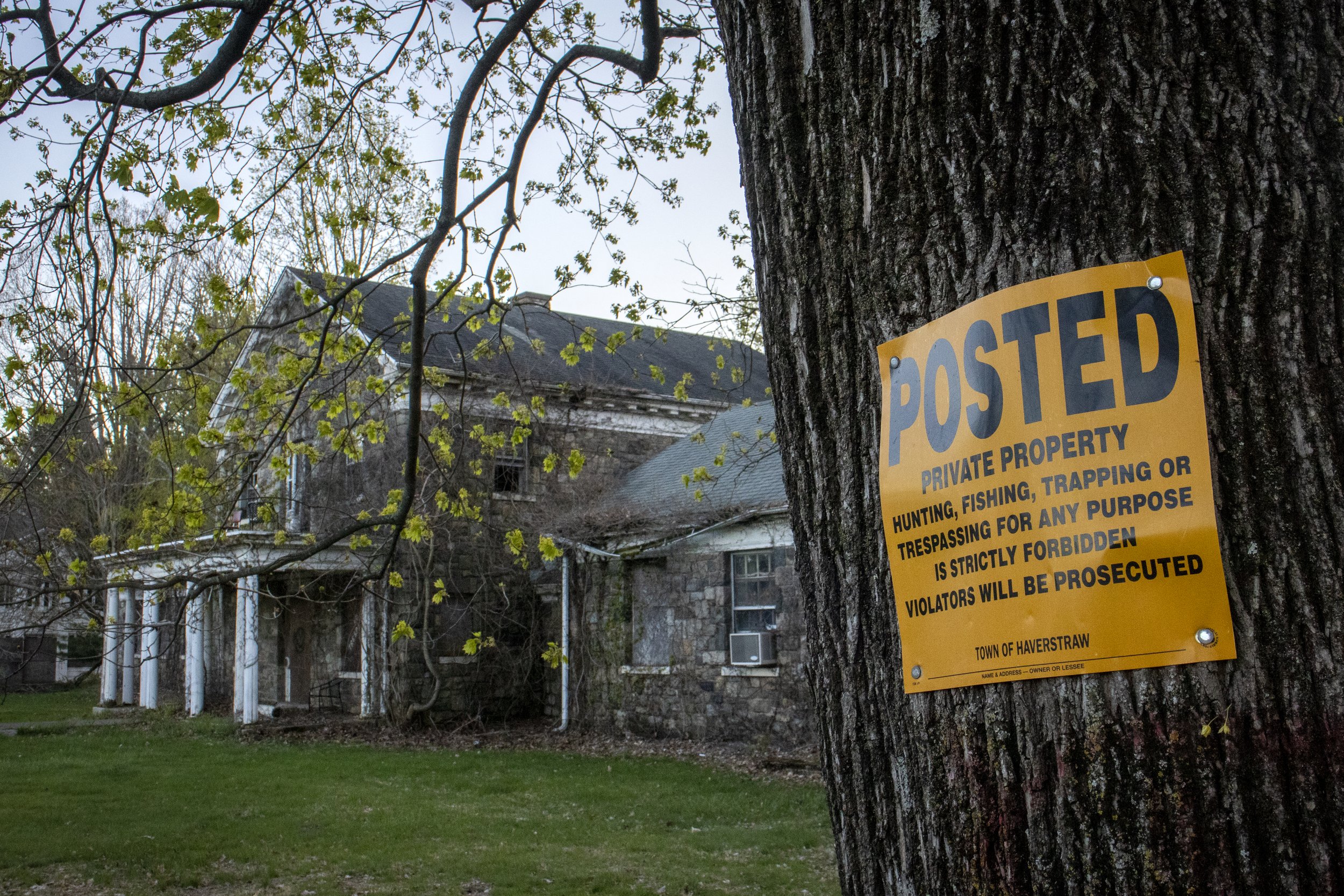
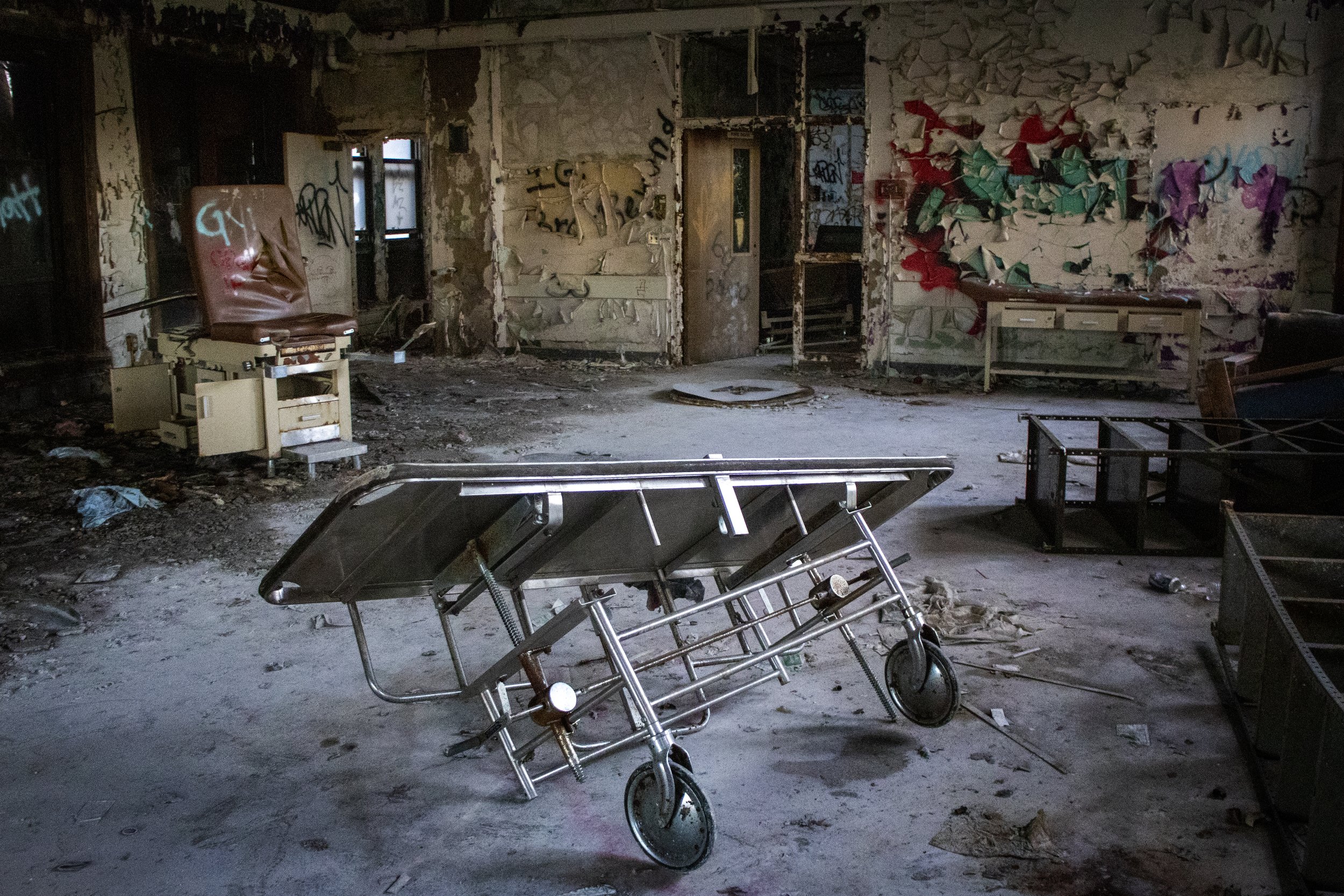
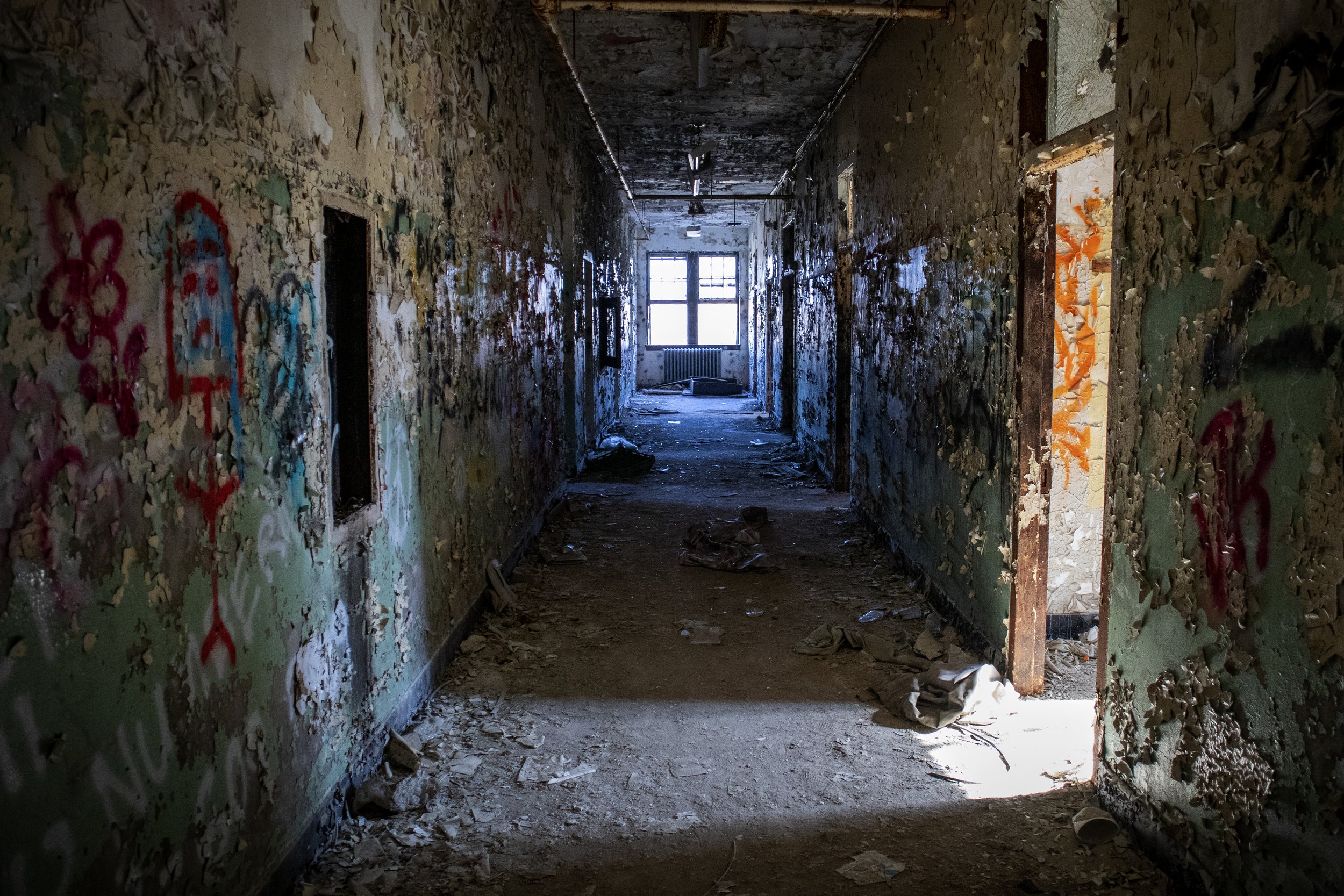
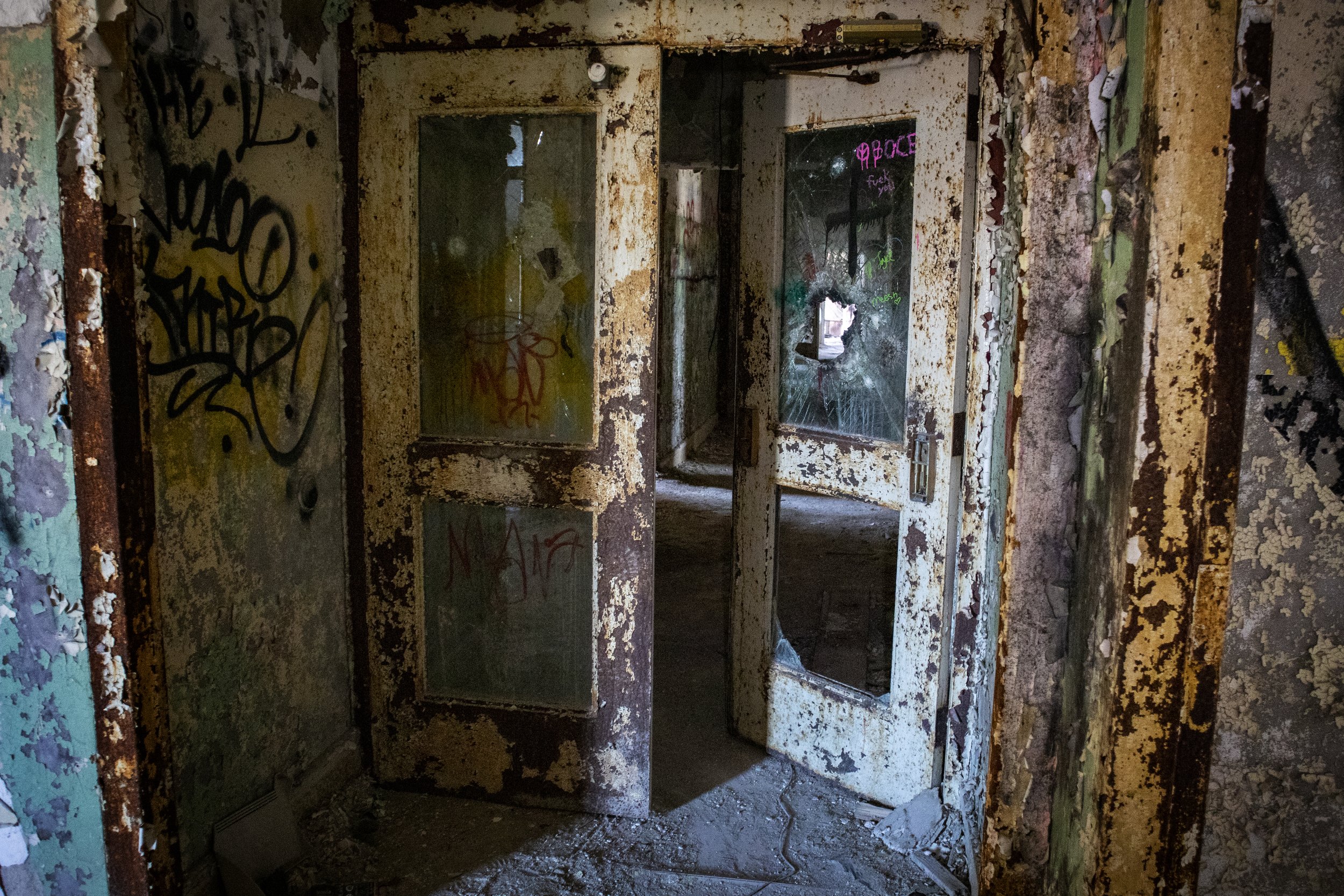
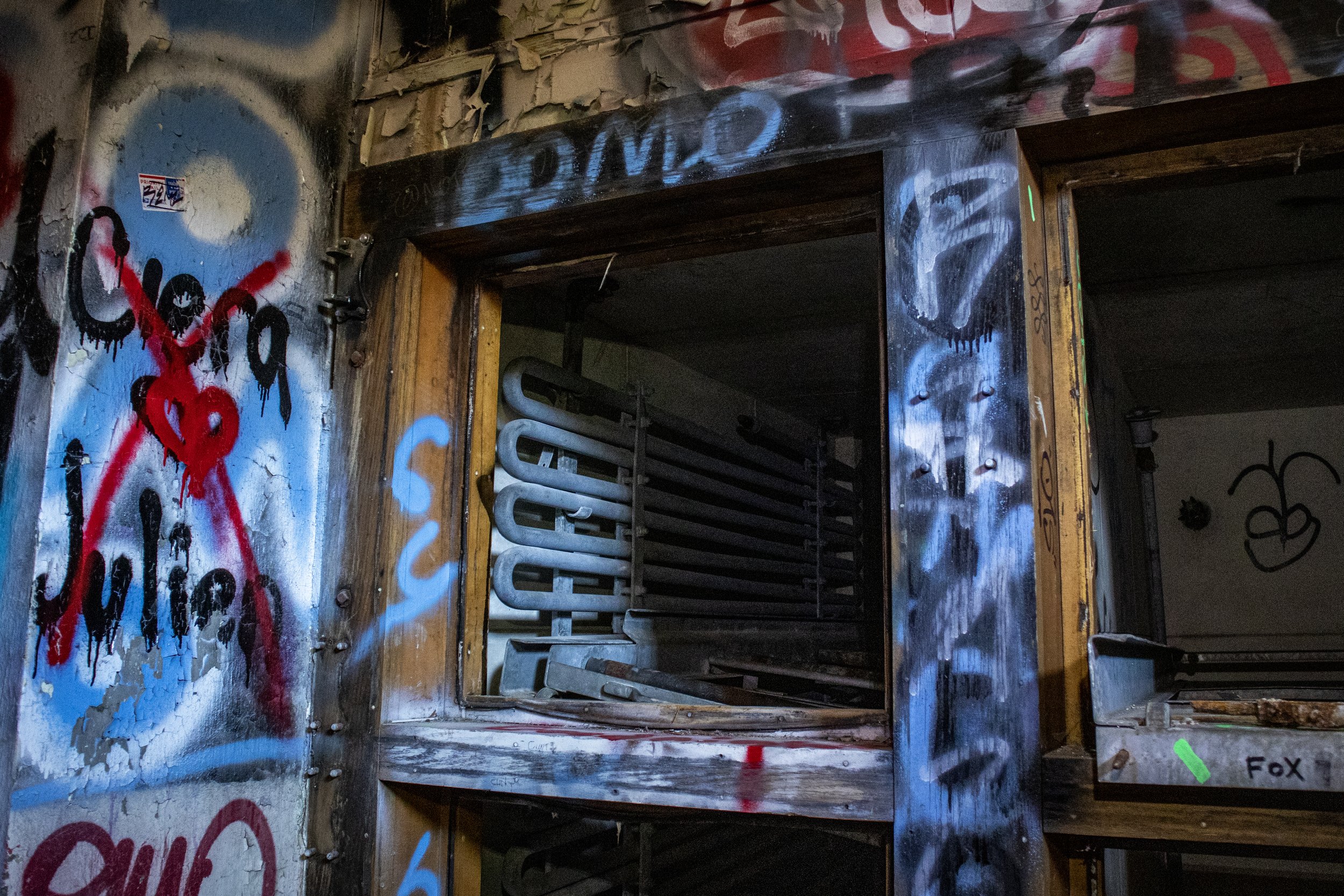


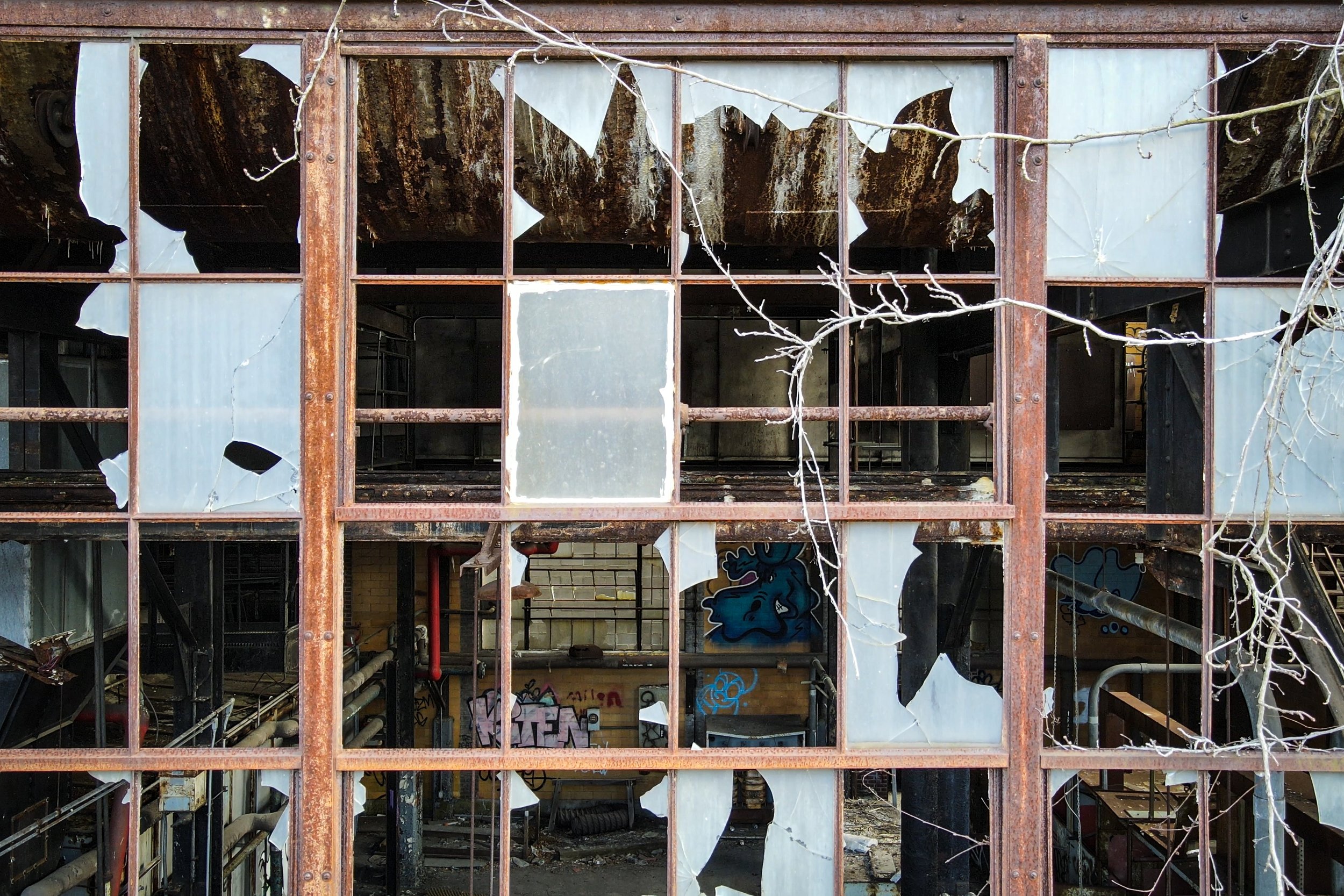
Iraqi community post 9/11
Exiles in paterson anxiously wait to reunite with loved ones as u.s. launches war with Iraq
In March 2003, eighteen months after 9/11, a U.S.-led coalition invaded Iraq, aiming to overthrow the Saddam Hussein government. The invasion lasted just over a month, officially ending on May 1. U.S. military forces remained in Iraq until 2011, with the war's rationale primarily based on Iraq's alleged possession of weapons of mass destruction and its perceived threat to the United States and its allies. South Paterson, often called Little Ramallah or Little Istanbul due to its large Arab and Turkish community, is home to an estimated Muslim population of over 30,000 people, including many Iraqi nationals. As the 2003 war unfolded, Paterson's Iraqi residents closely followed the news. Some worried about family members back home, while others, like exile Jabbar Alroumi, hoped for a post-Saddam government that would allow them to return to their homeland. Alroumi, residing in Paterson with fellow Iraqis he met, dreams of marrying his fiancée, Hadeer, in Basra. He saves money from his job pumping gas to facilitate his return home after the war. In South Paterson's Jerusalem Café, where Arabic is the predominant language, Alroumi watches Al-Jazeera, envisioning a new life with Hadeer. Despite feeling safe in Paterson's familiar Arab atmosphere, many Iraqi exiles feared arrest and surveillance by authorities. After 9/11, South Paterson experienced increased anti-Muslim harassment, with the FBI receiving numerous tips. This resulted in nationwide detentions, including 491 individuals in the New York area, with some housed at the Passaic County jail in Paterson.
